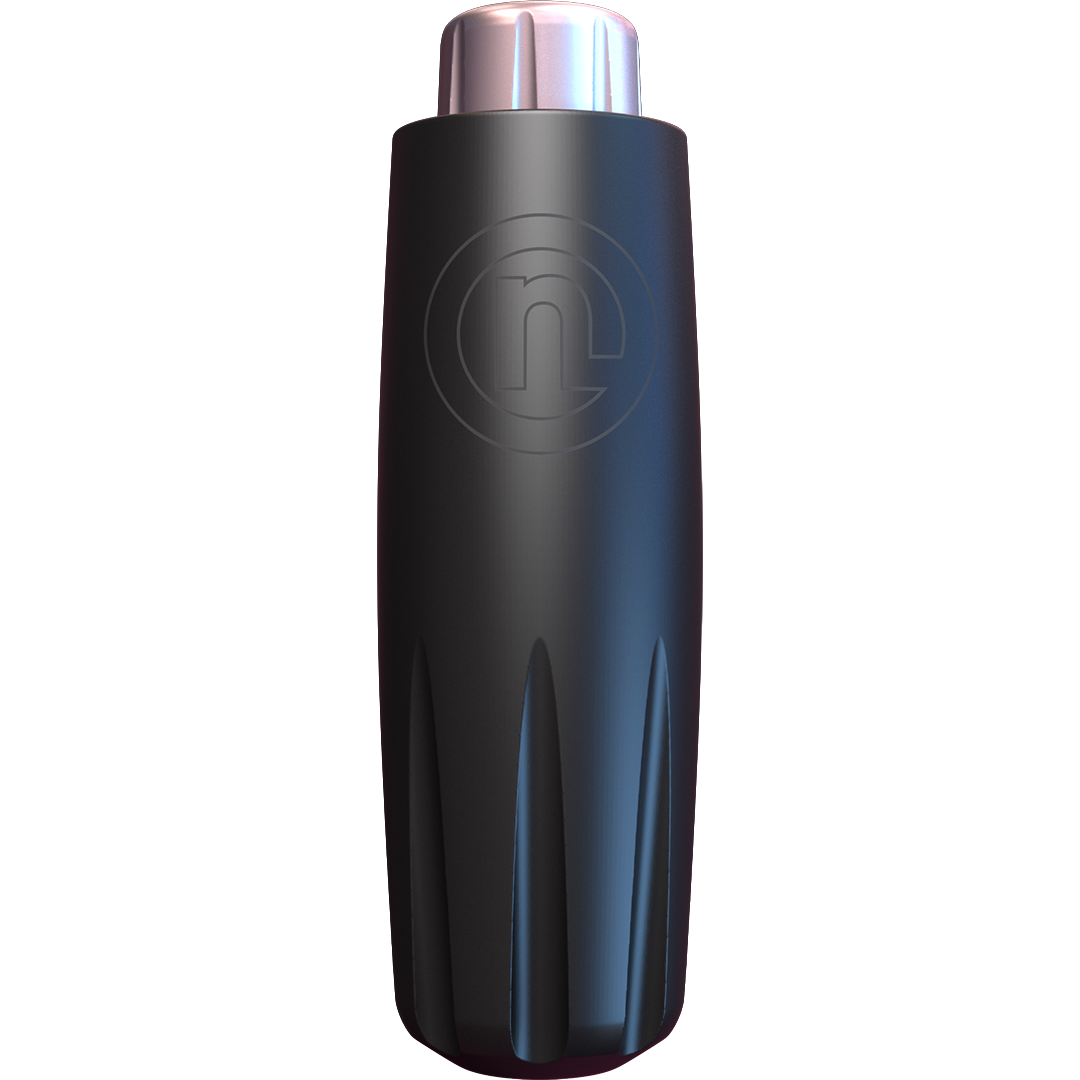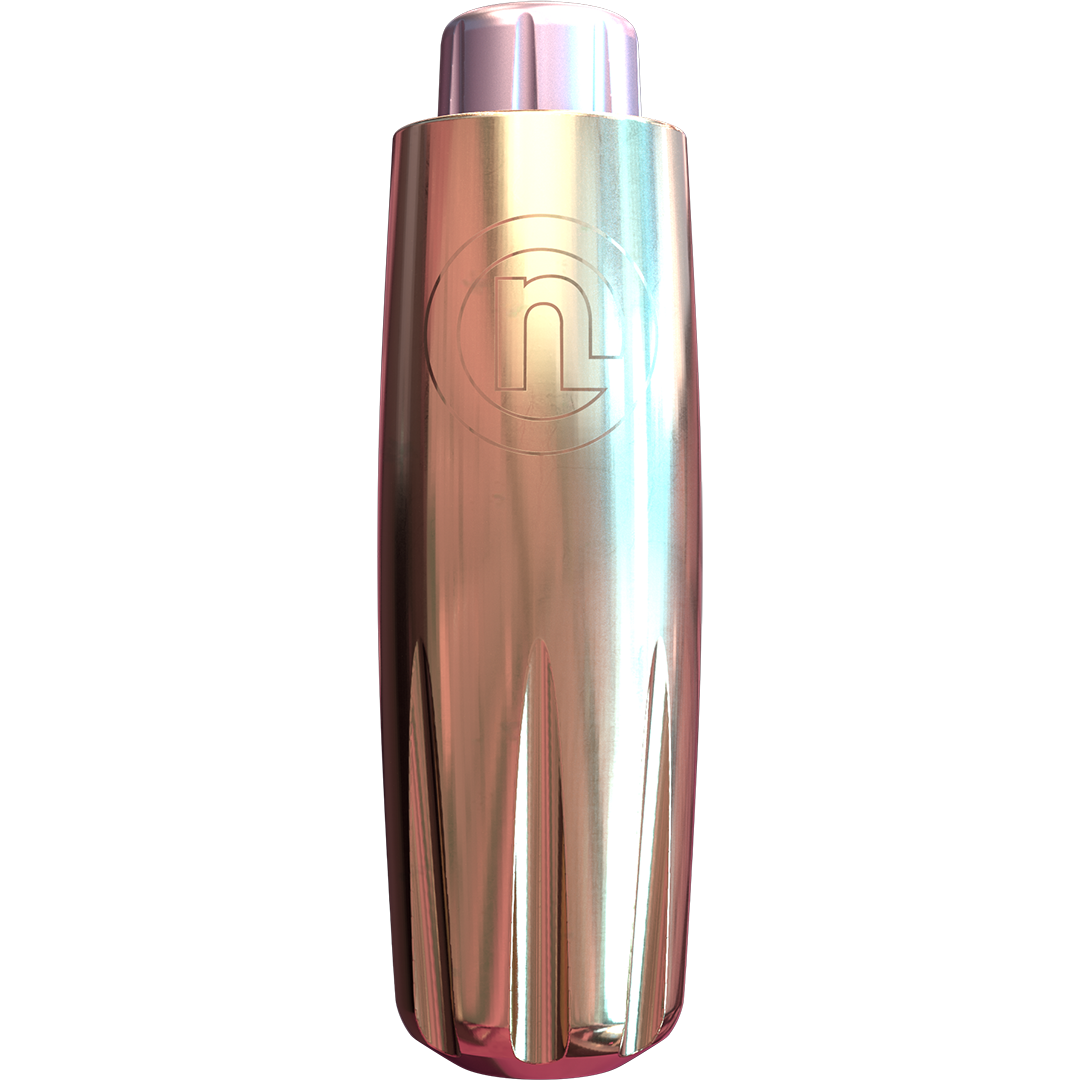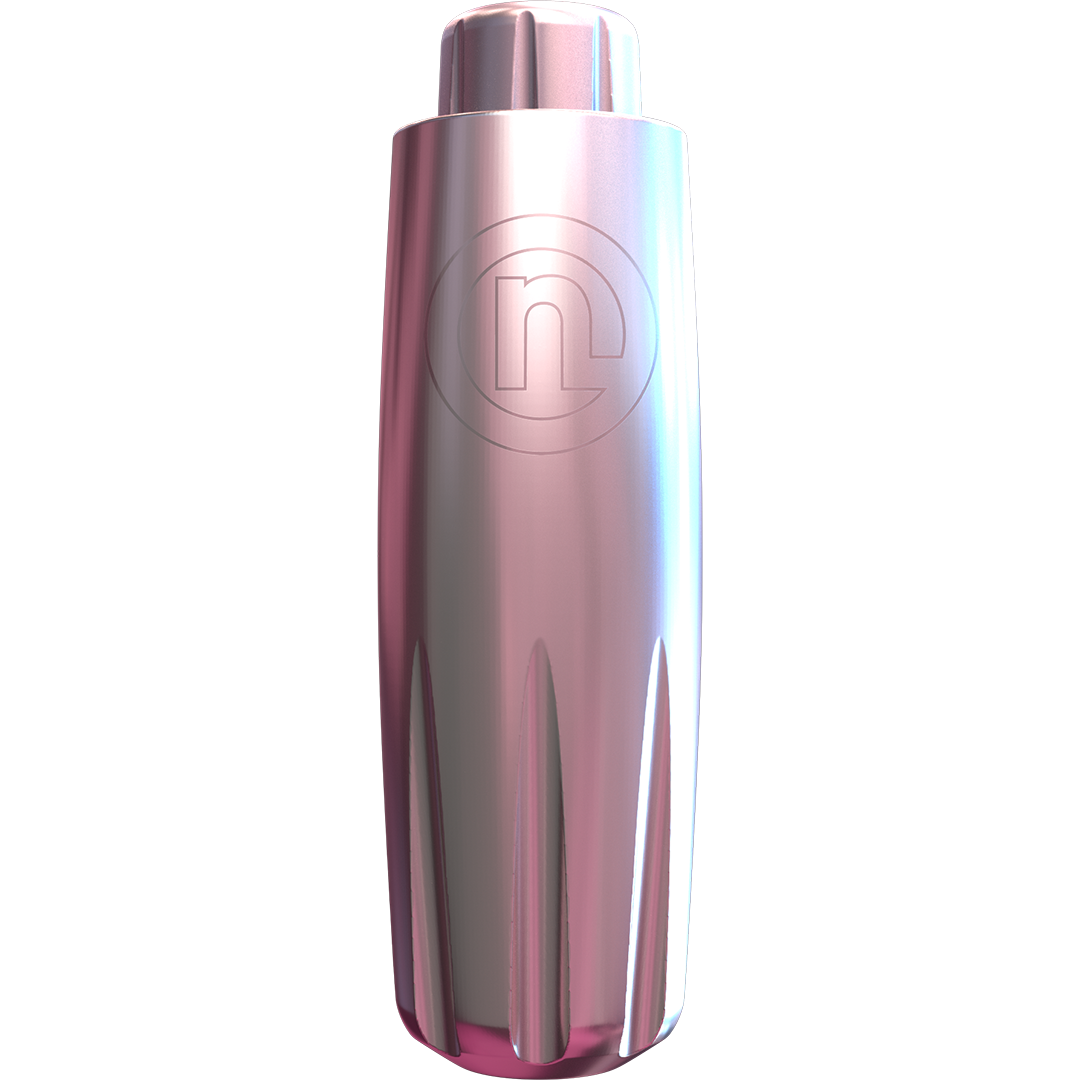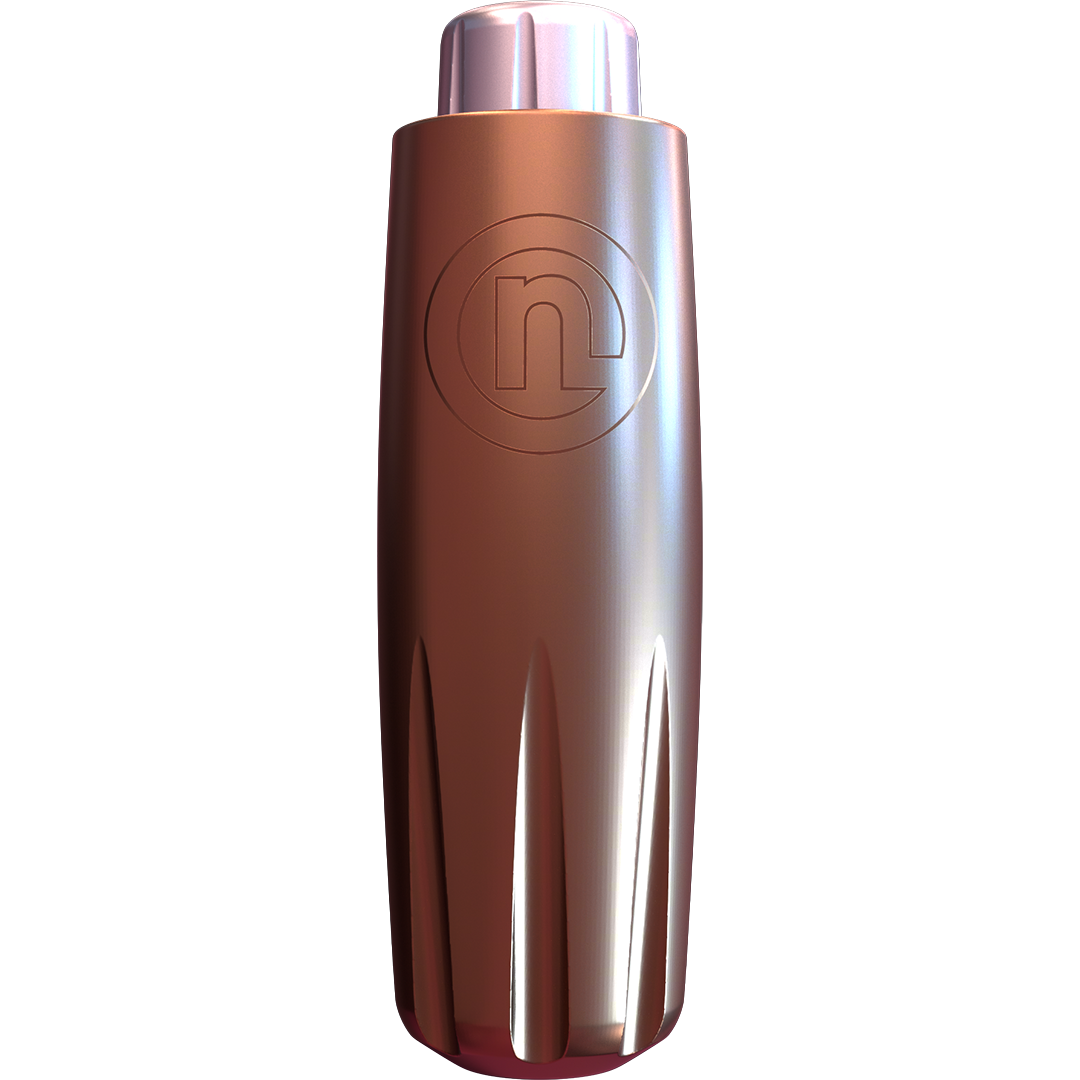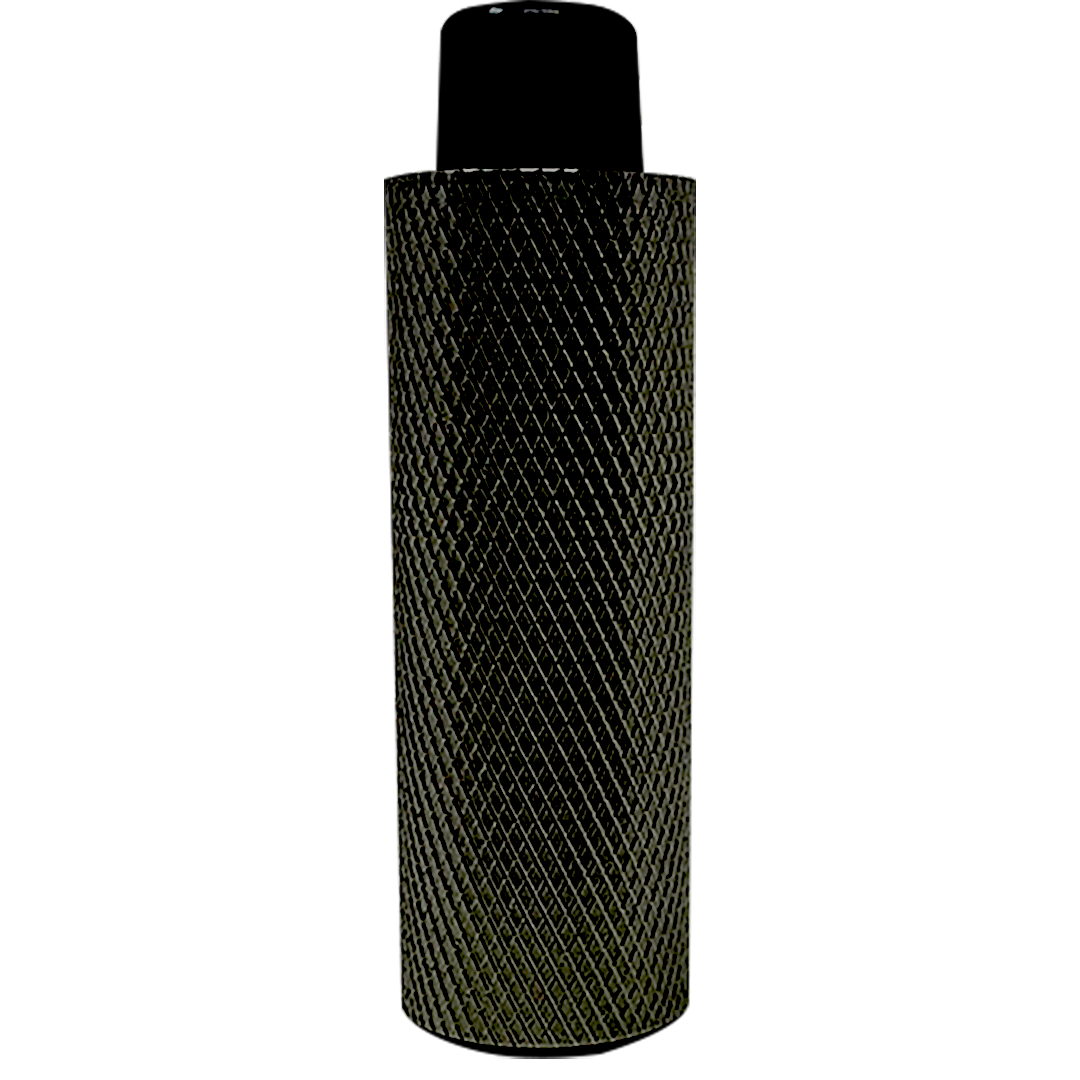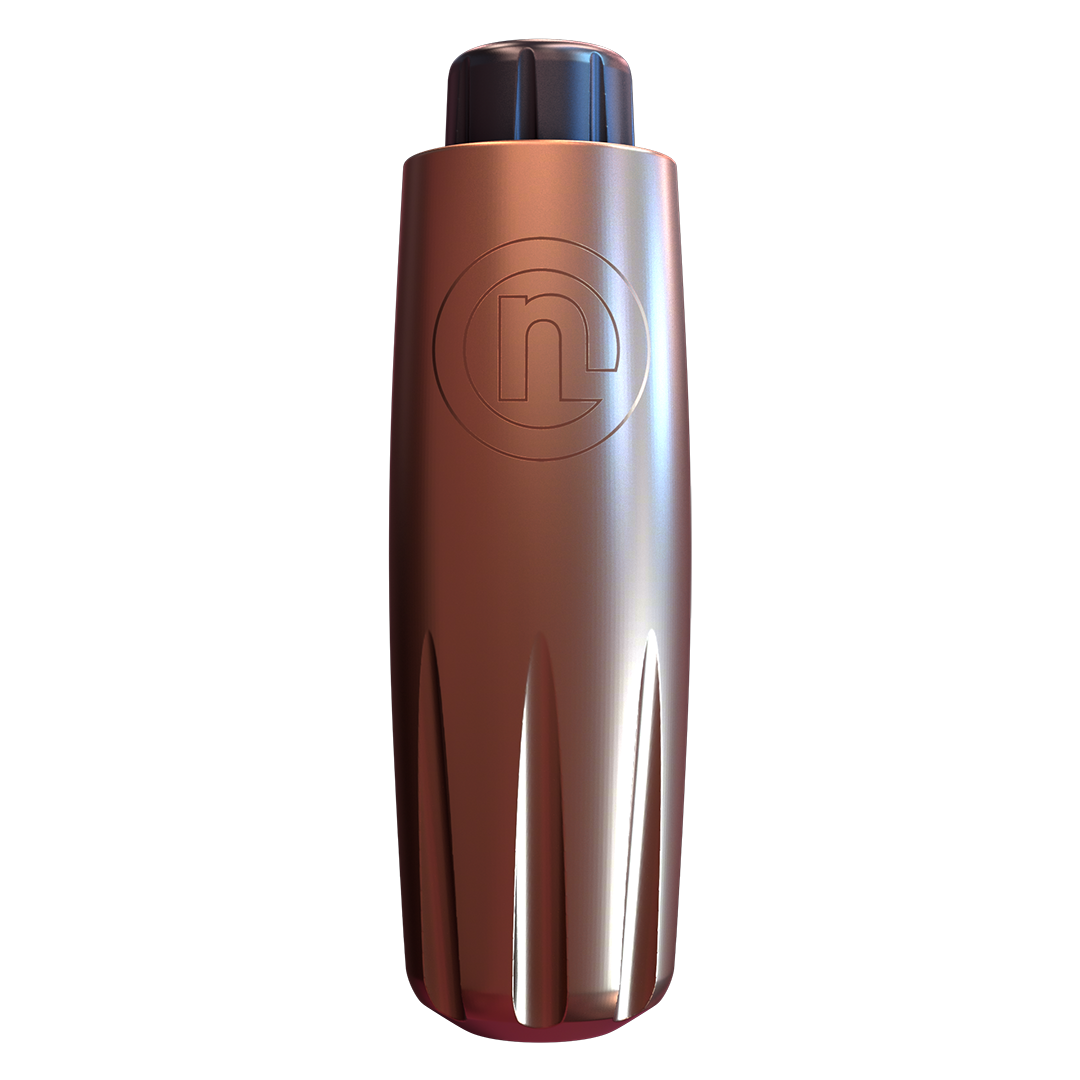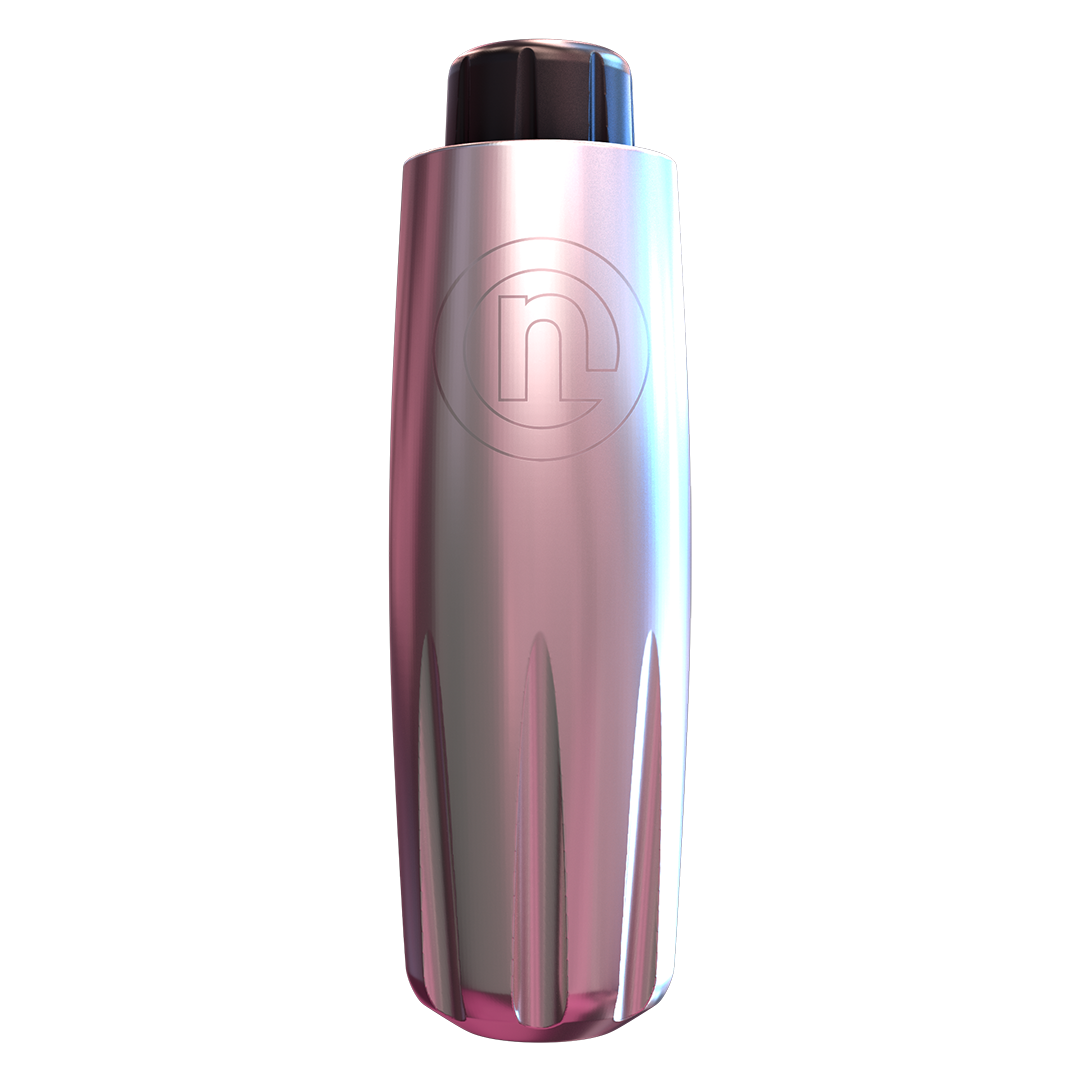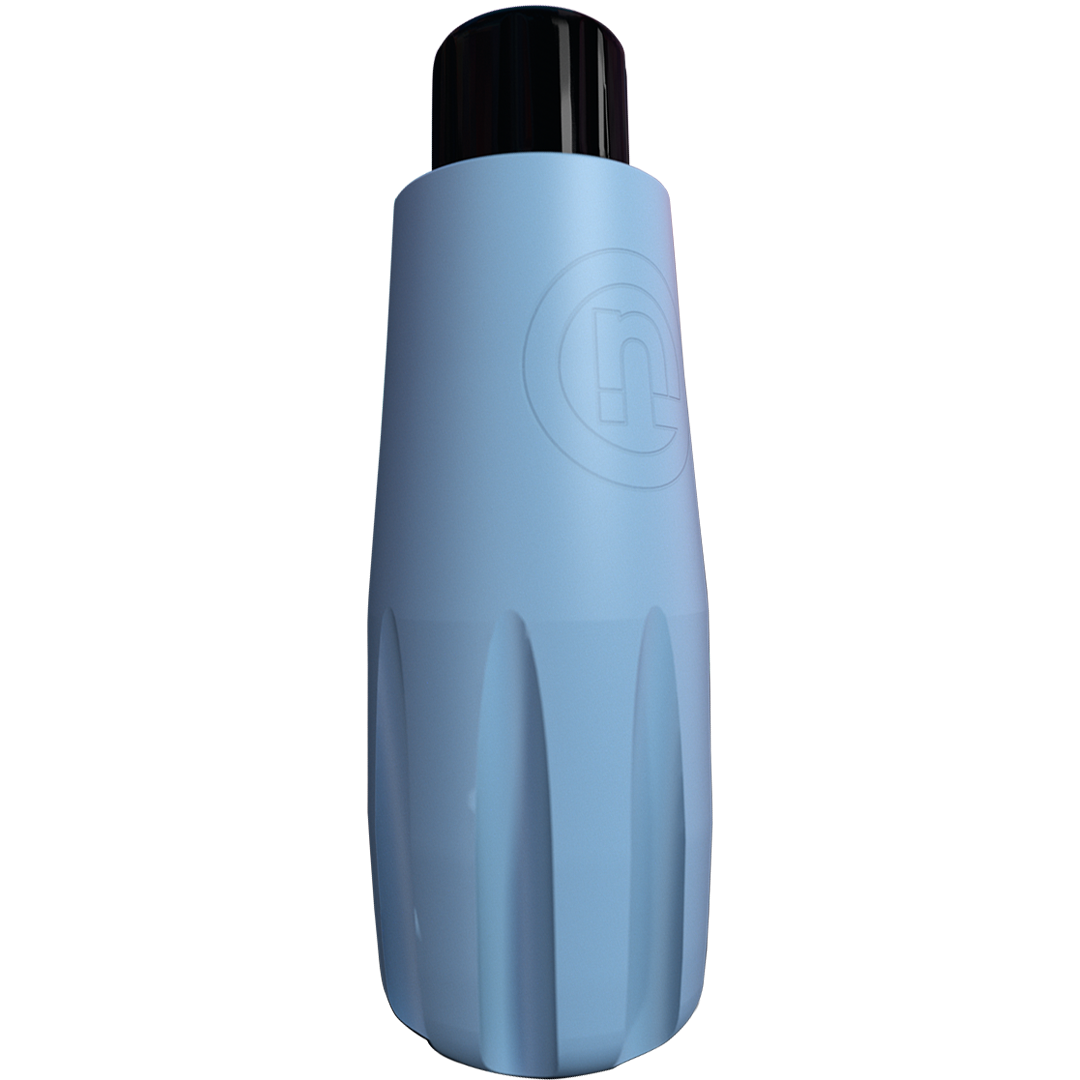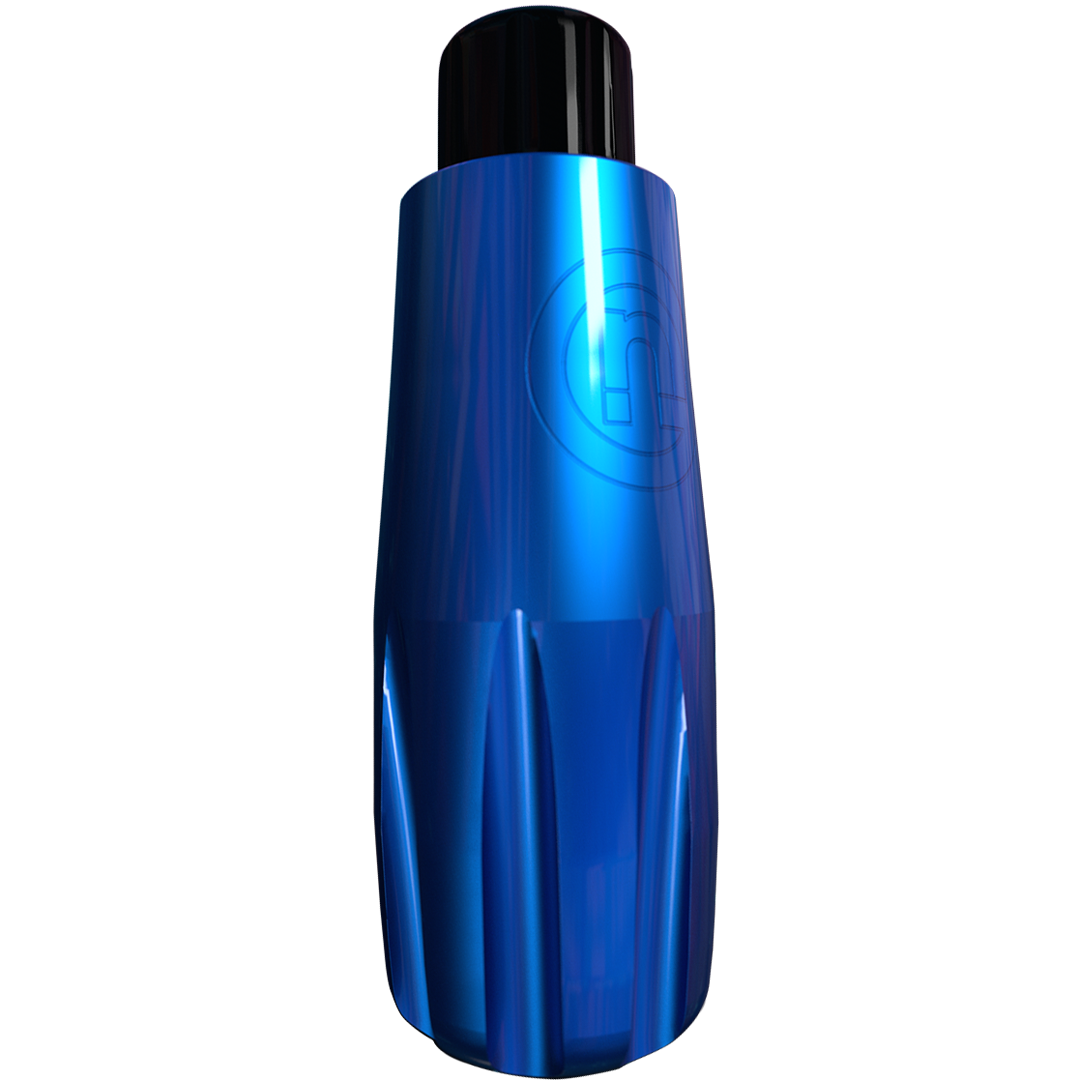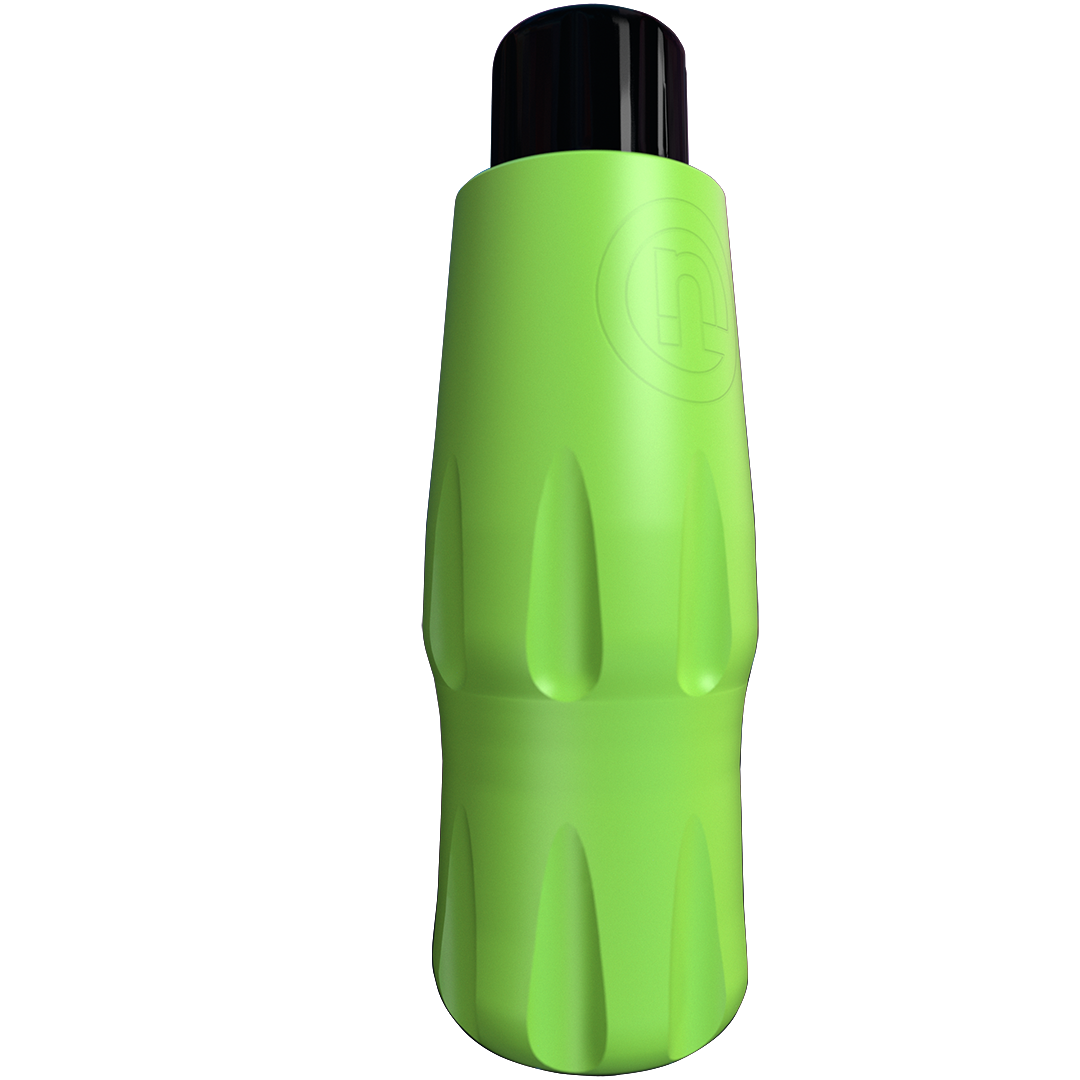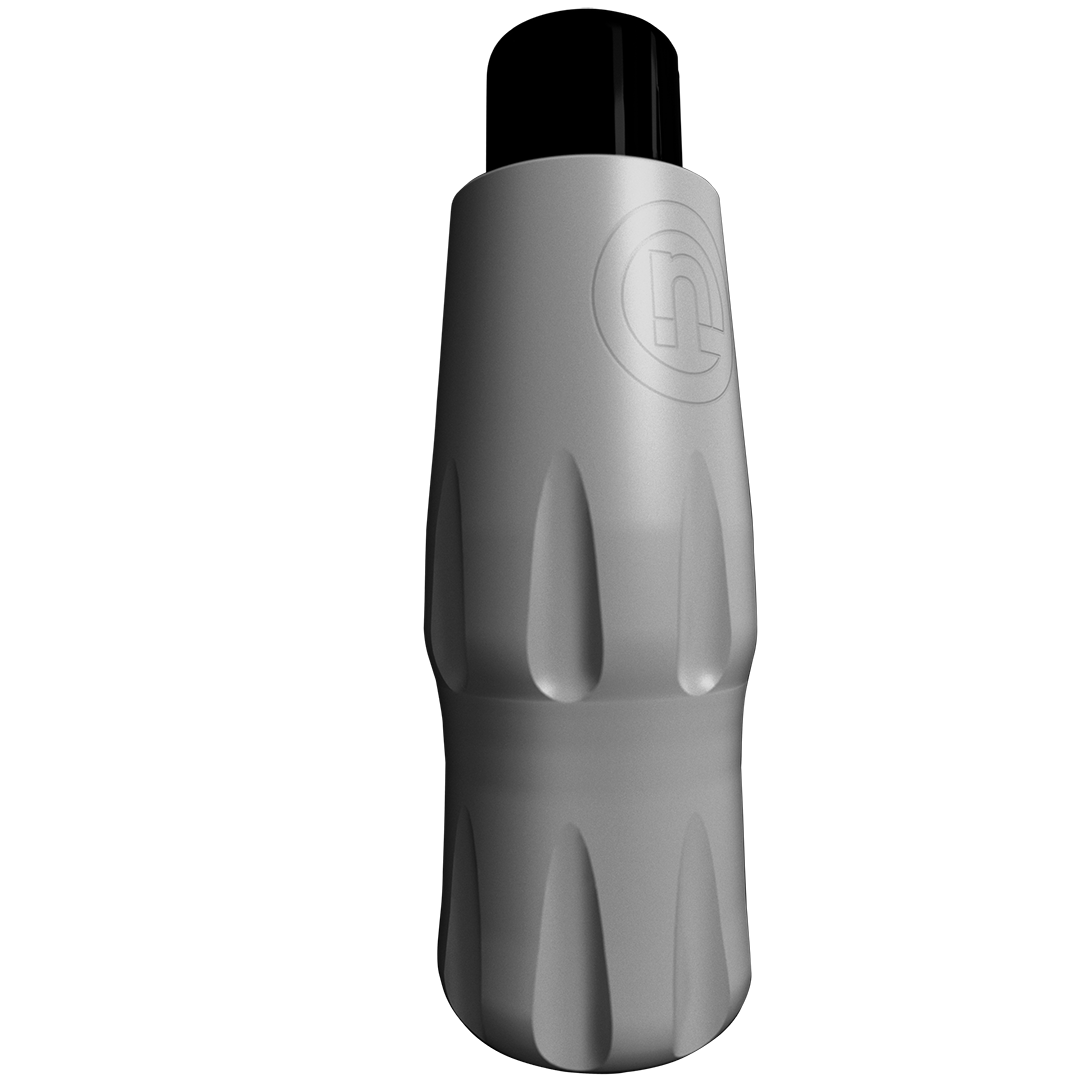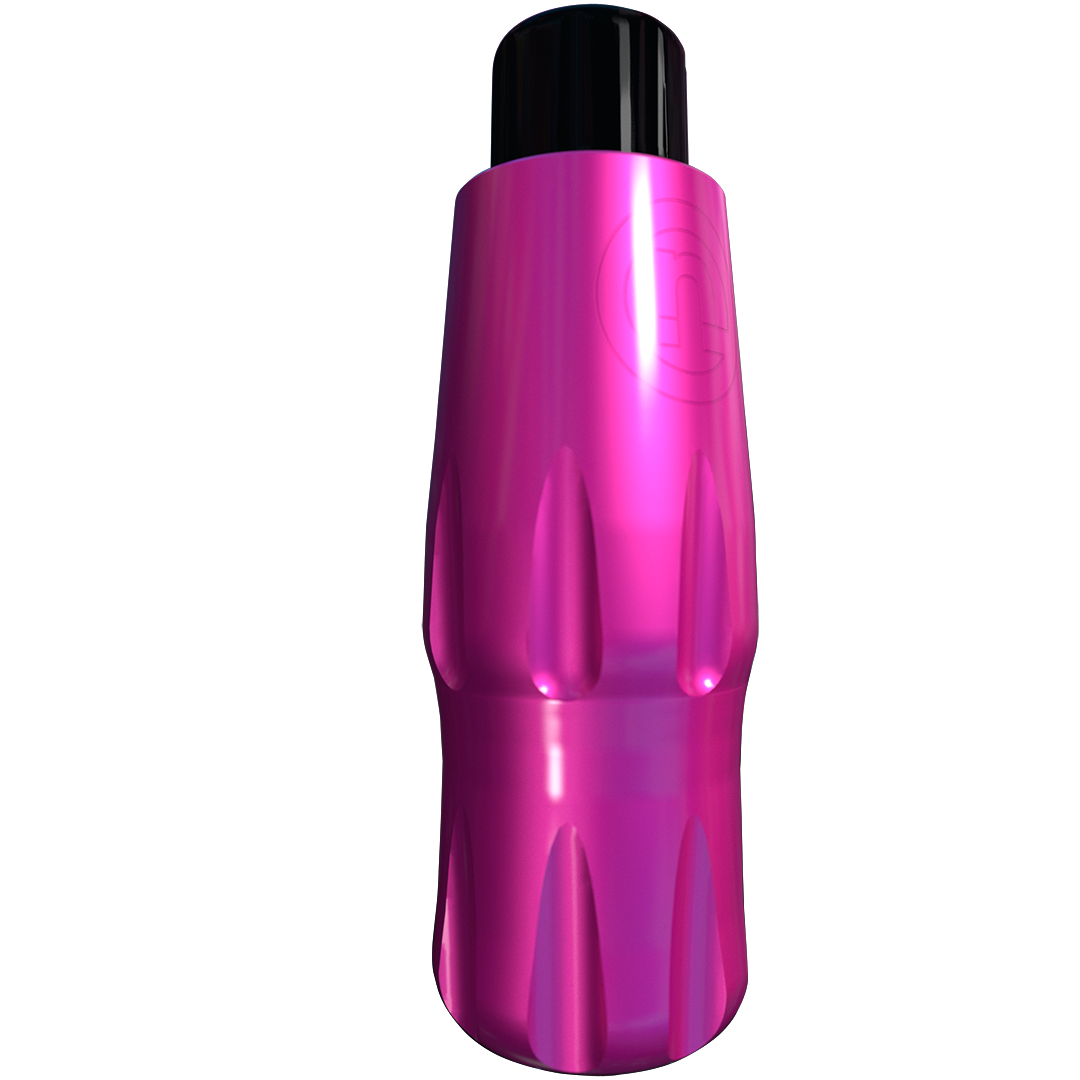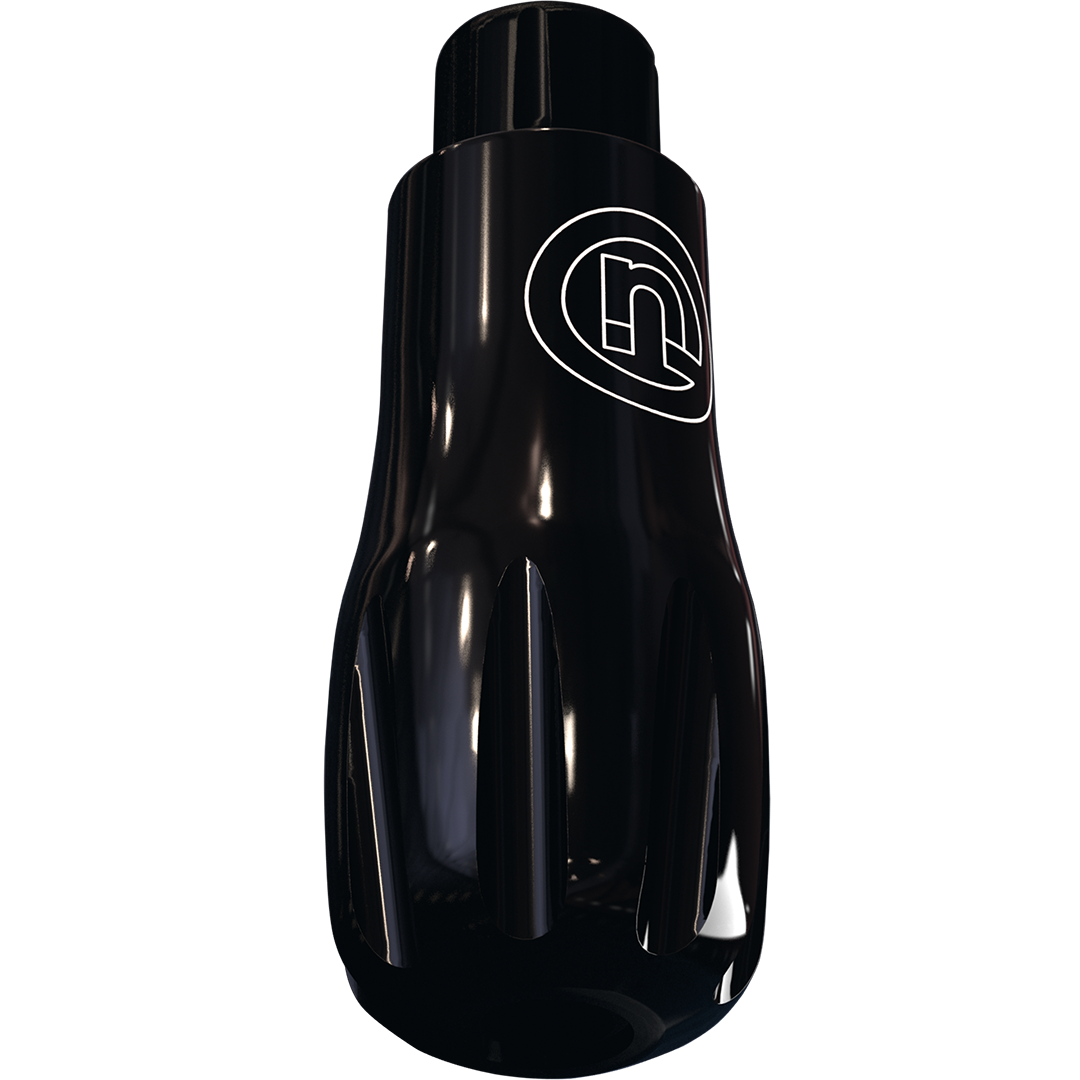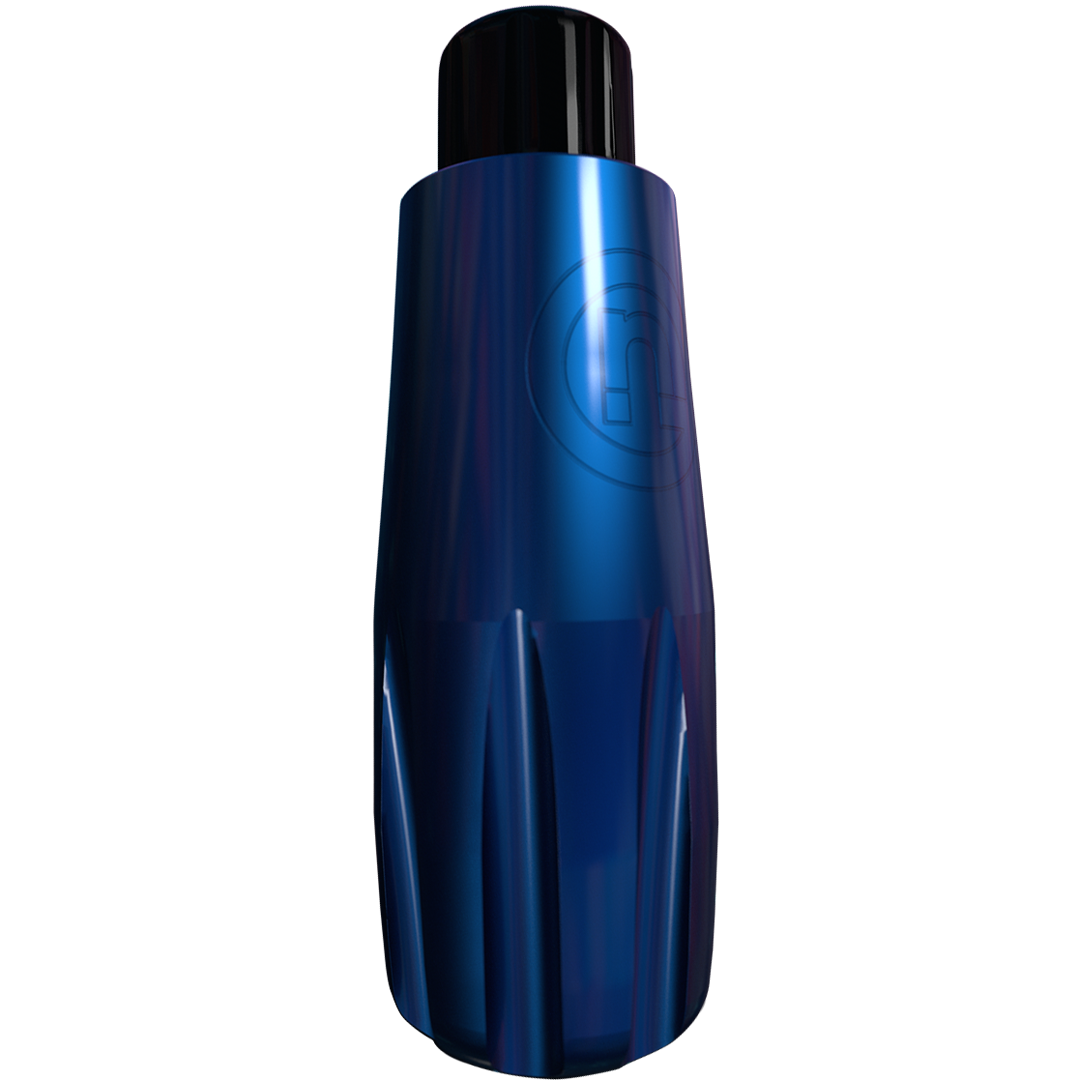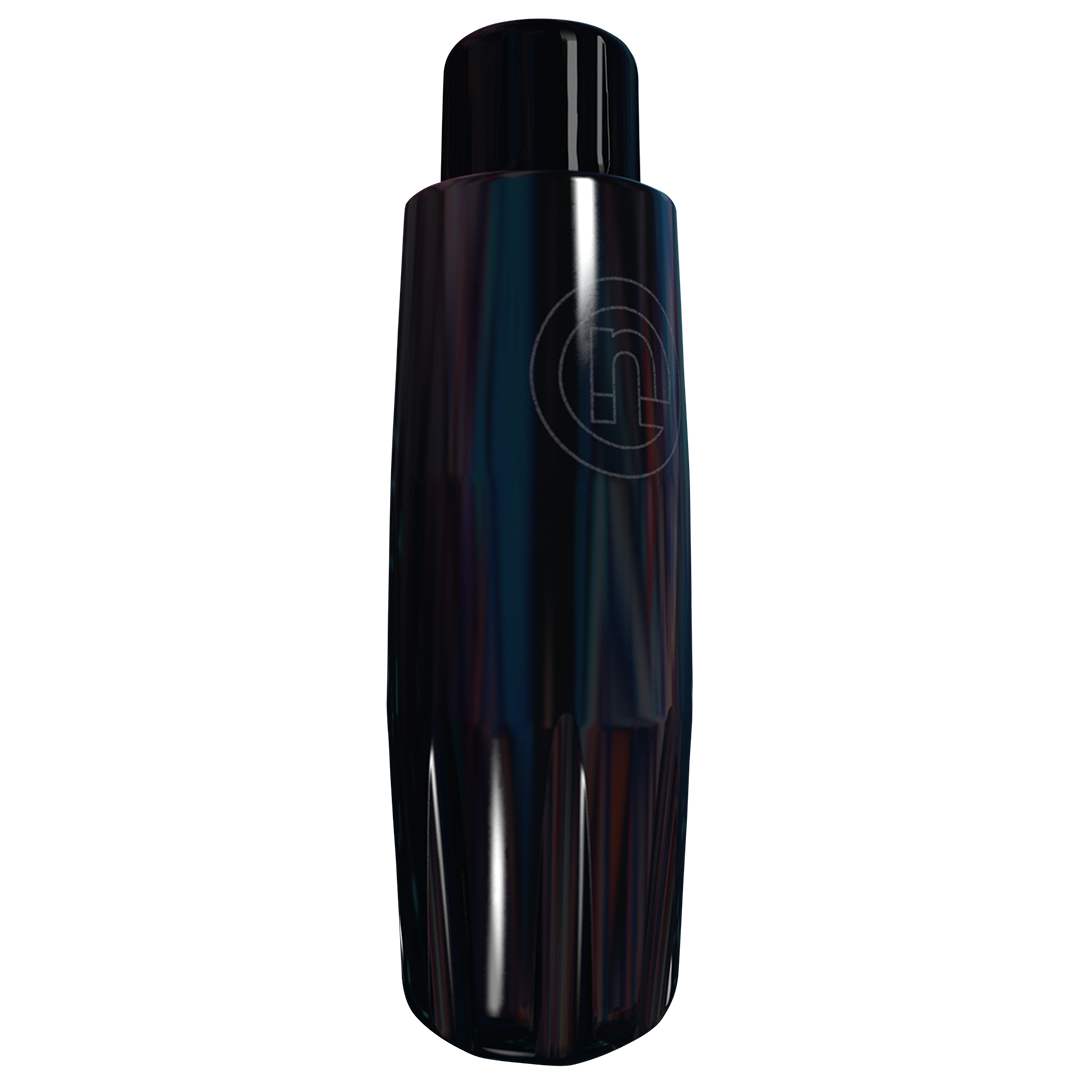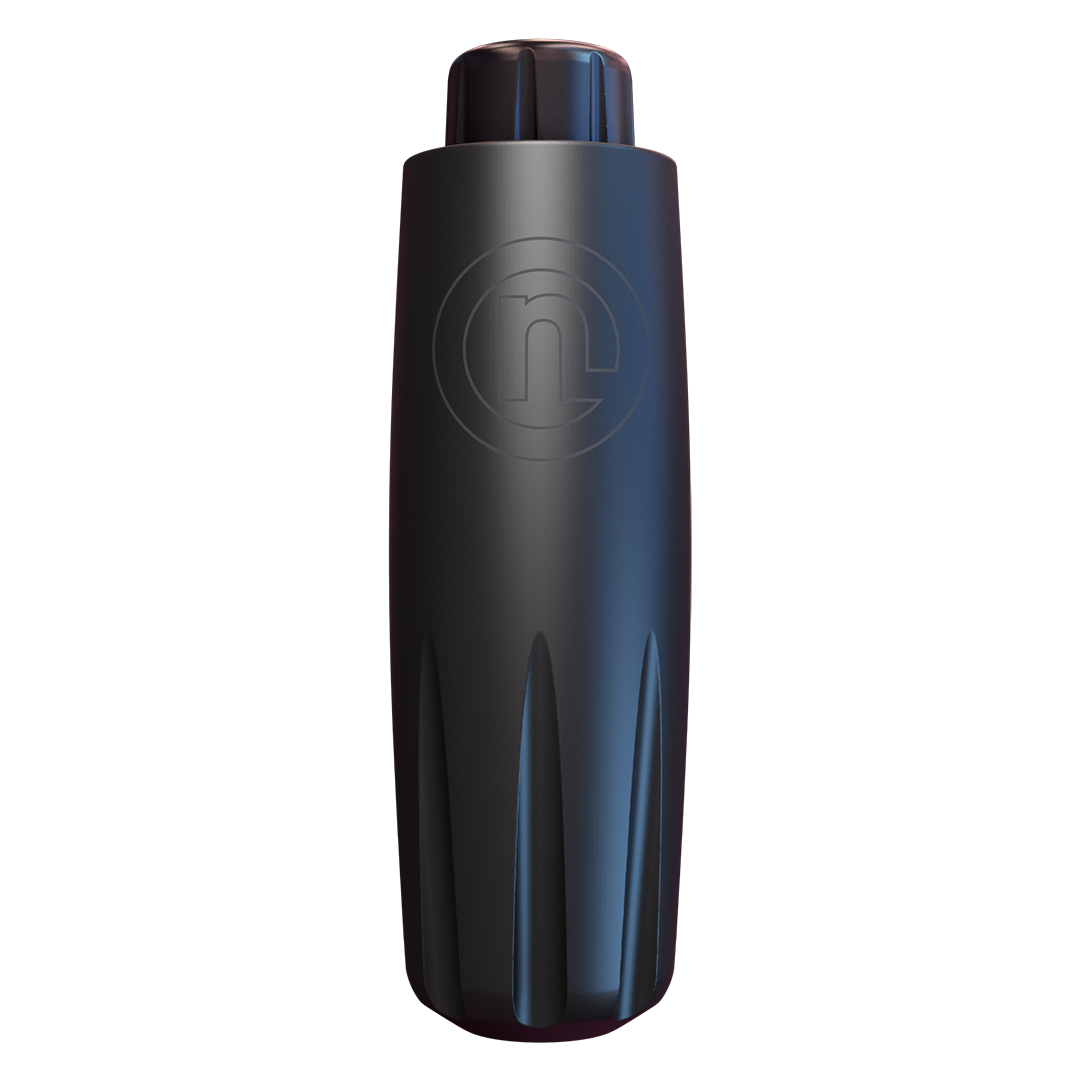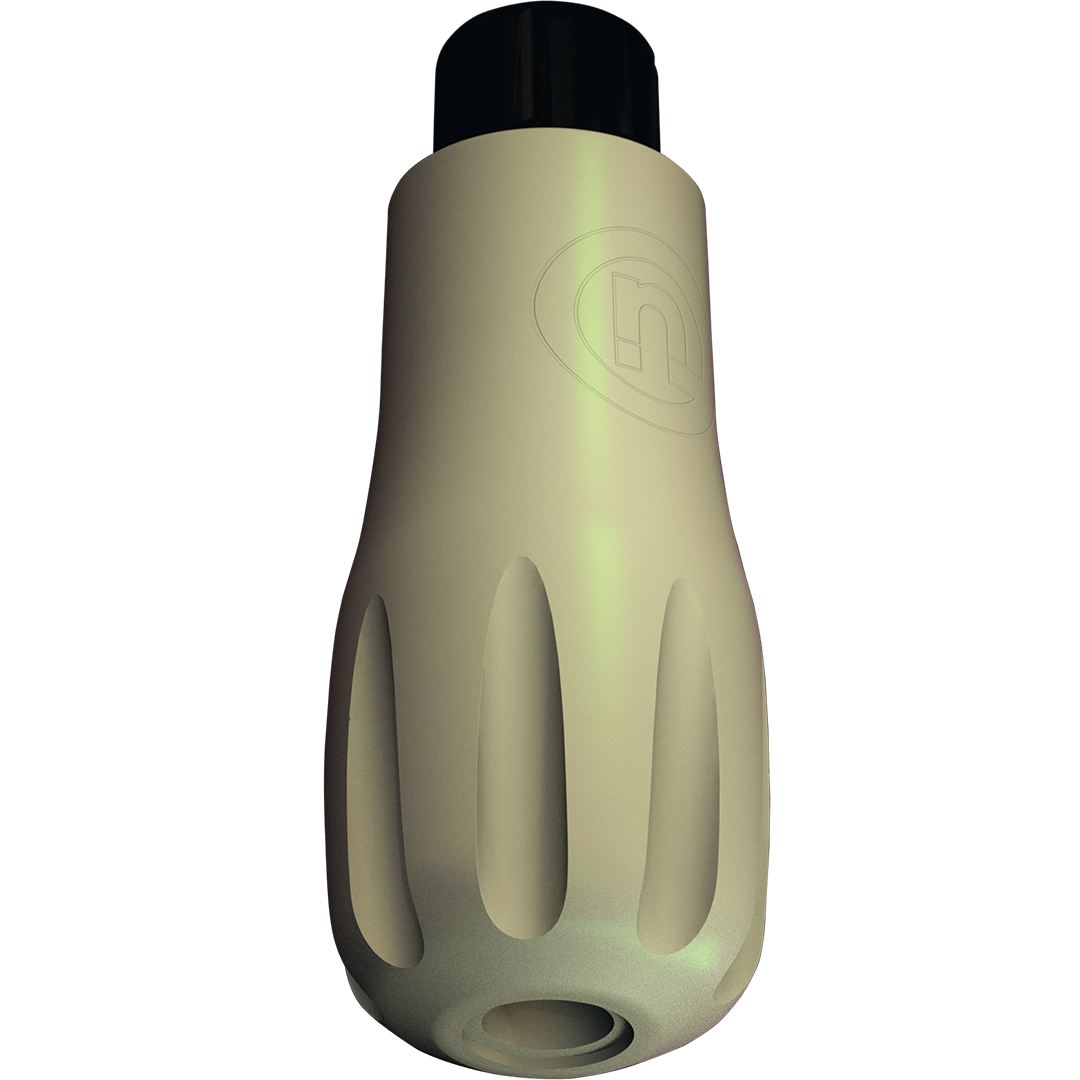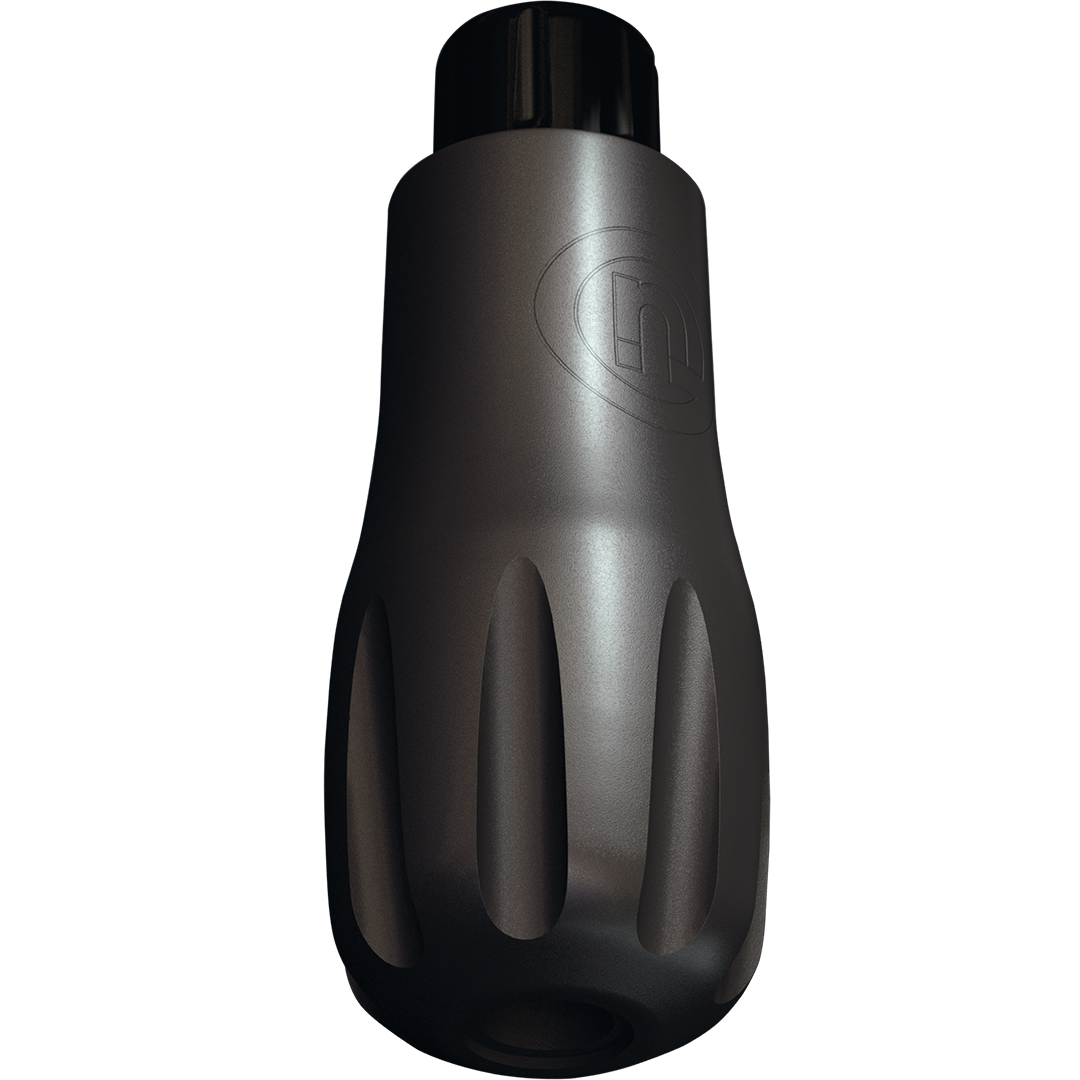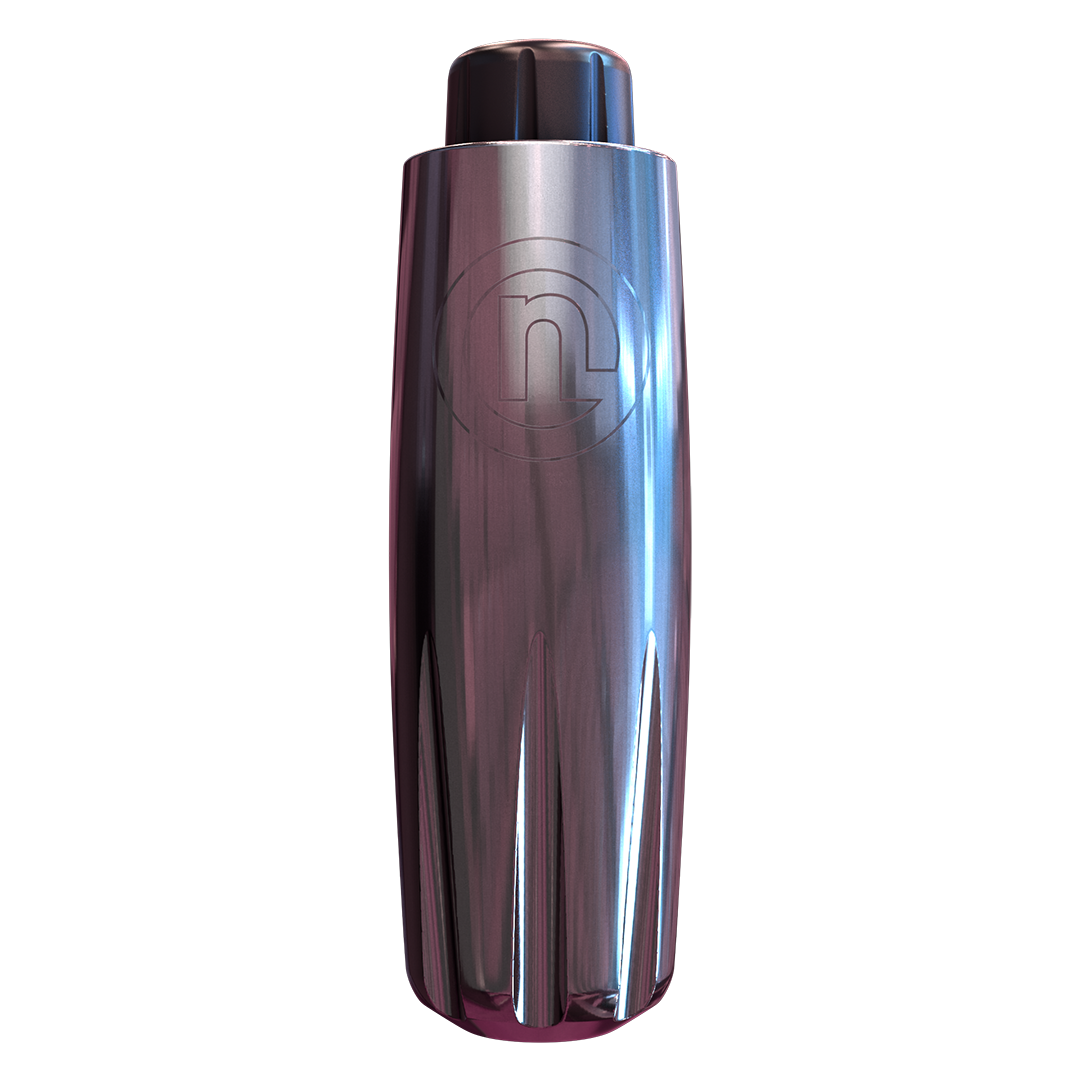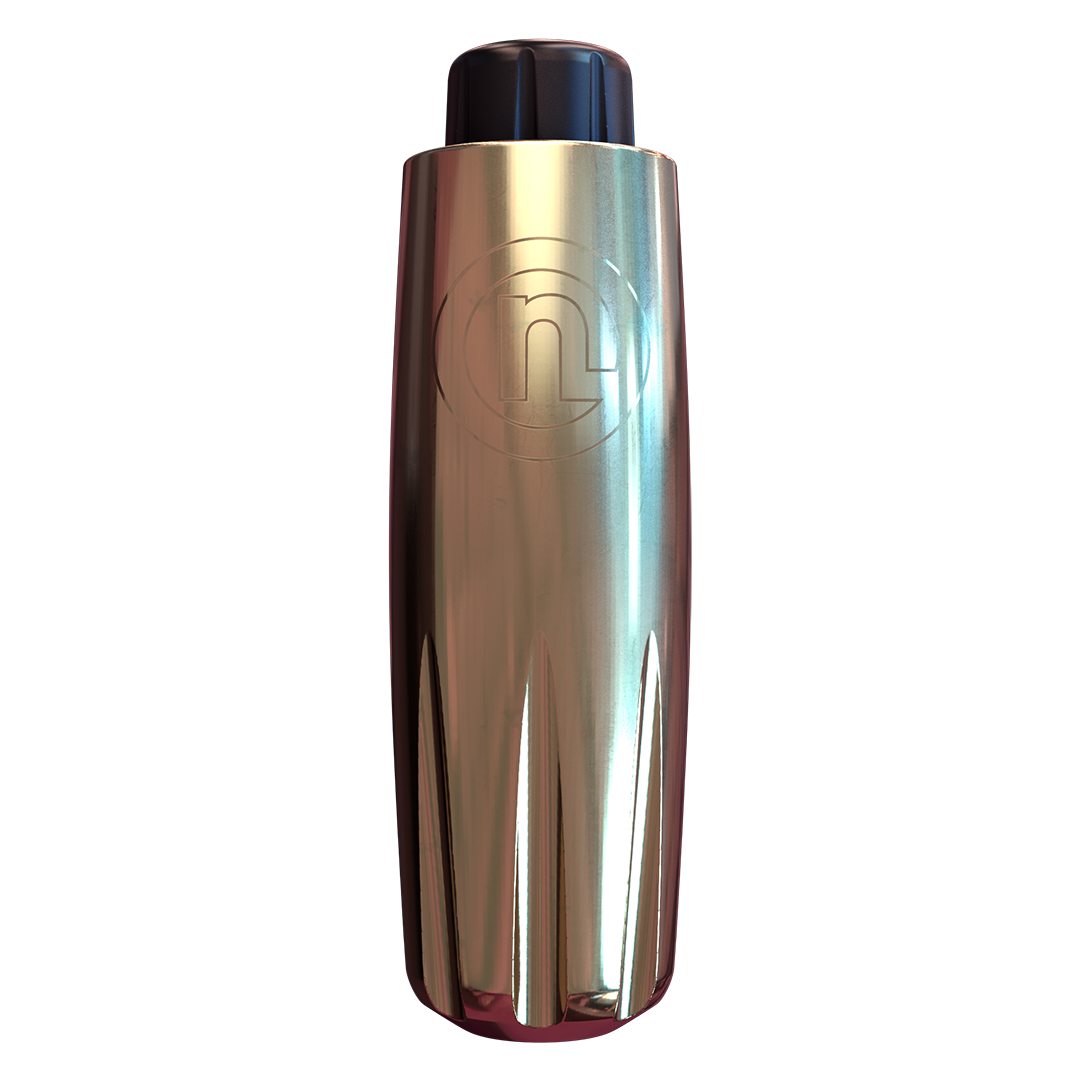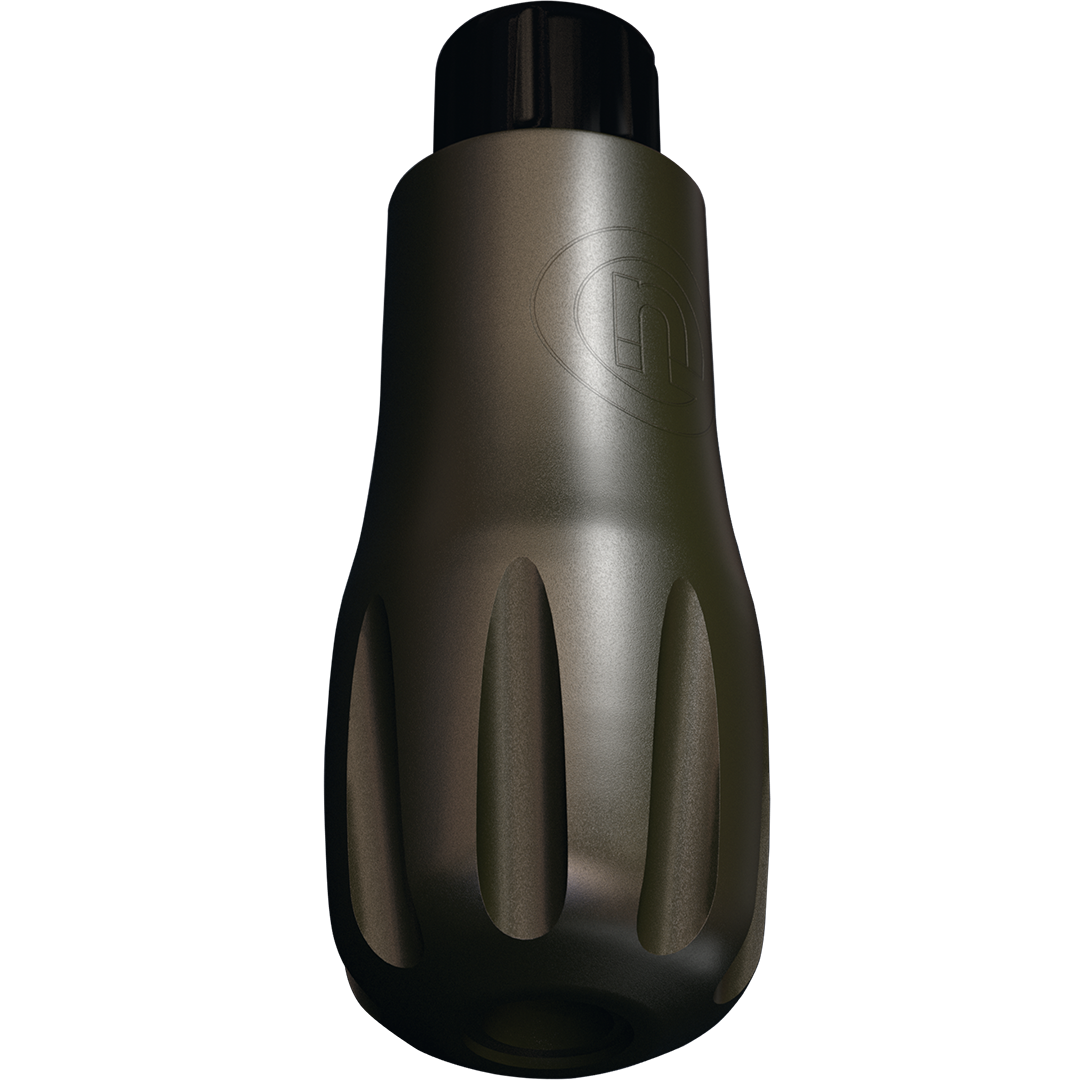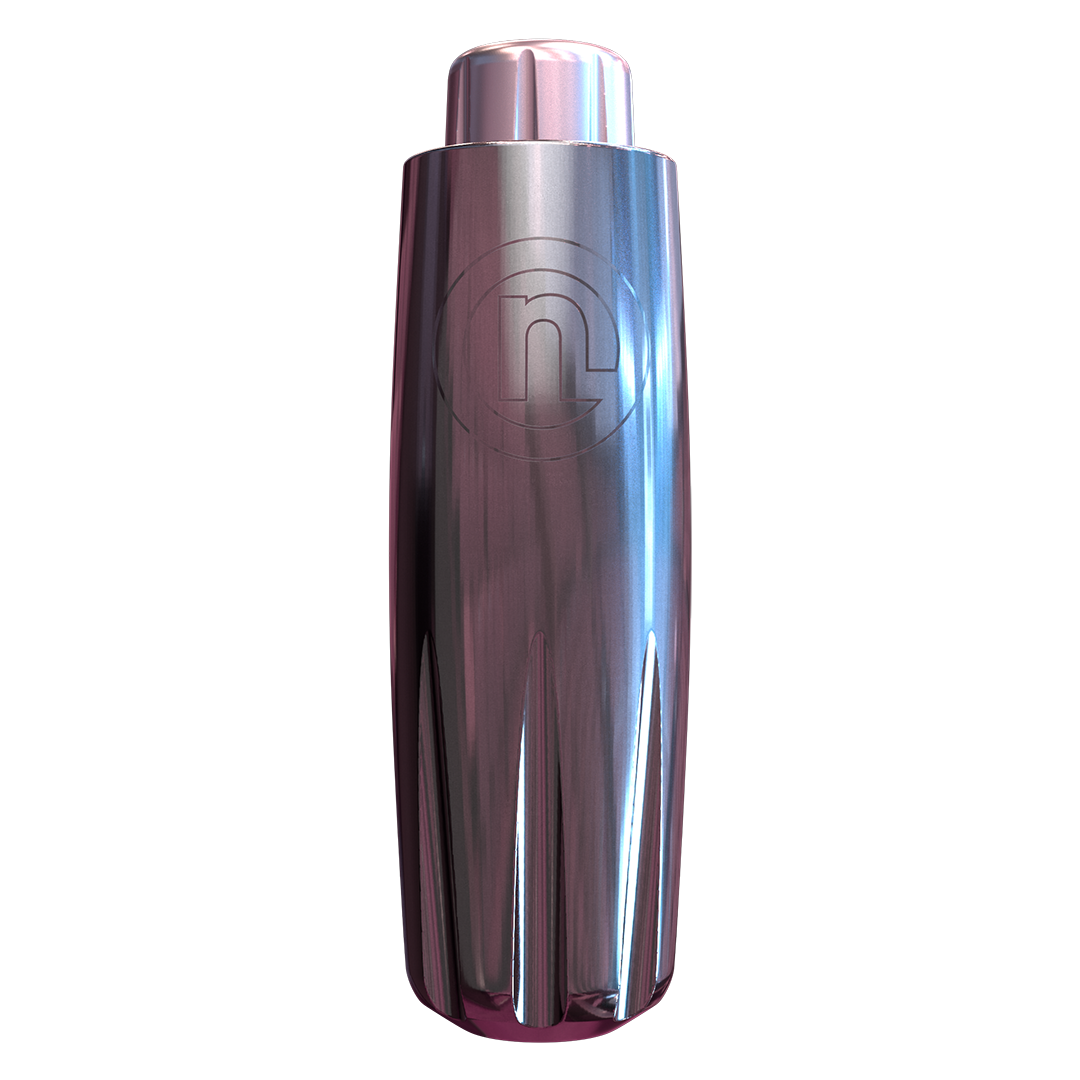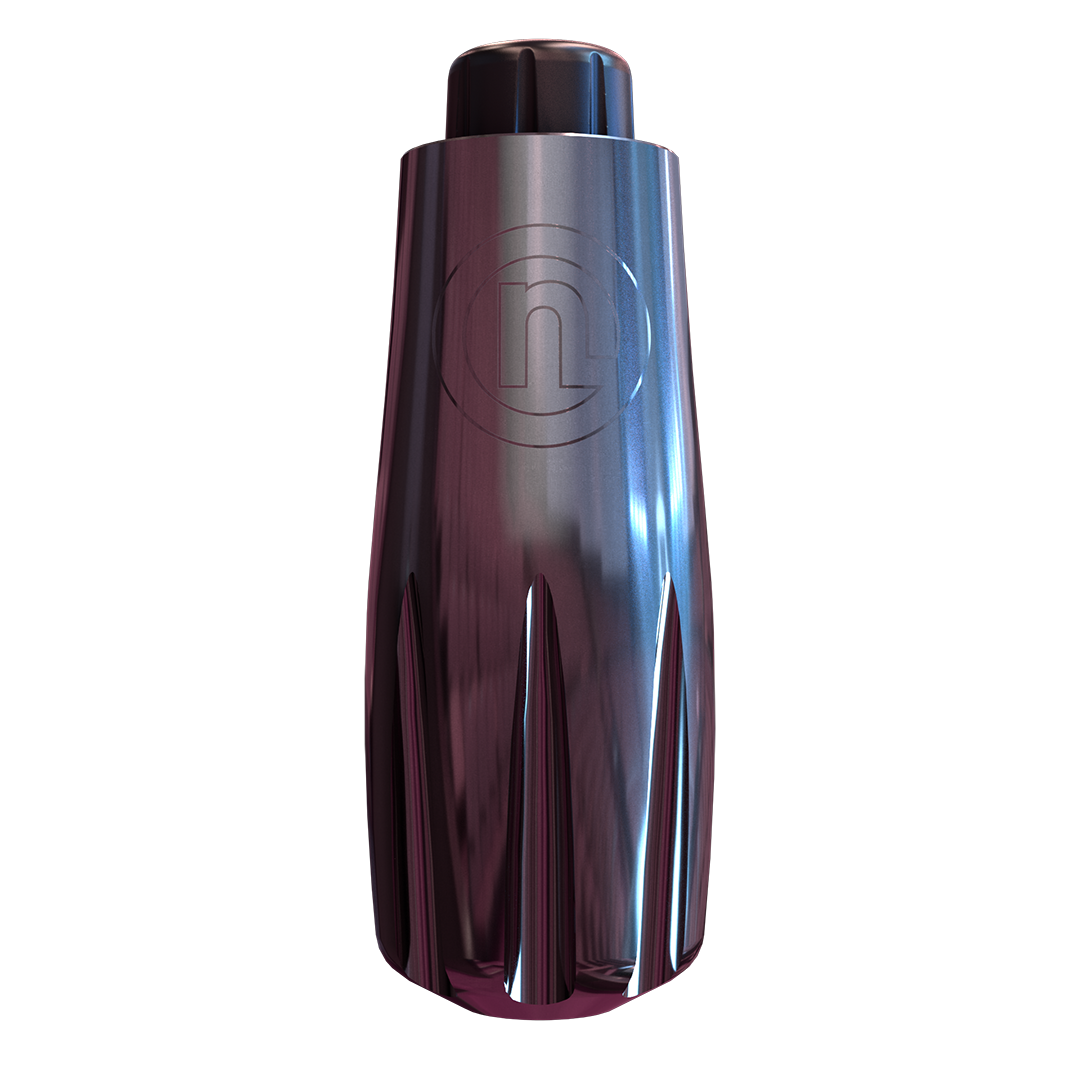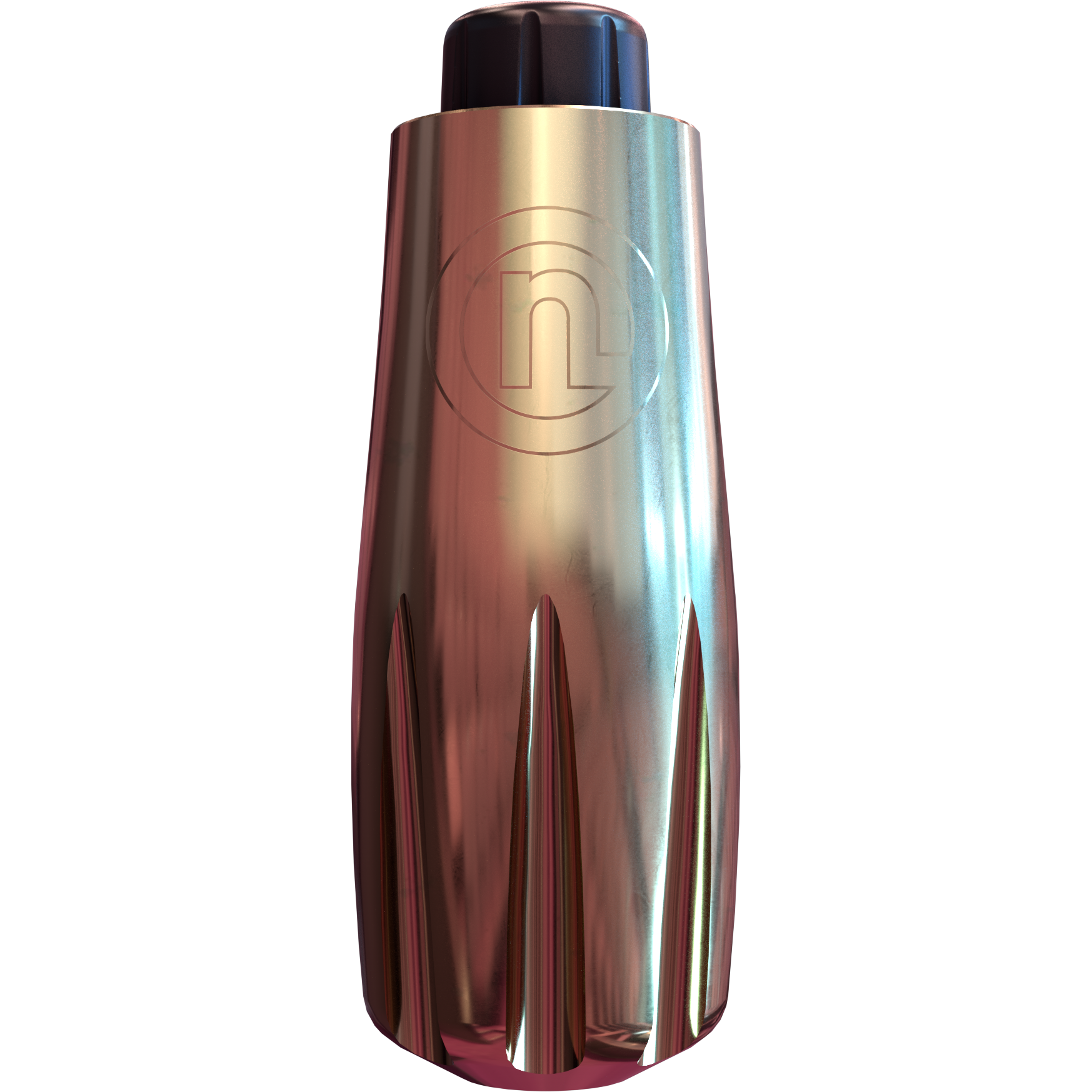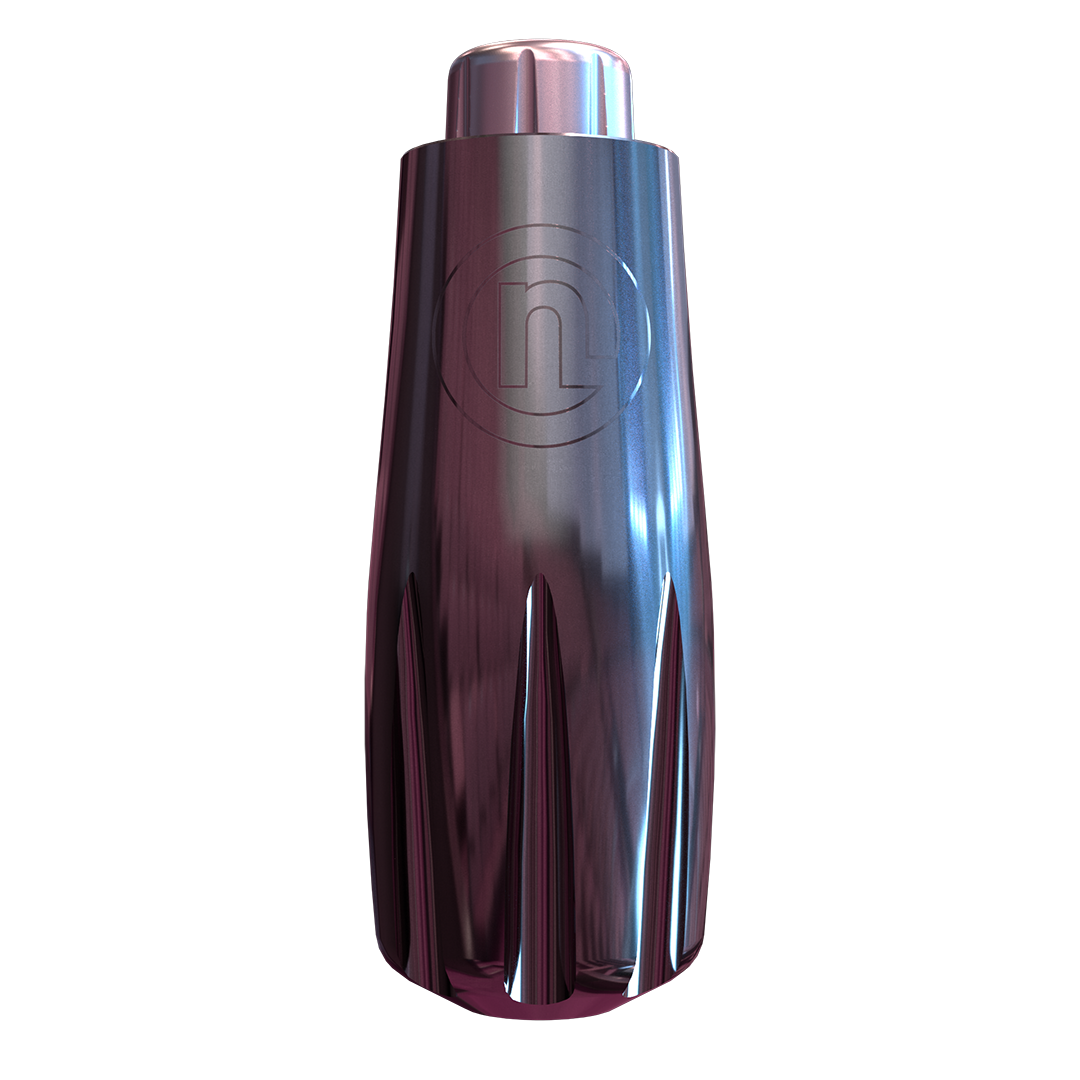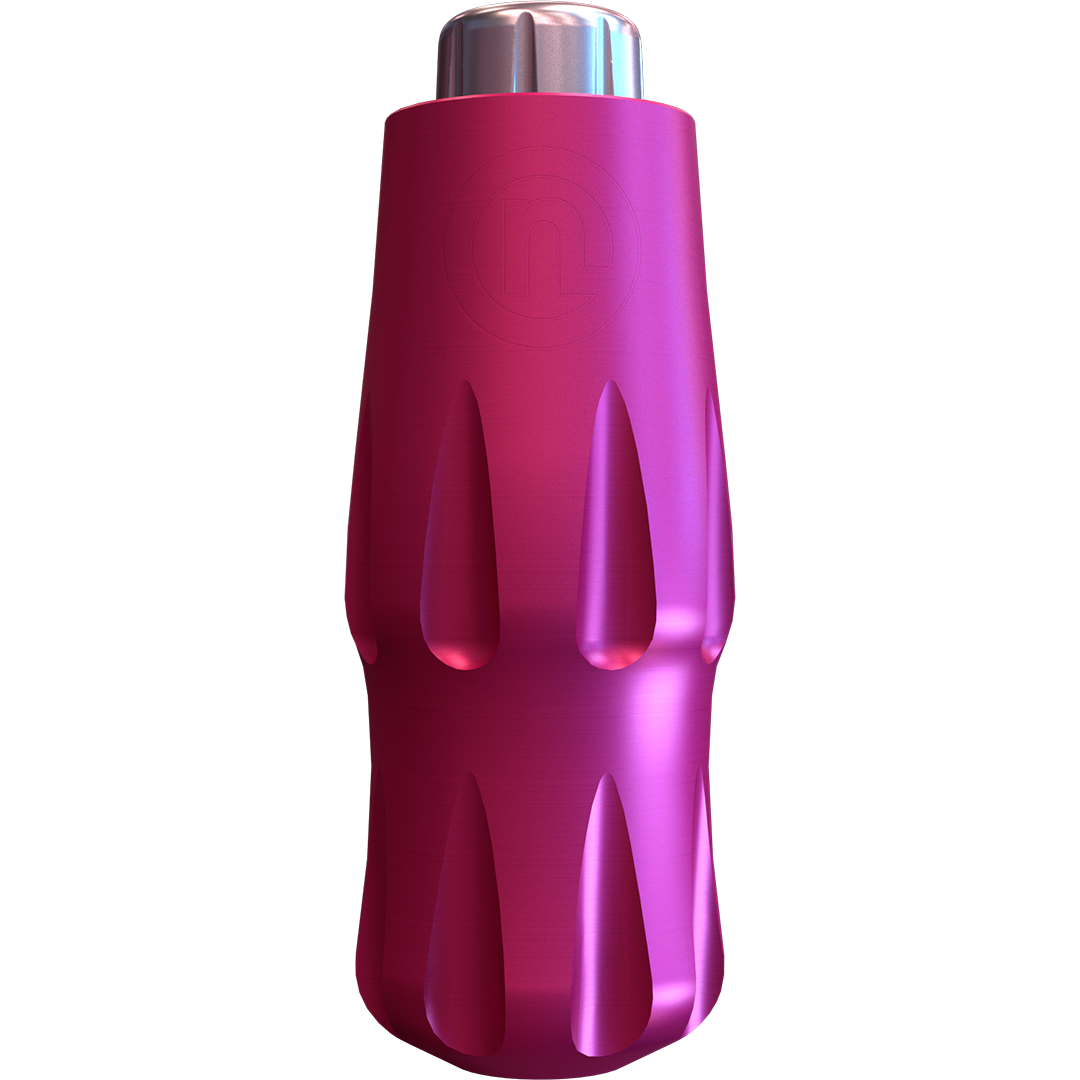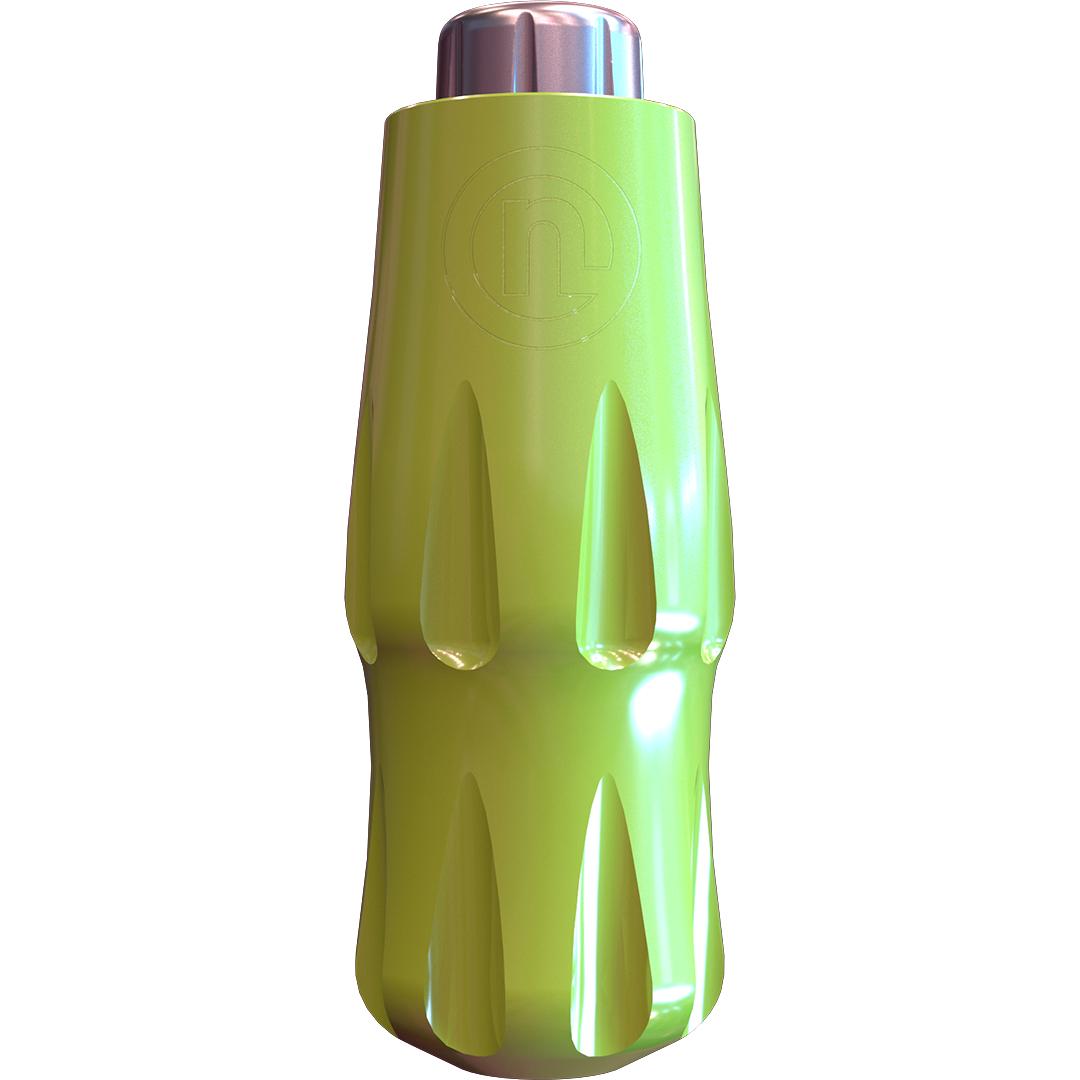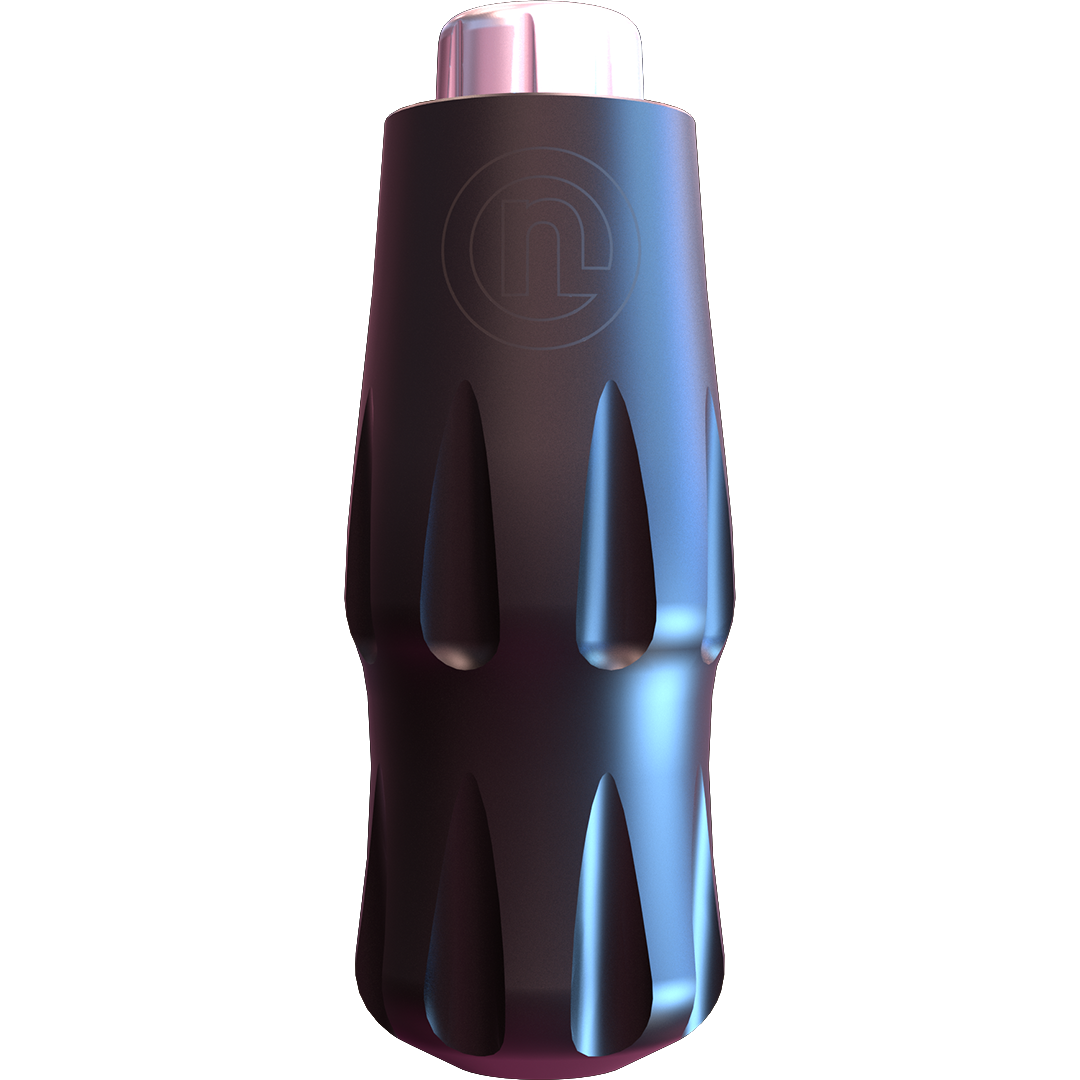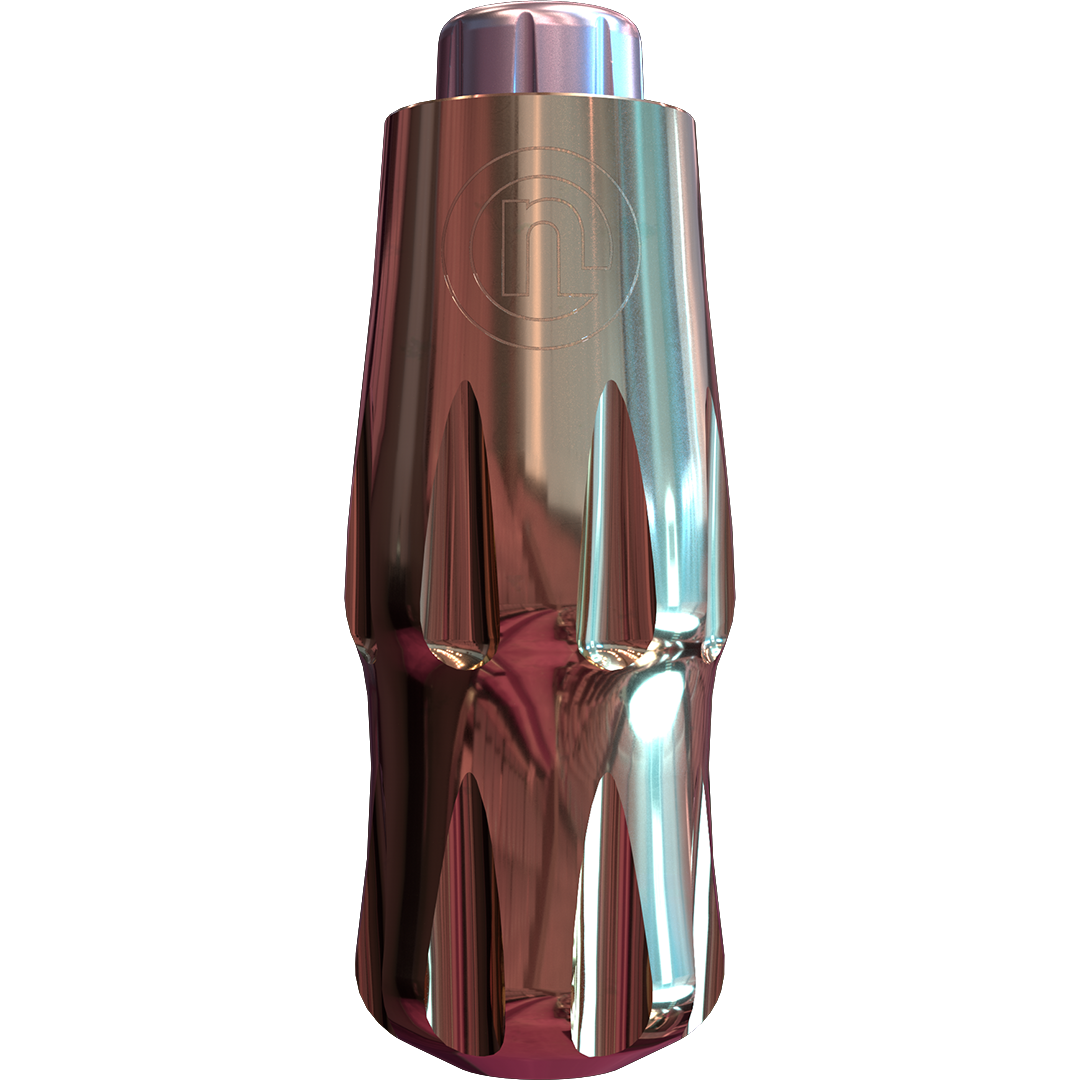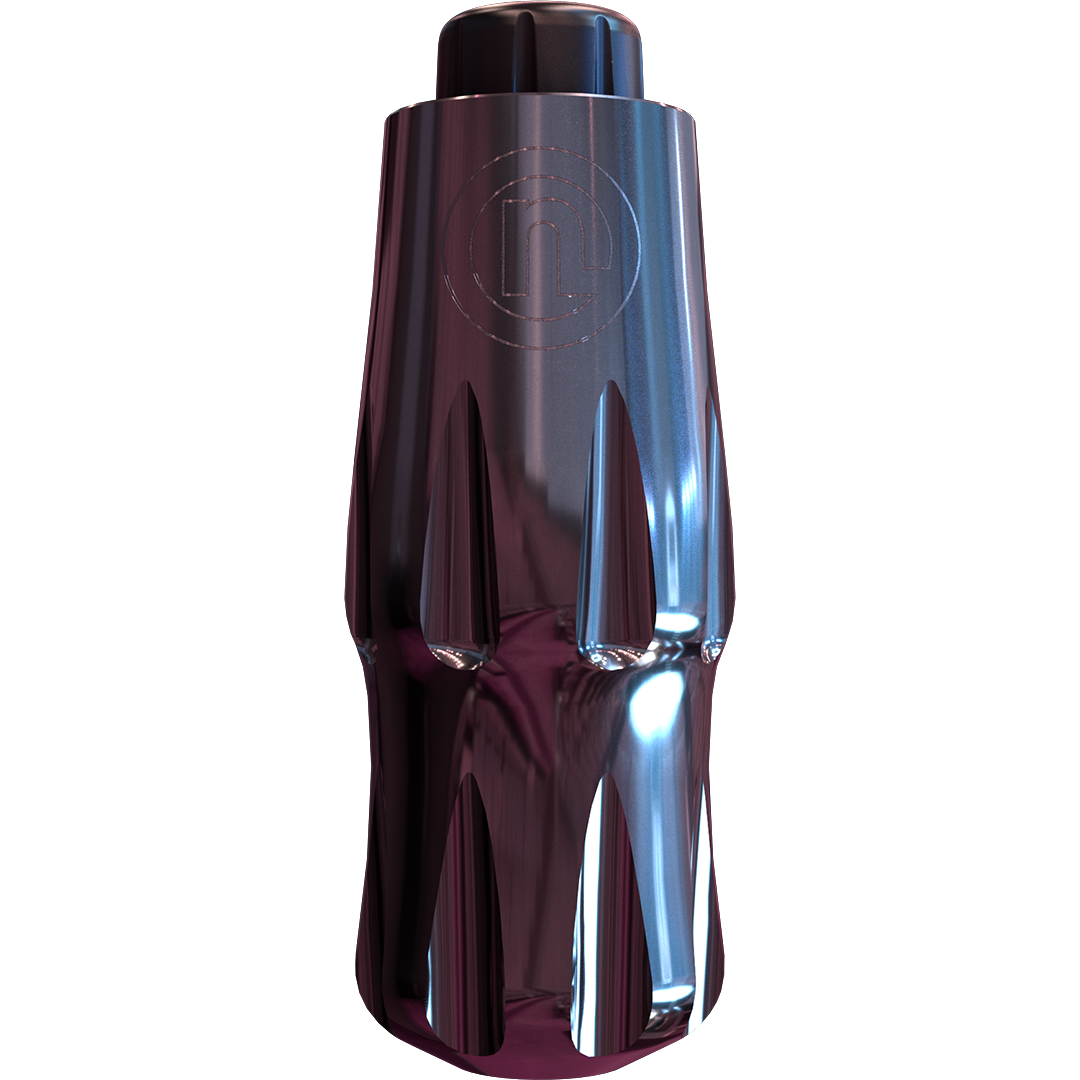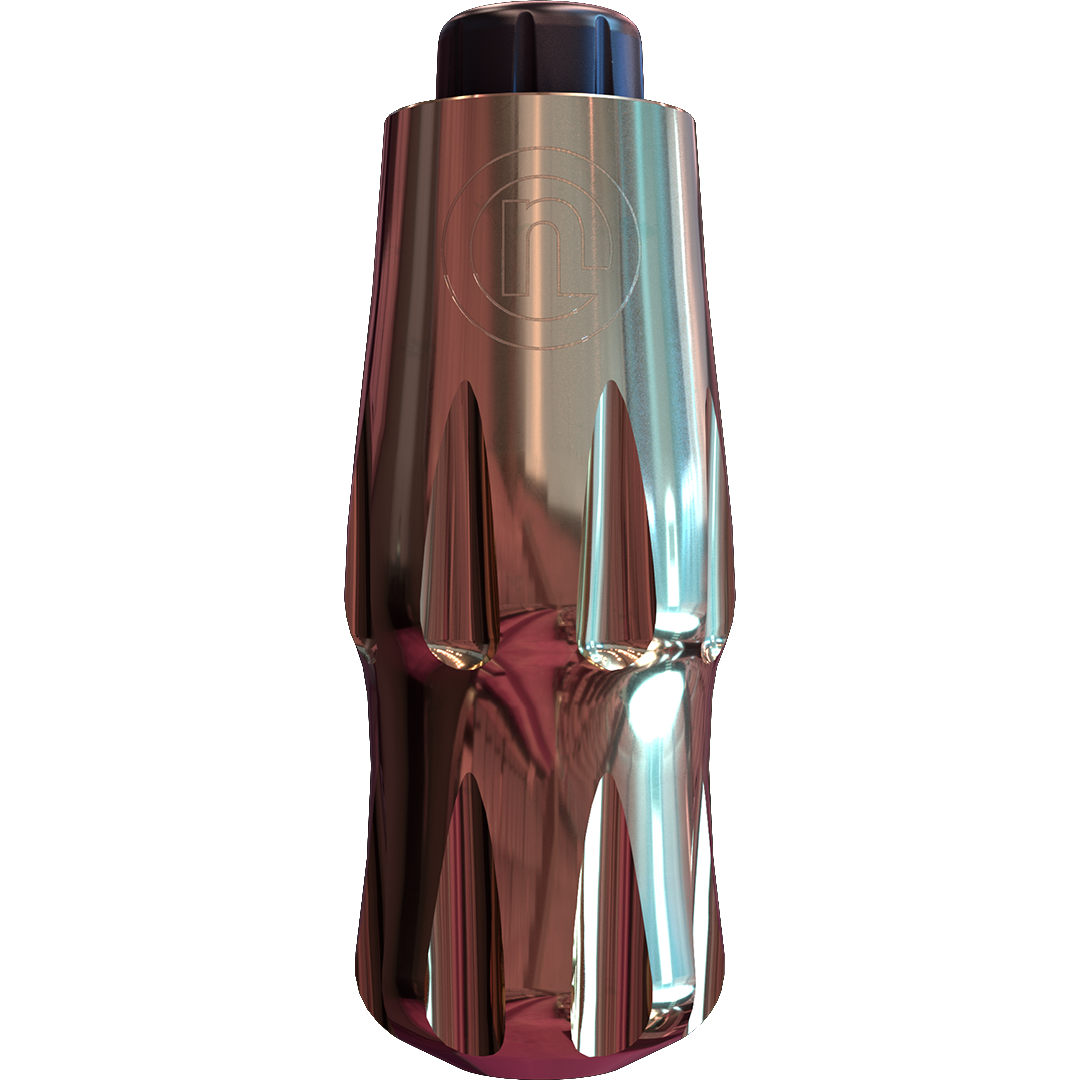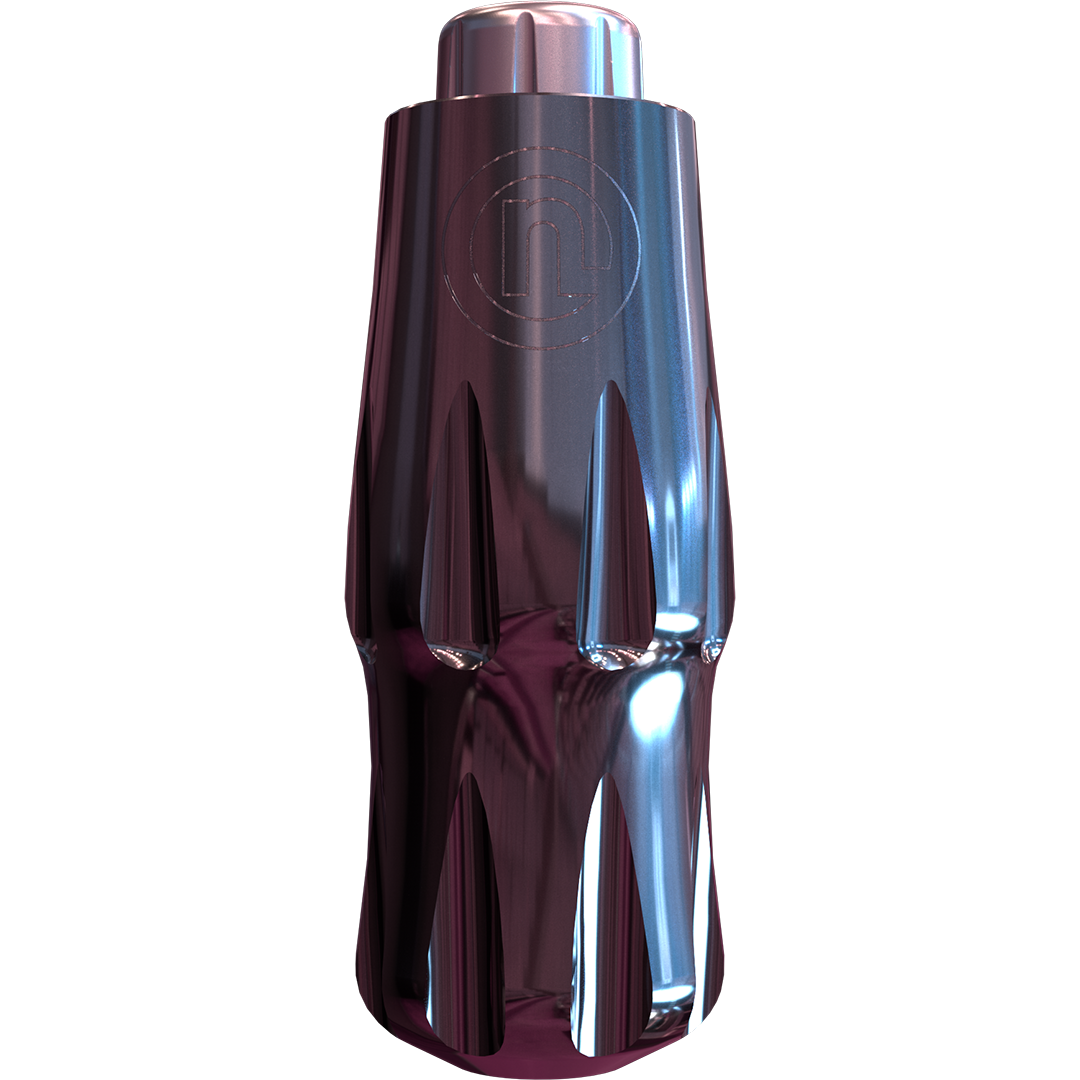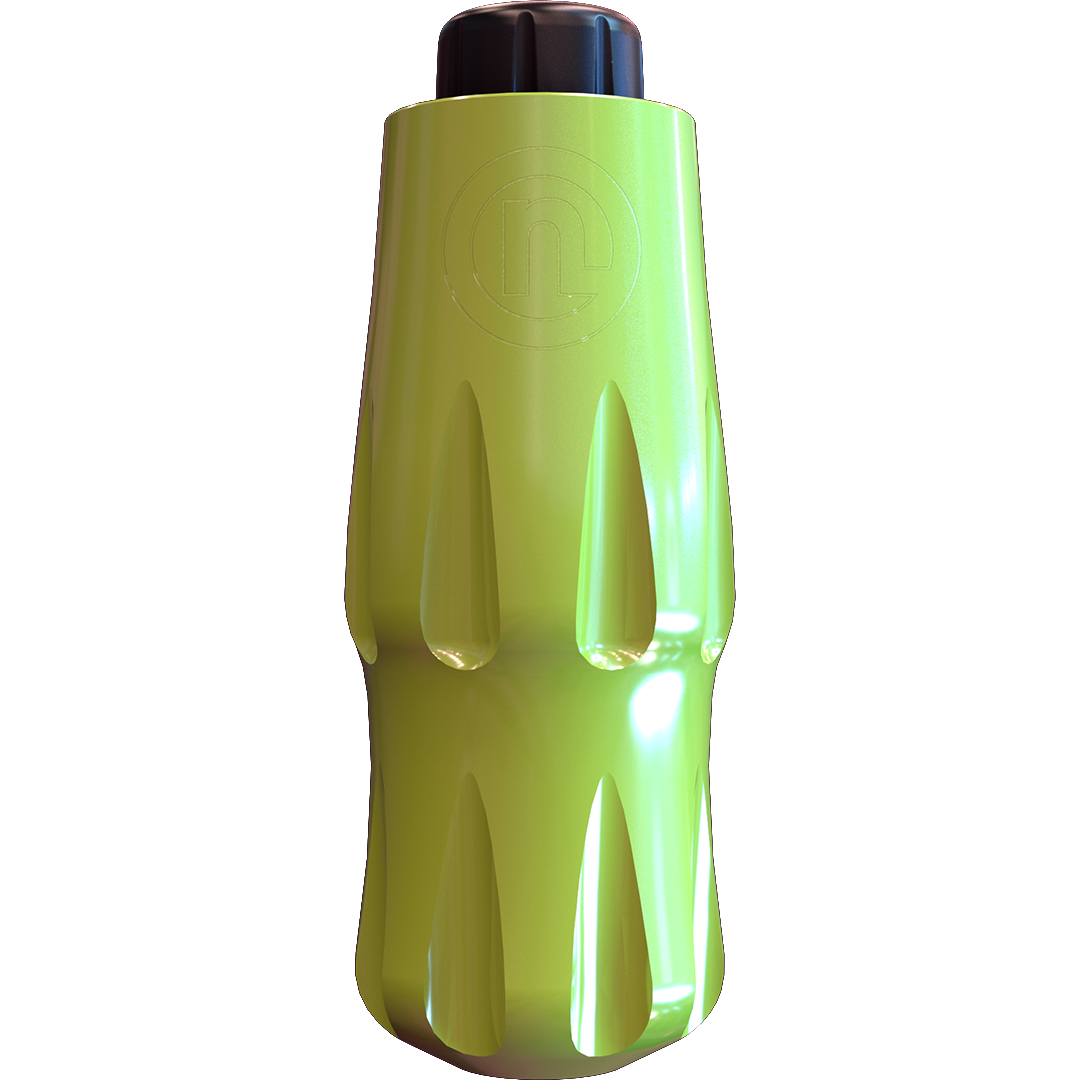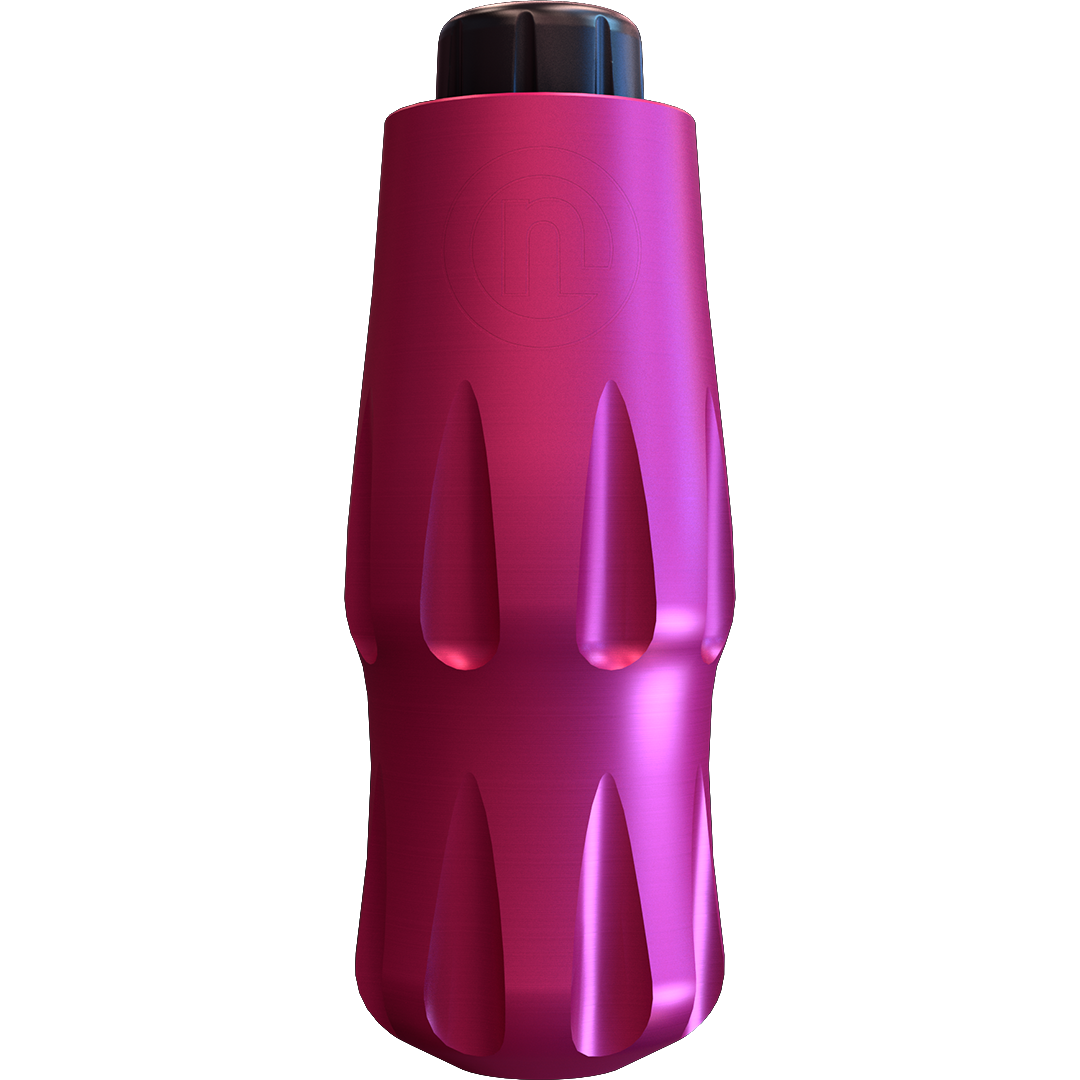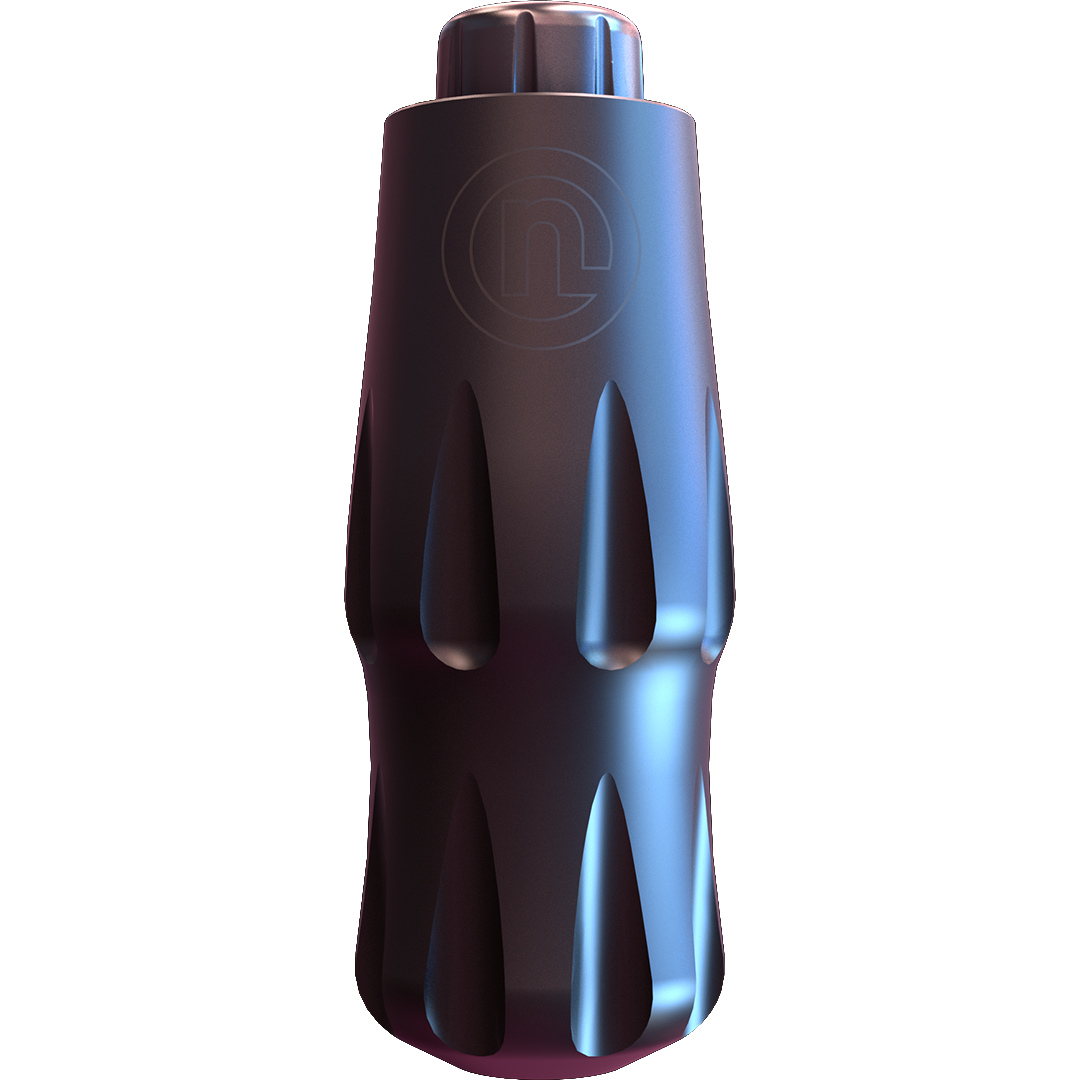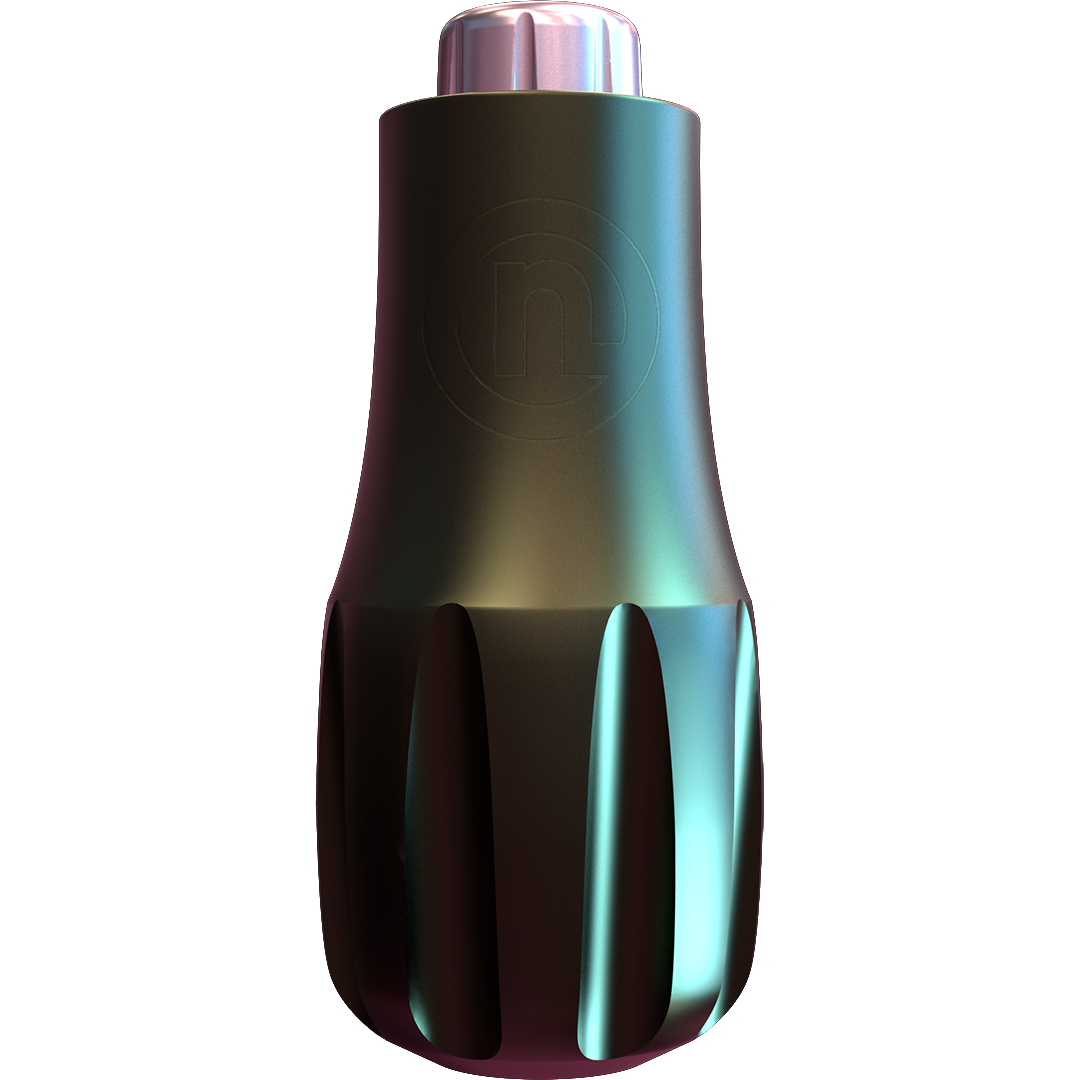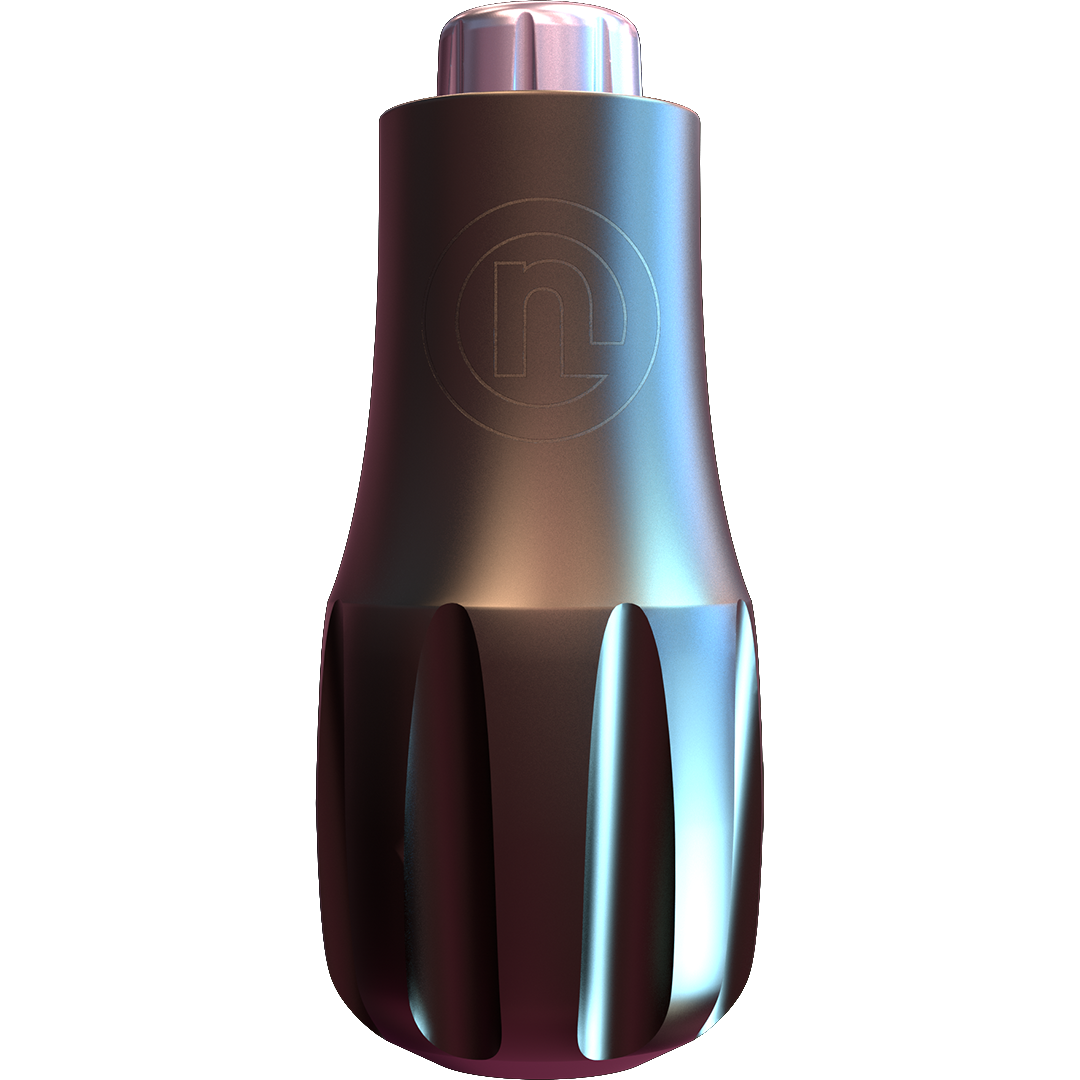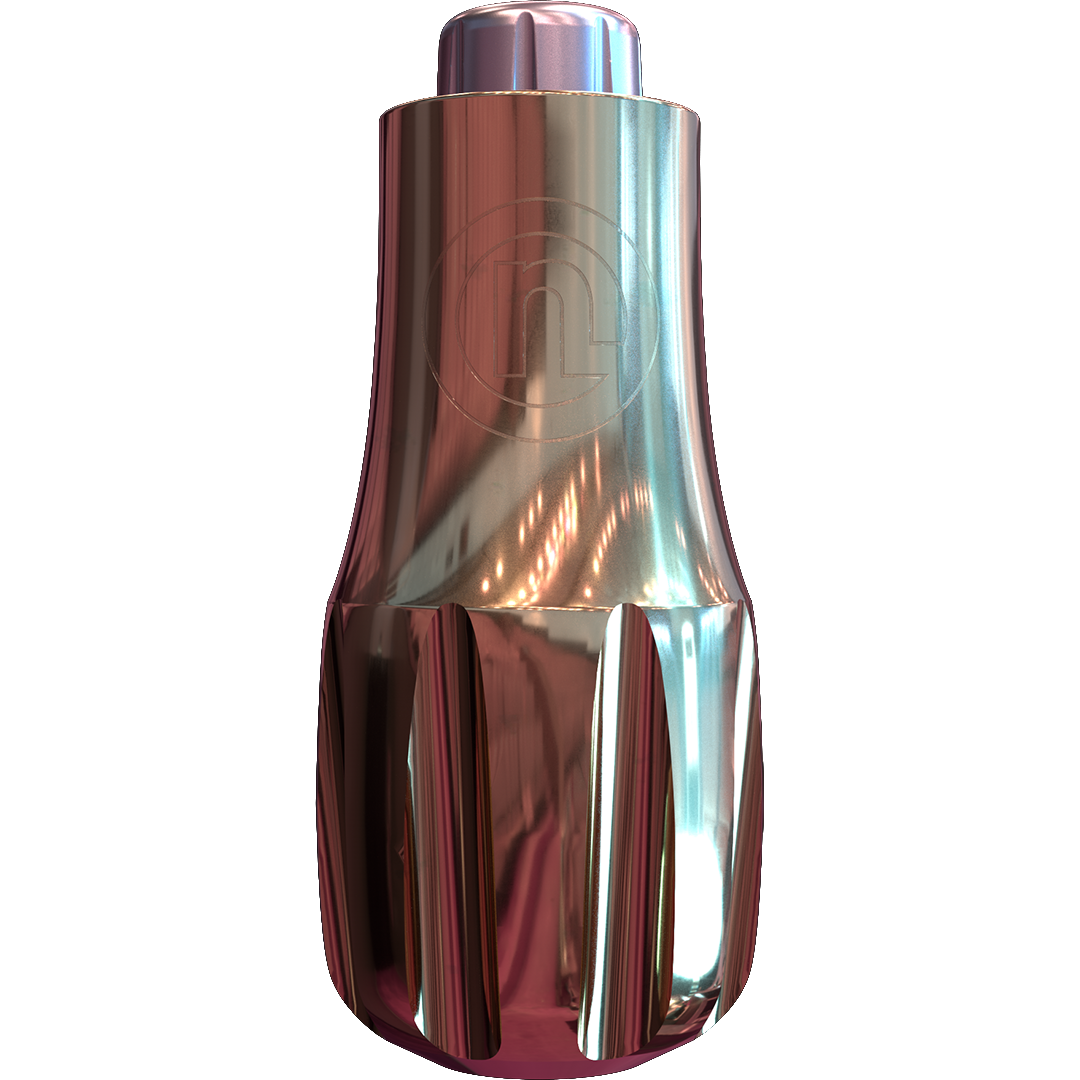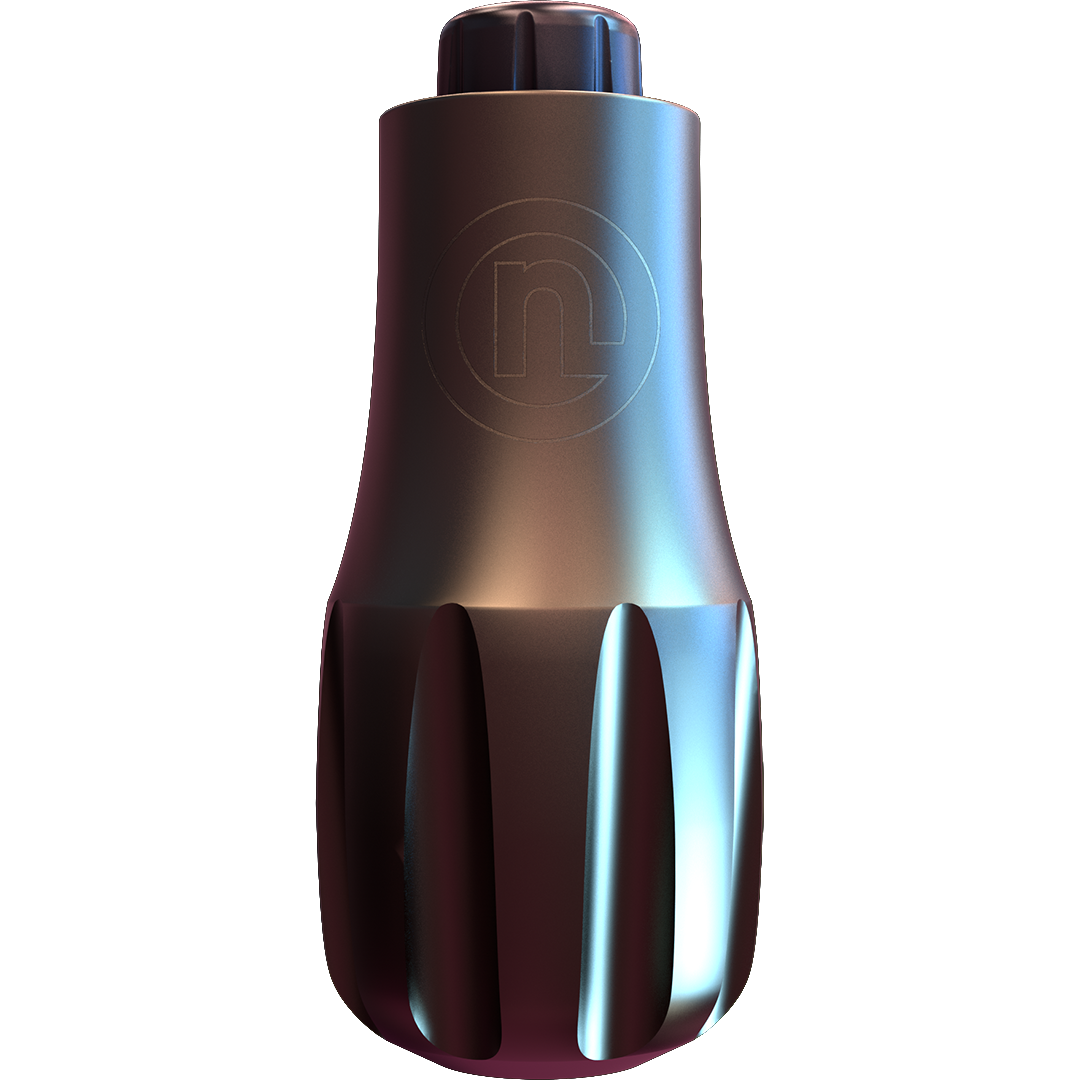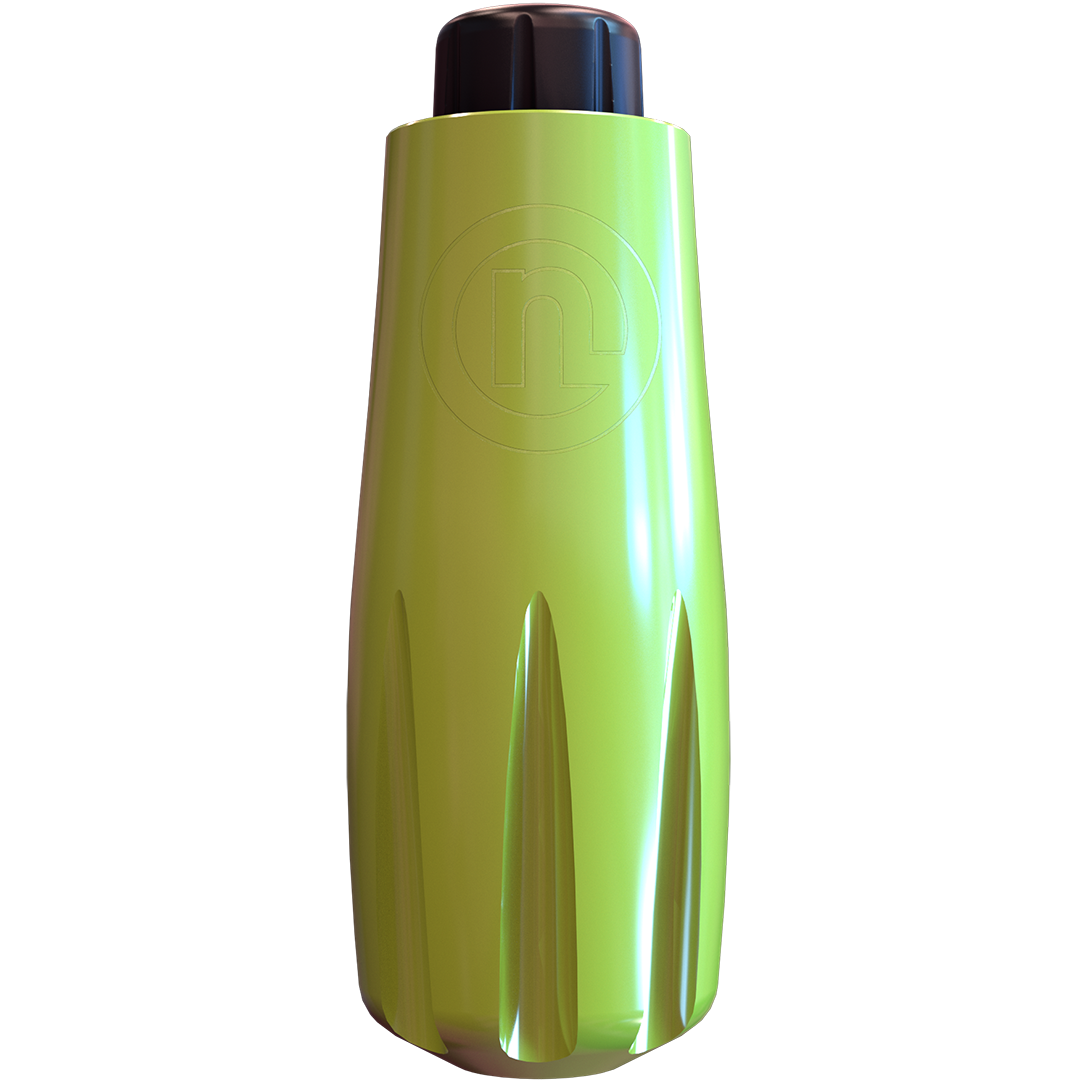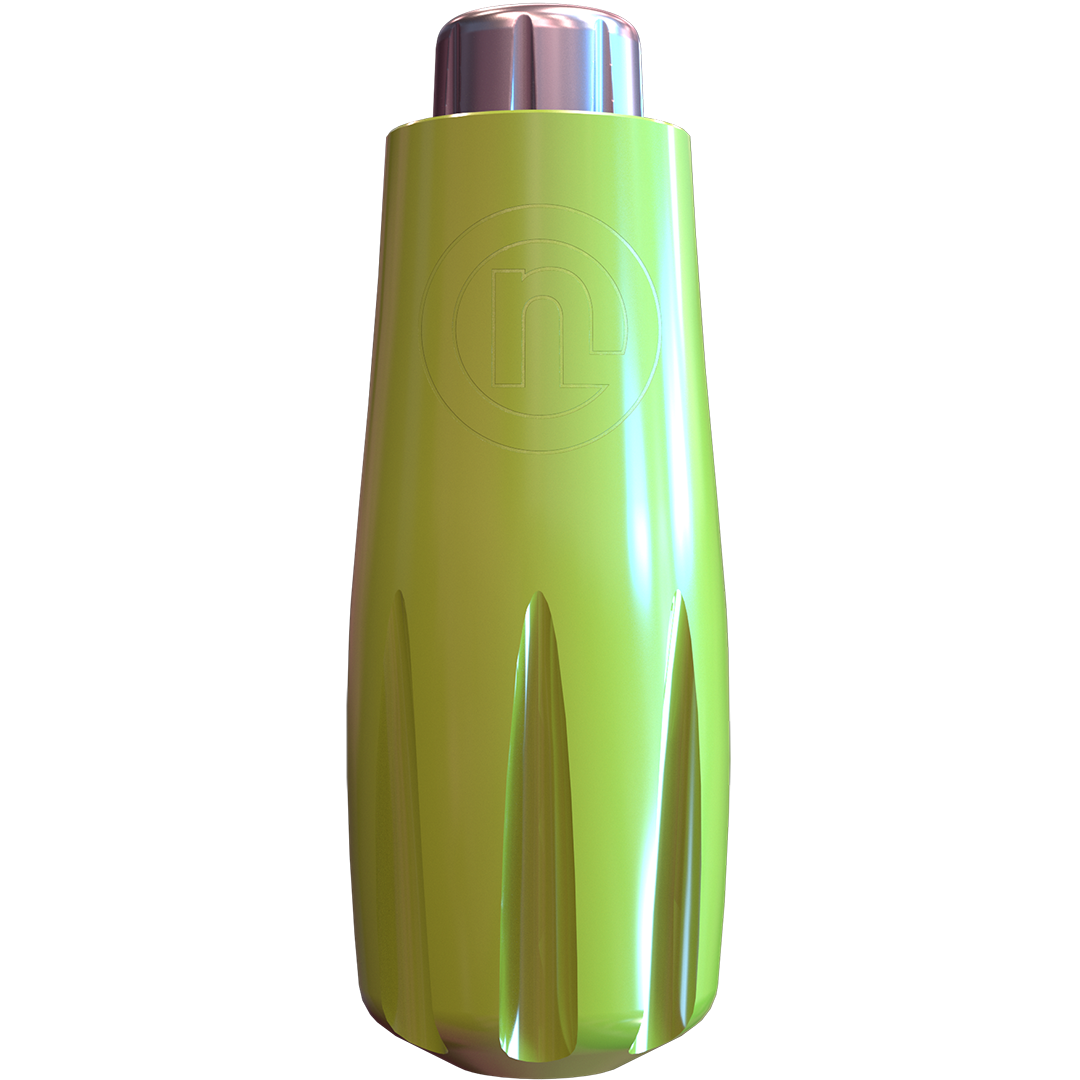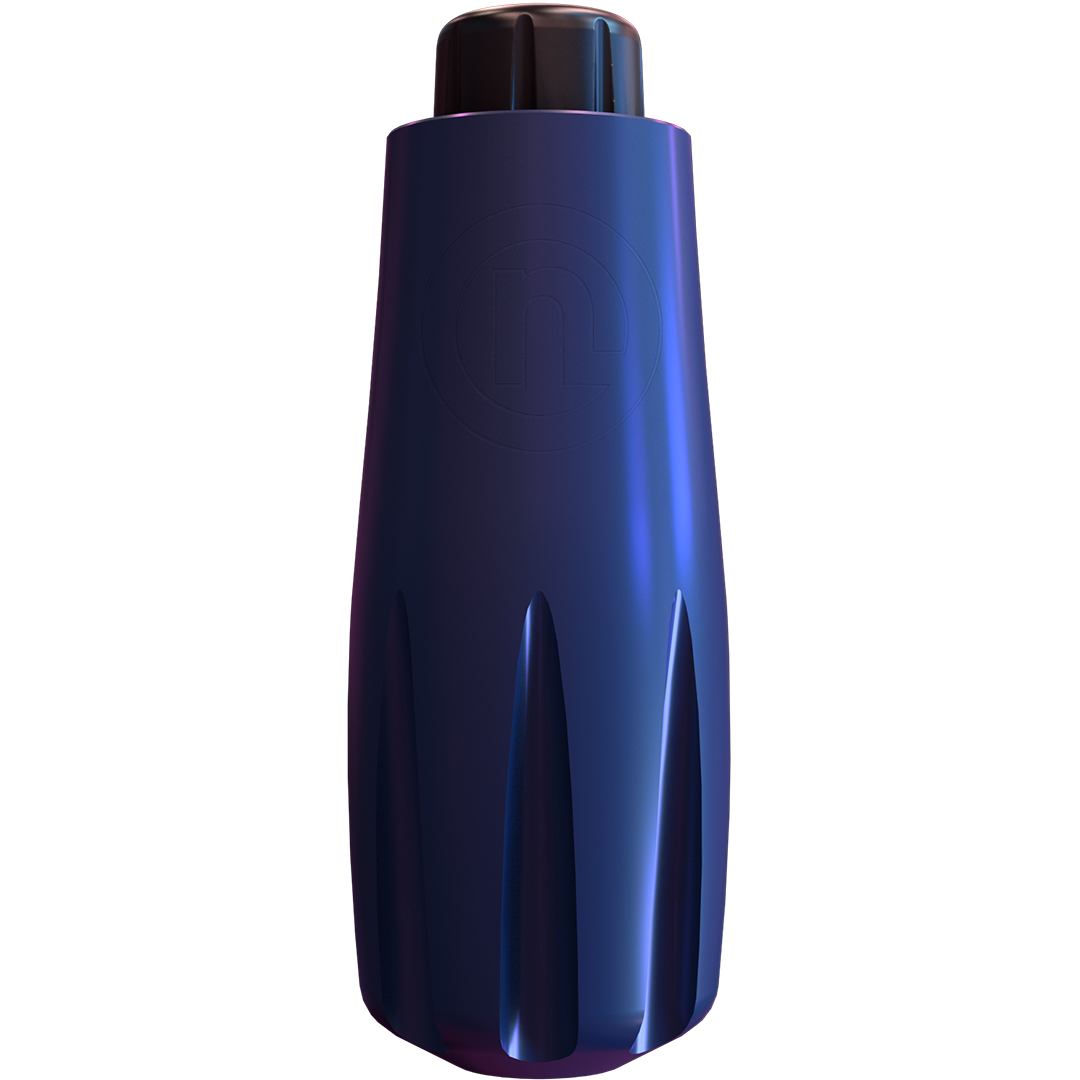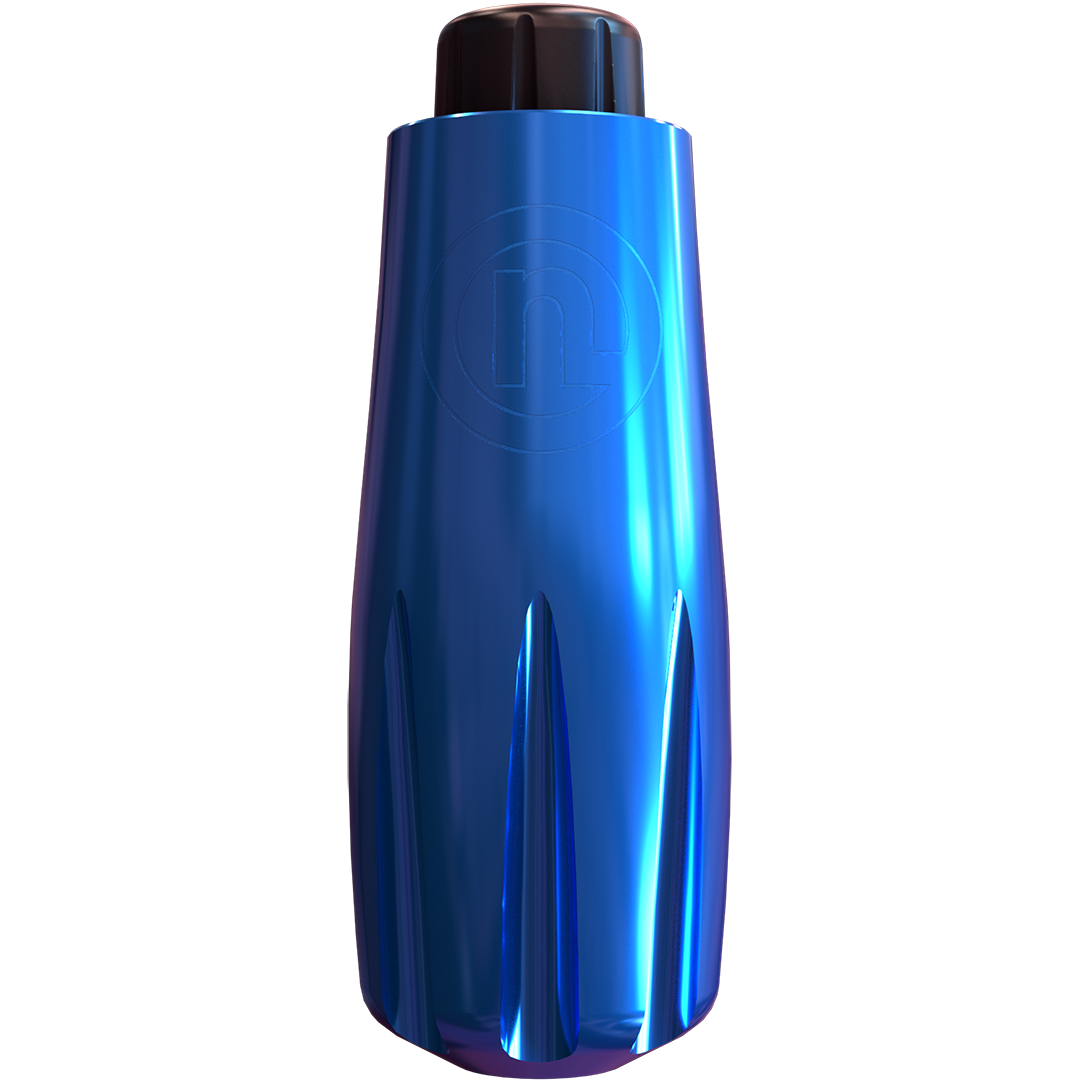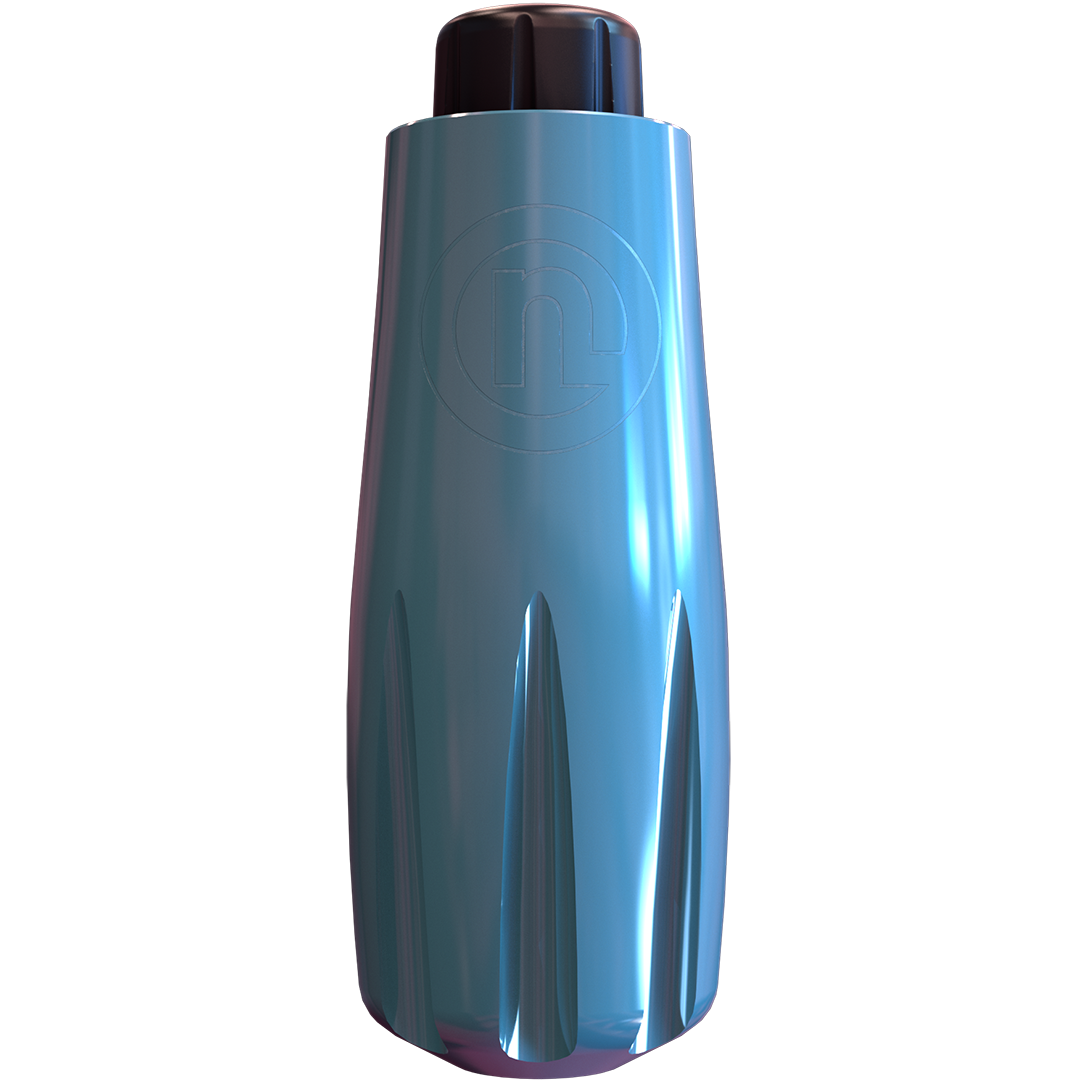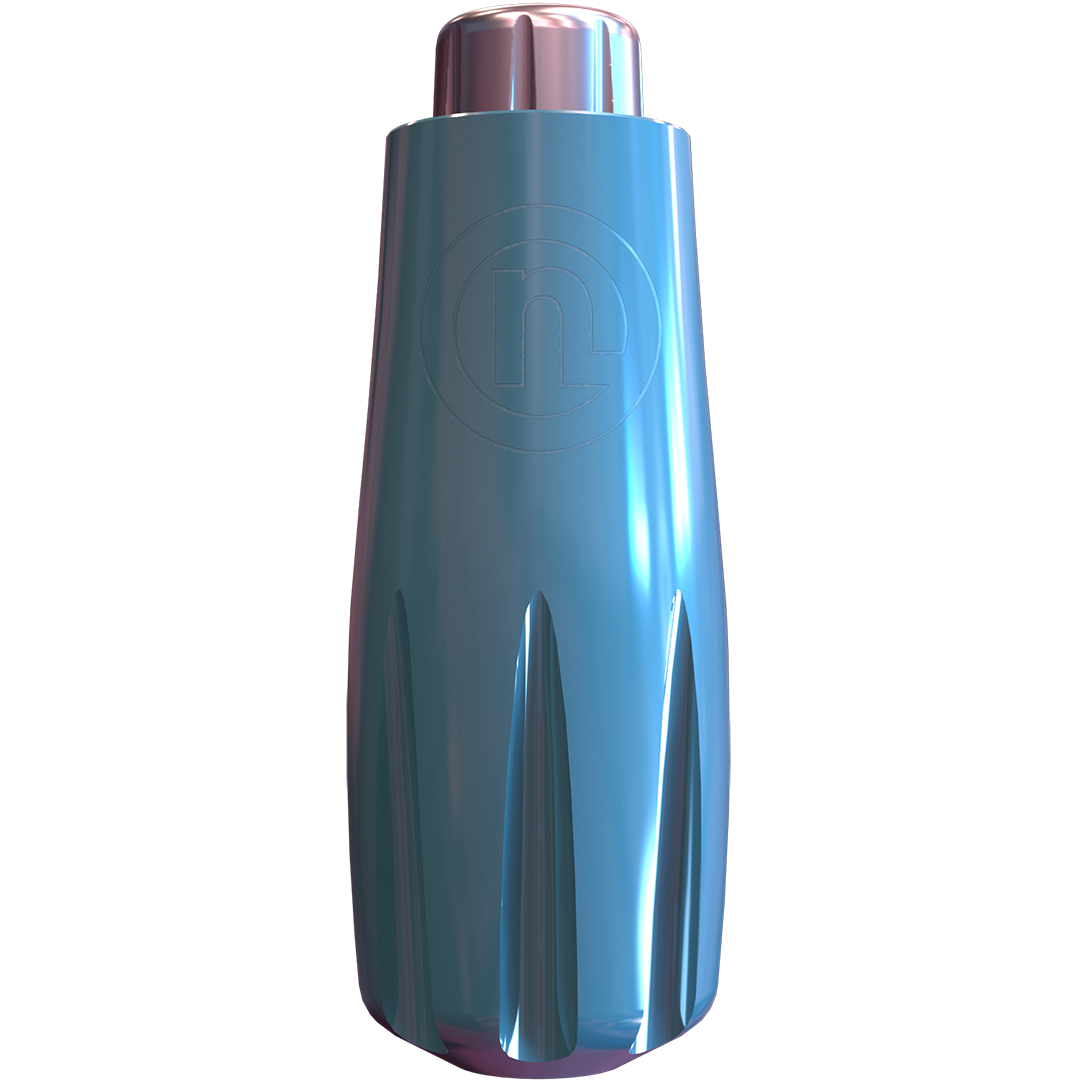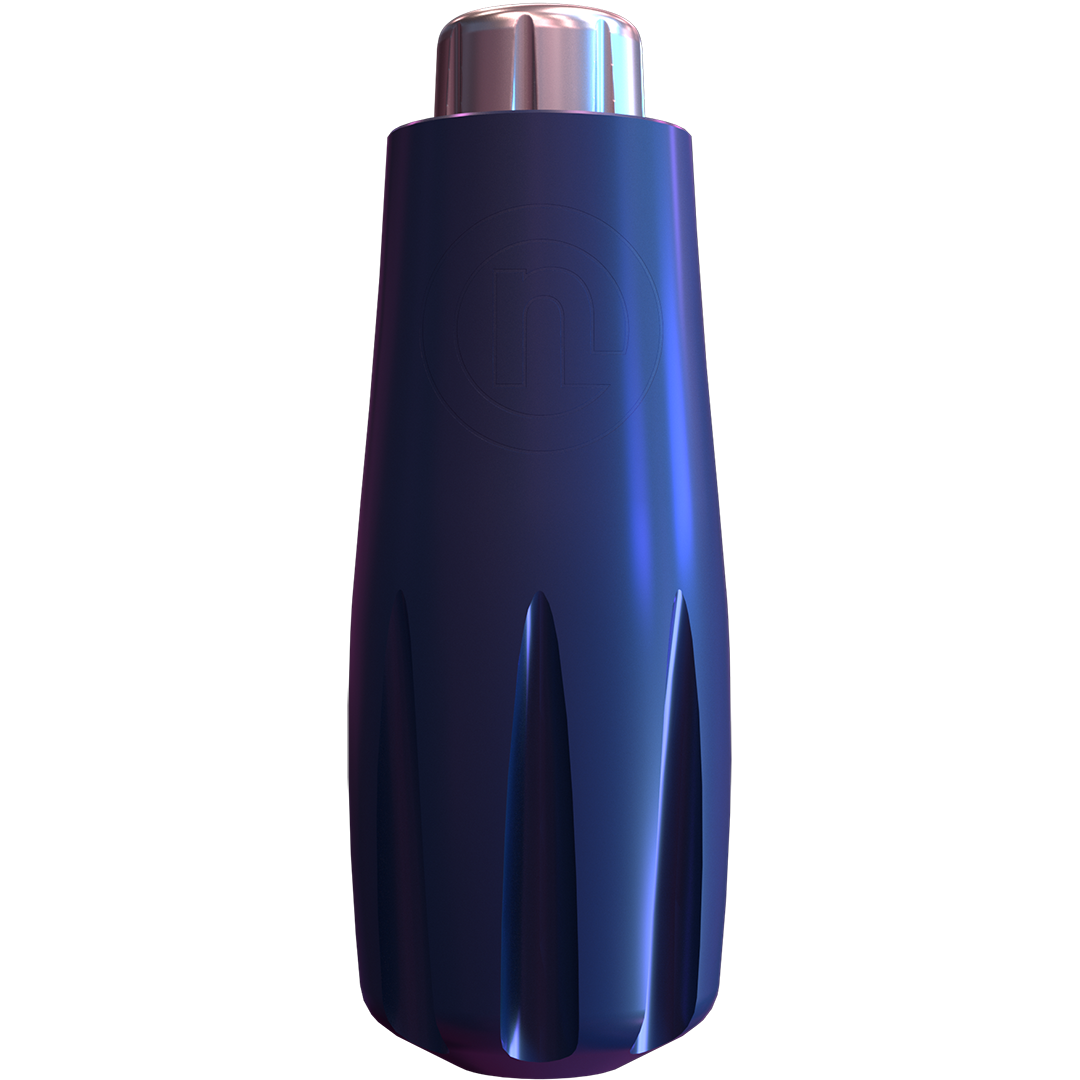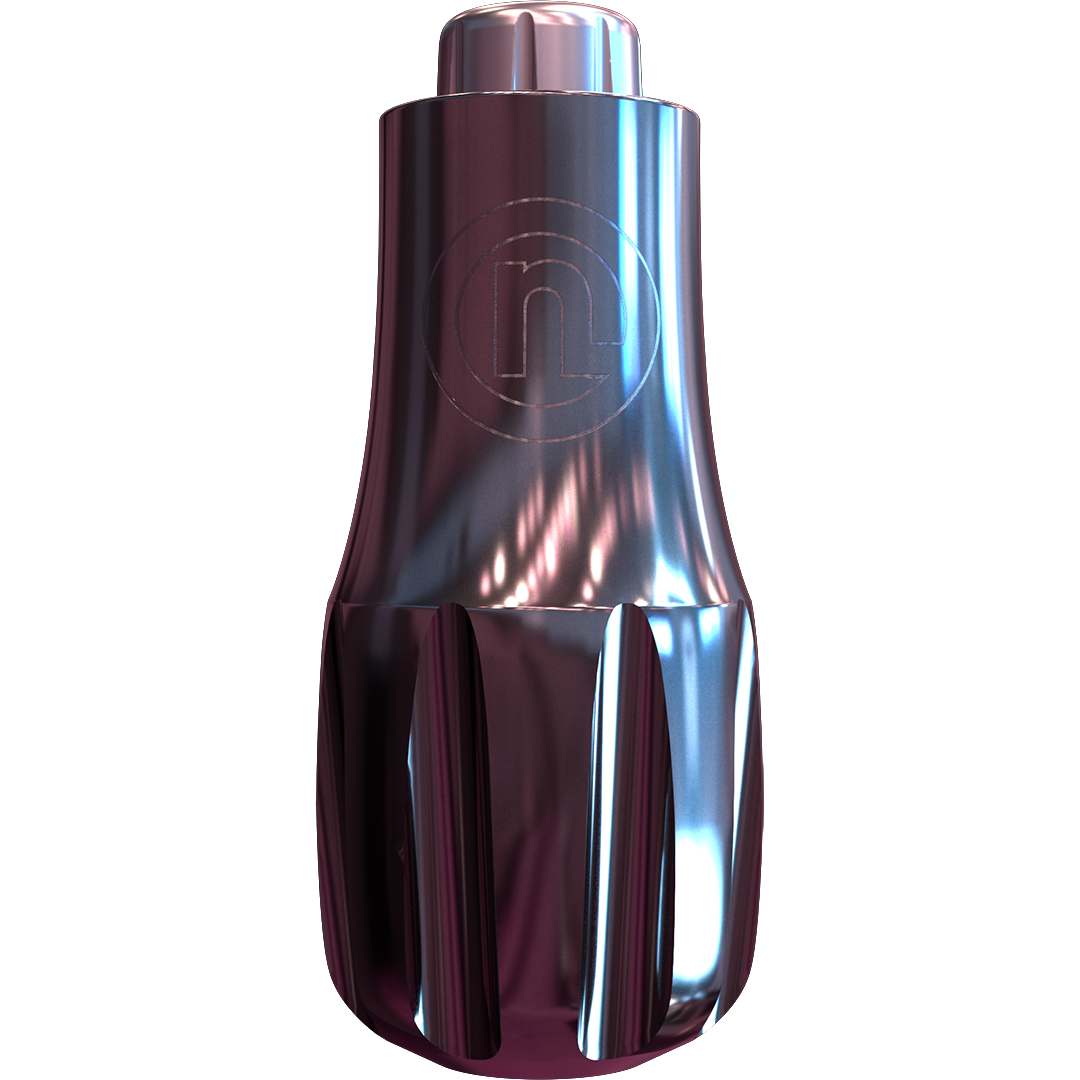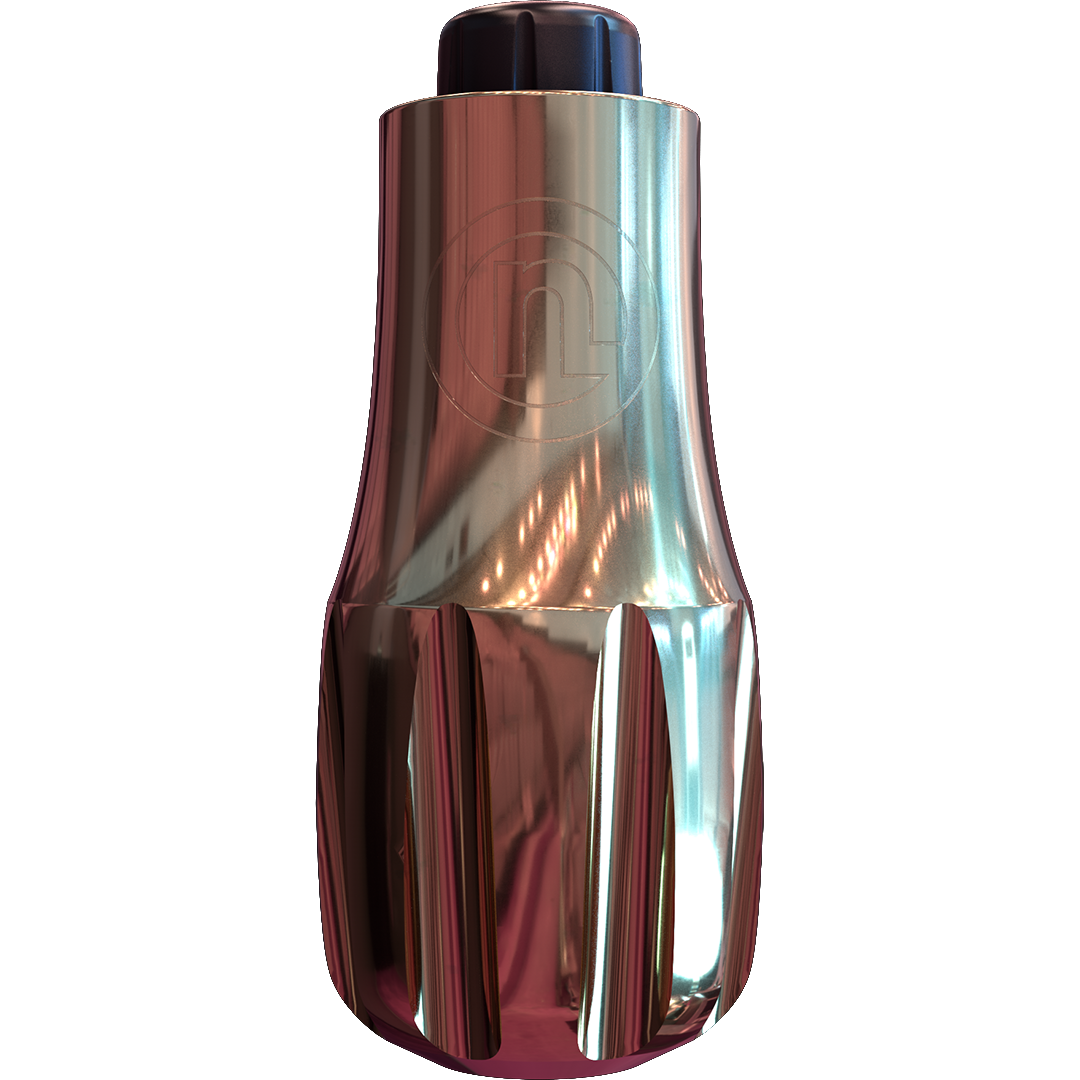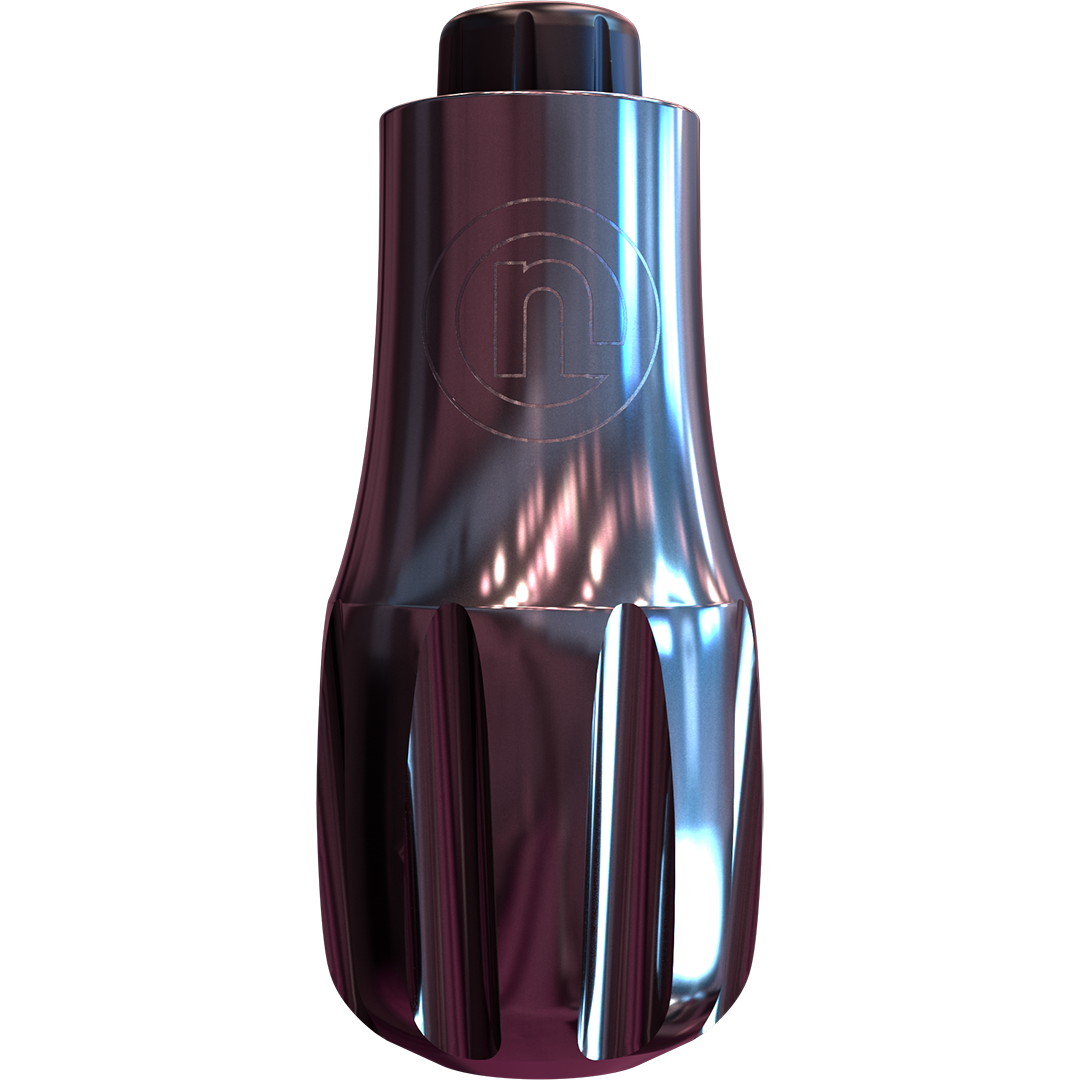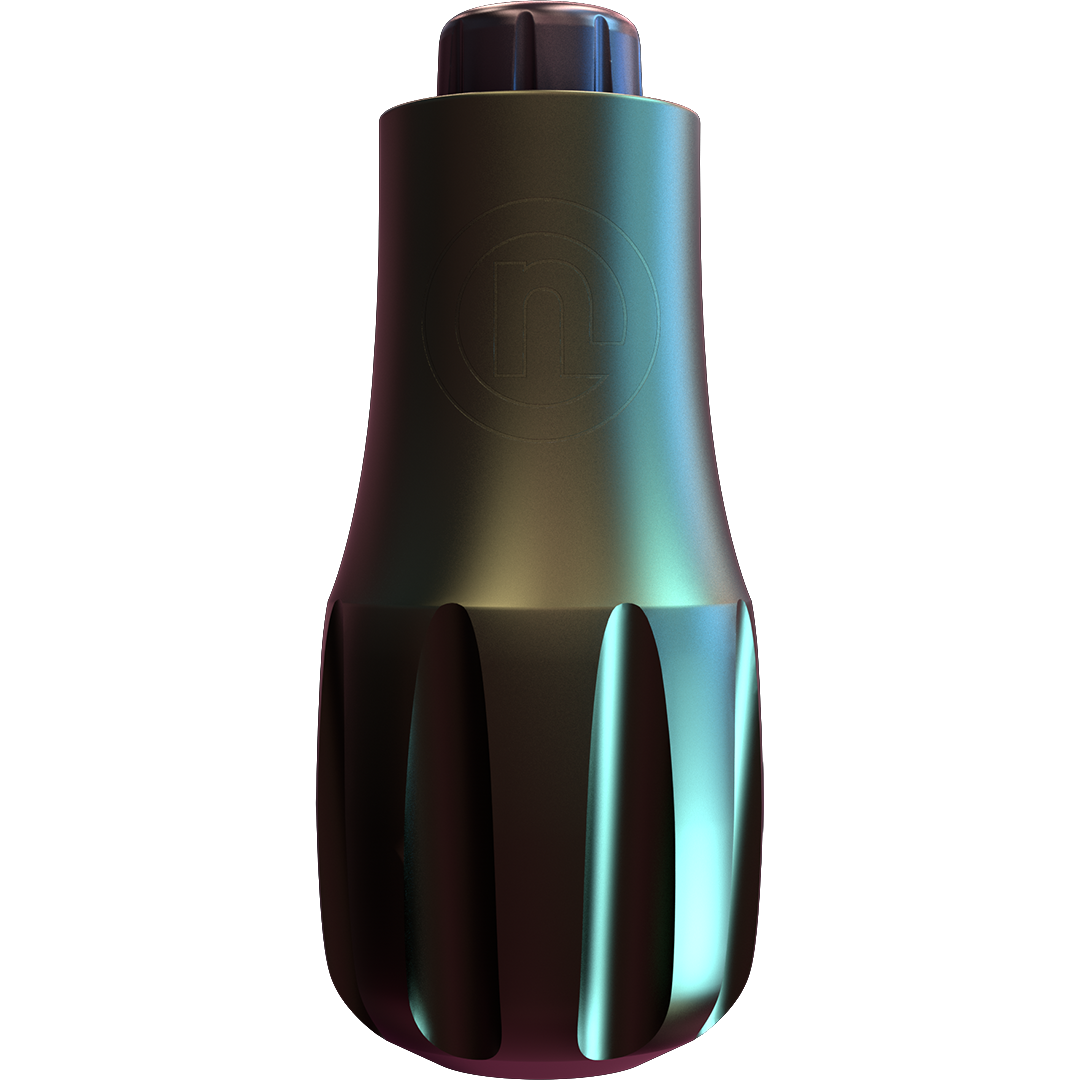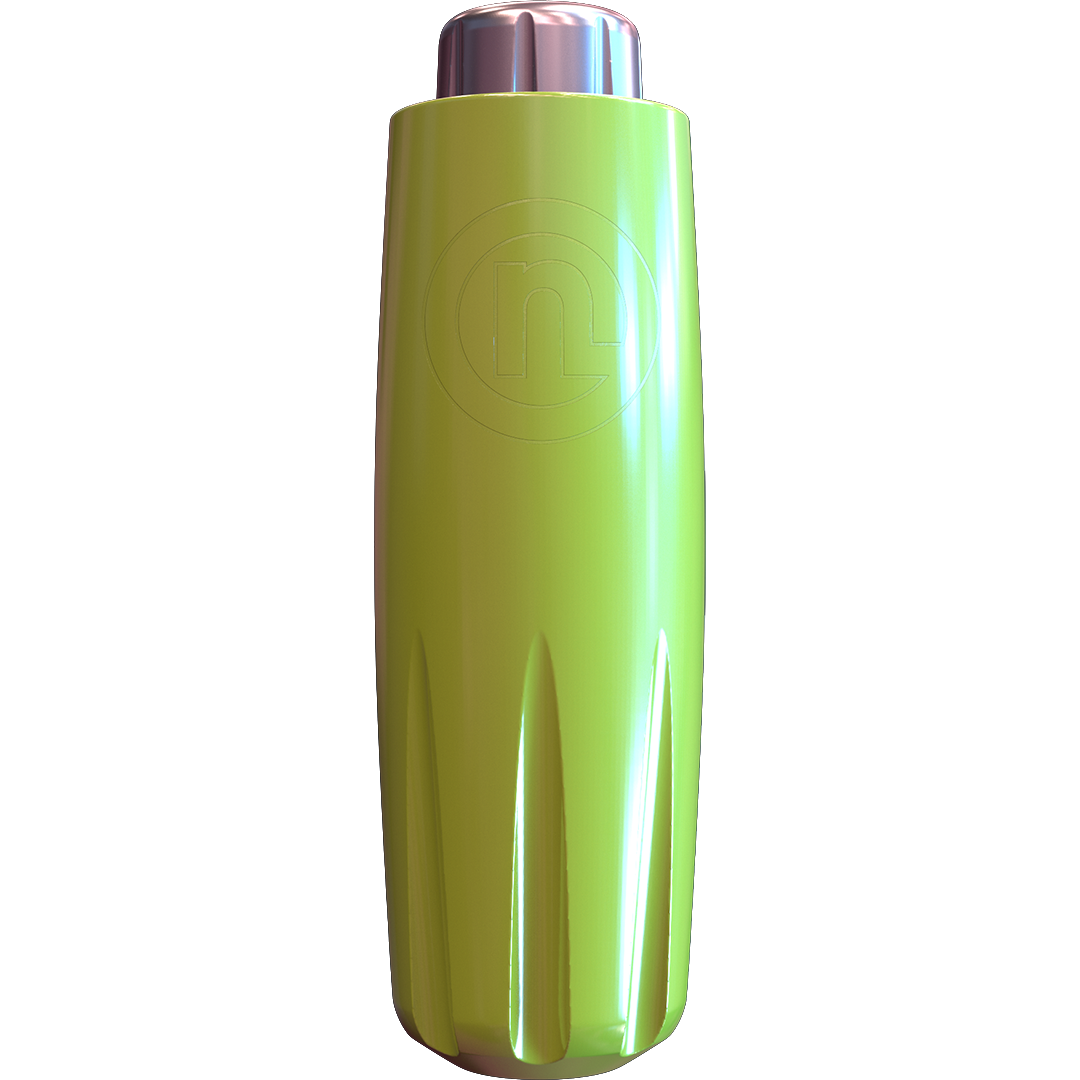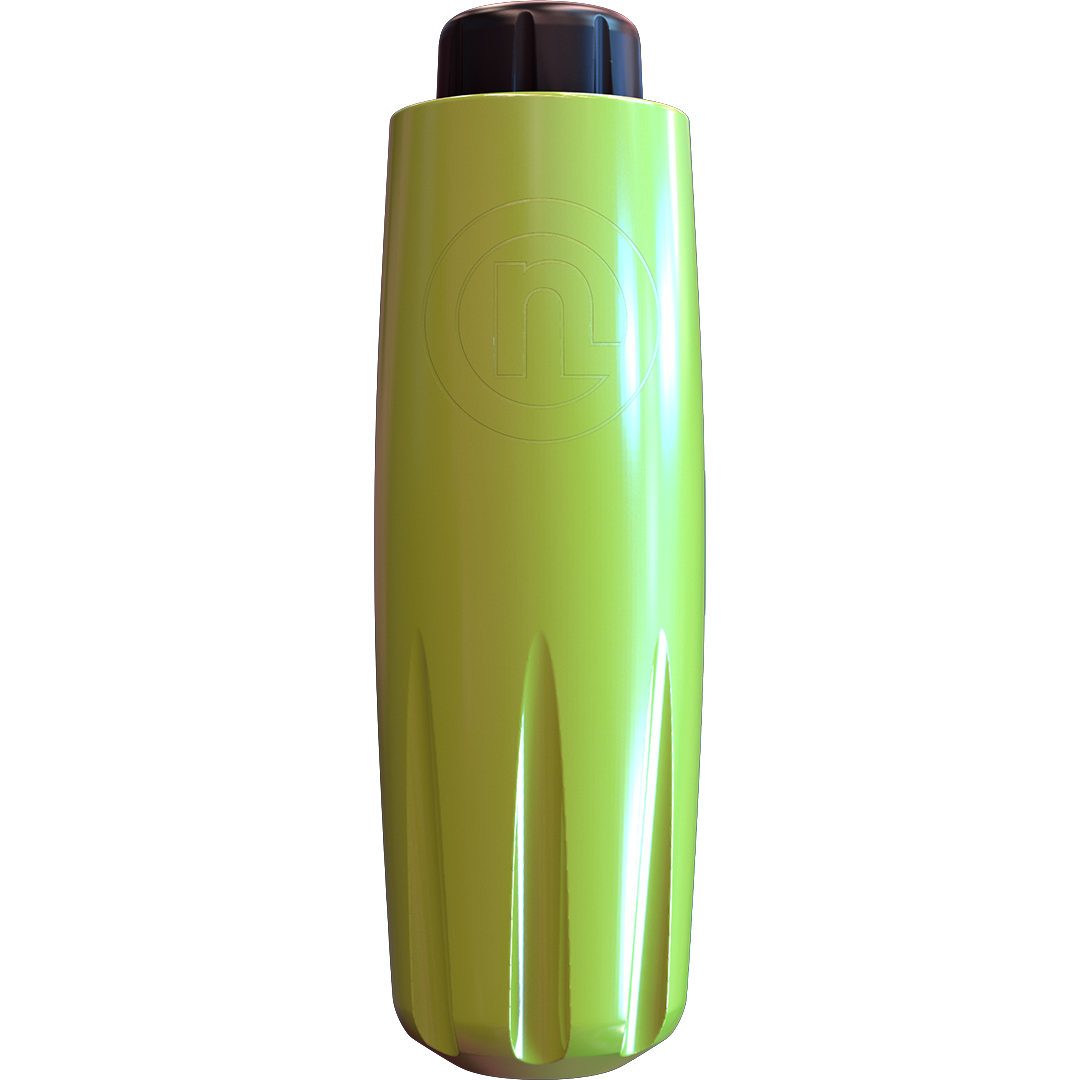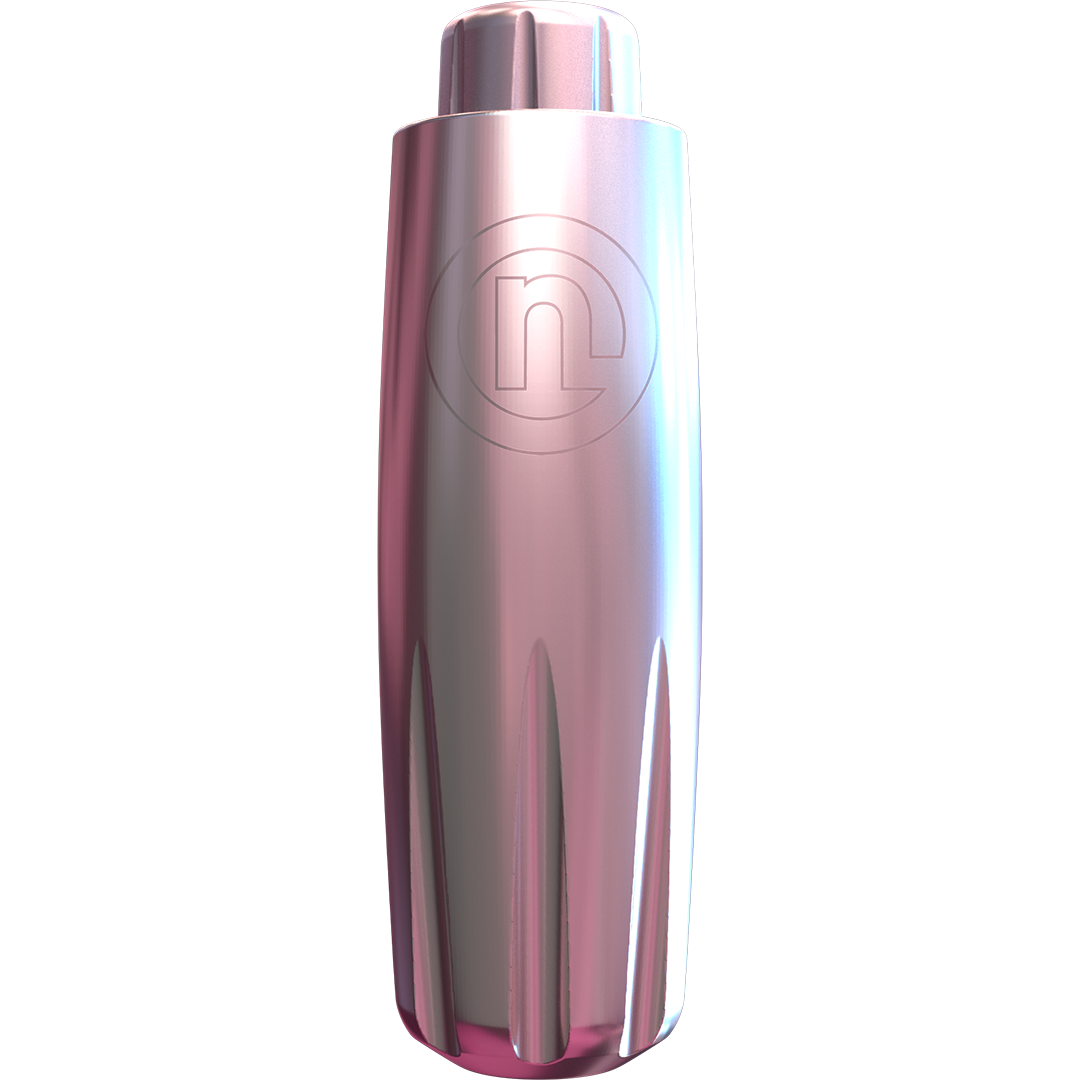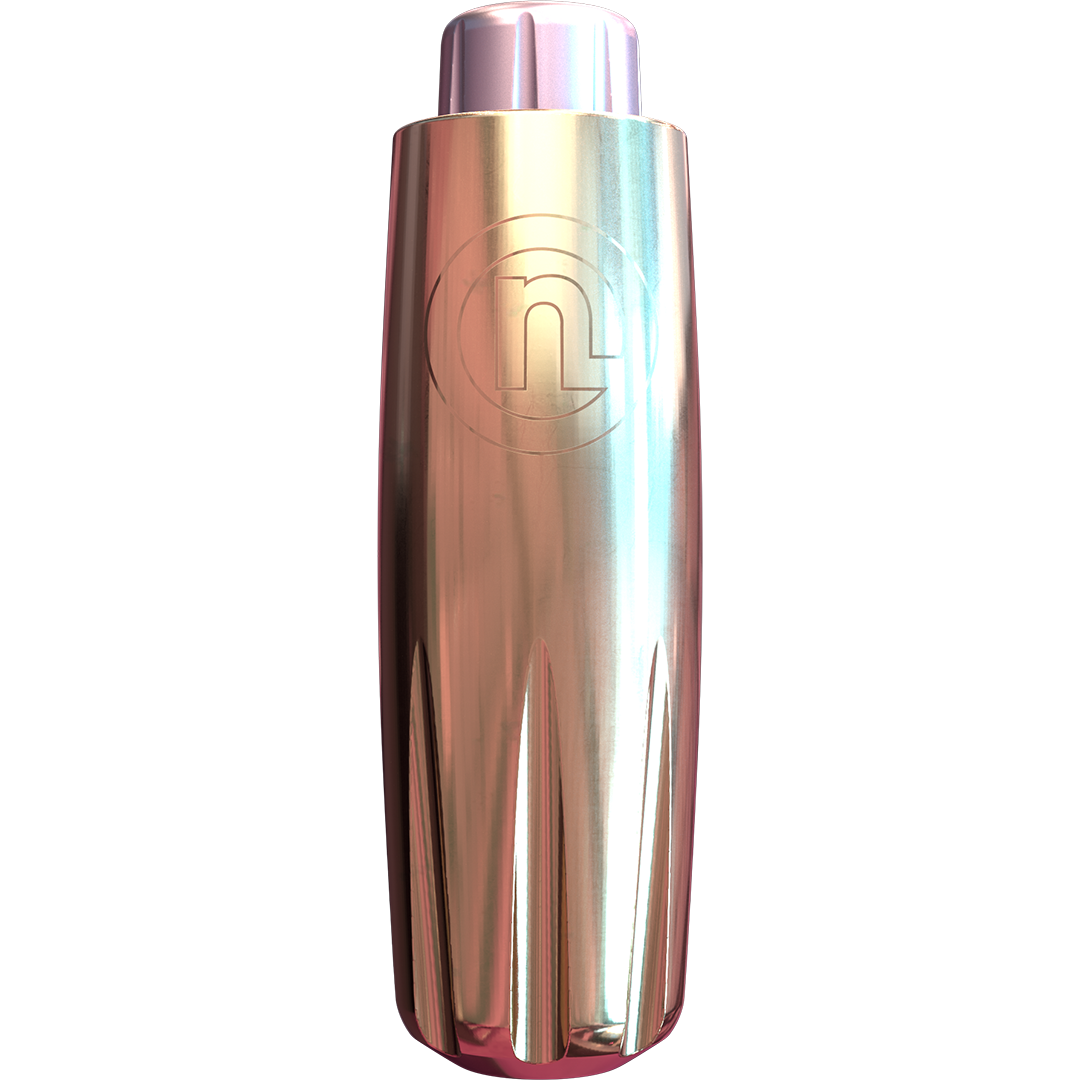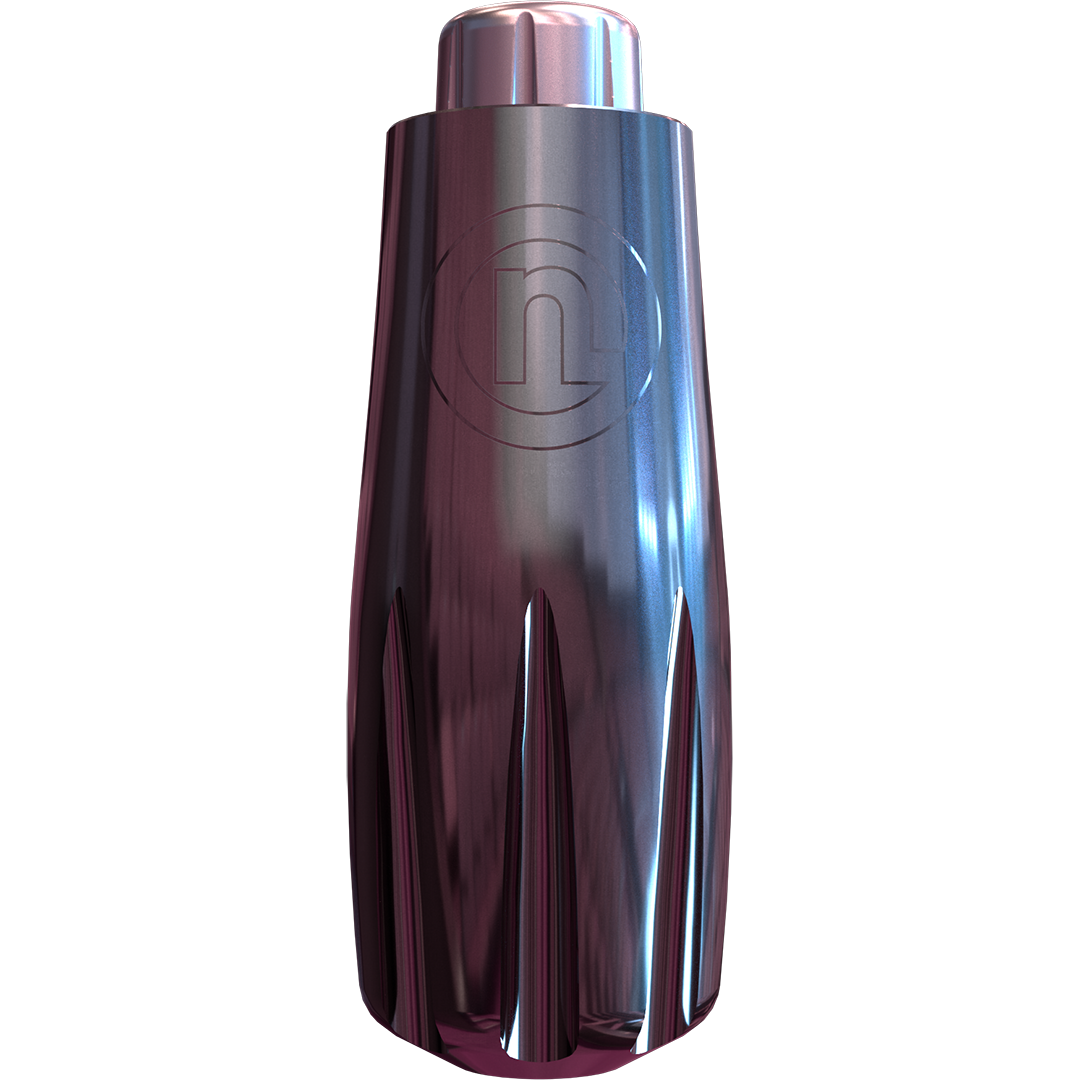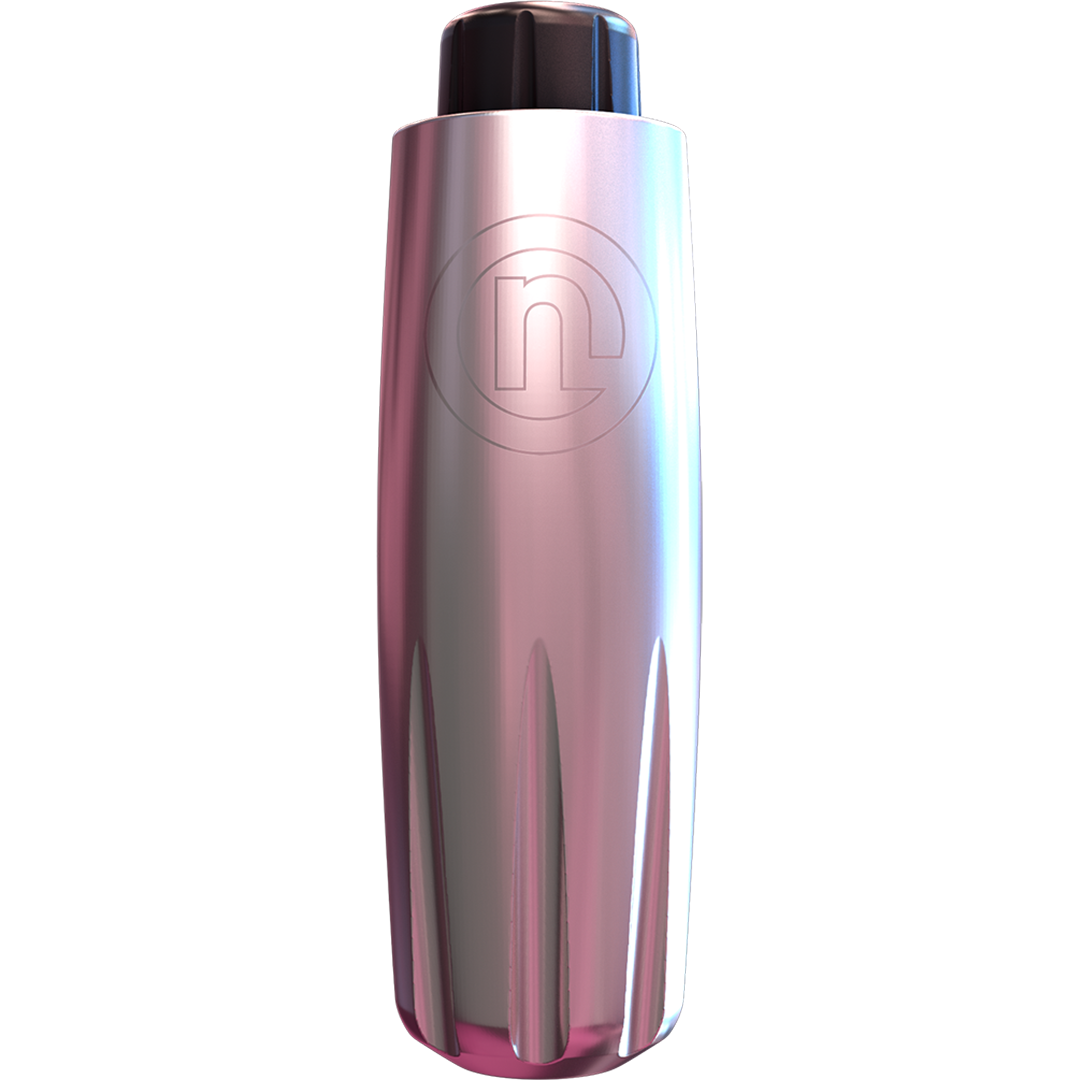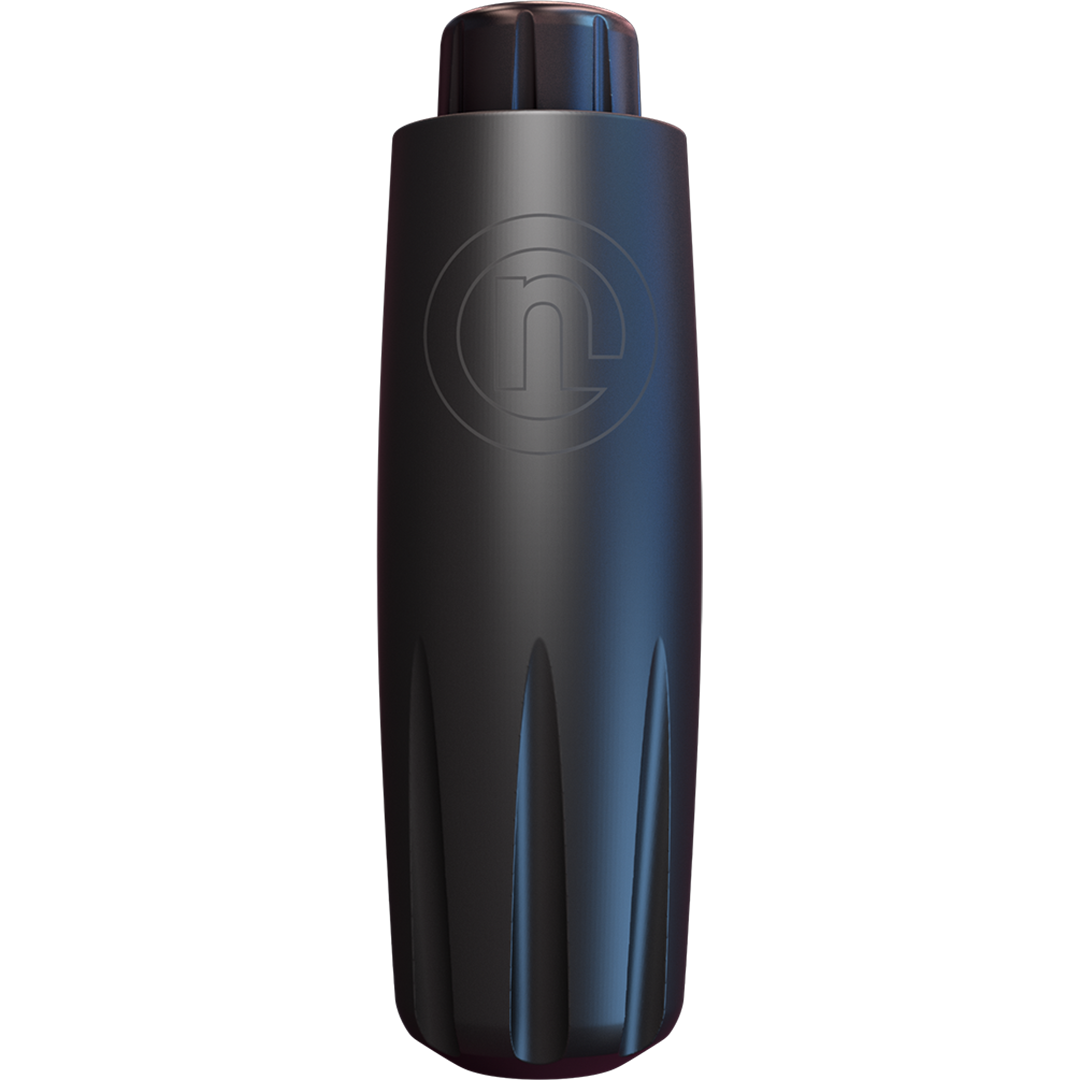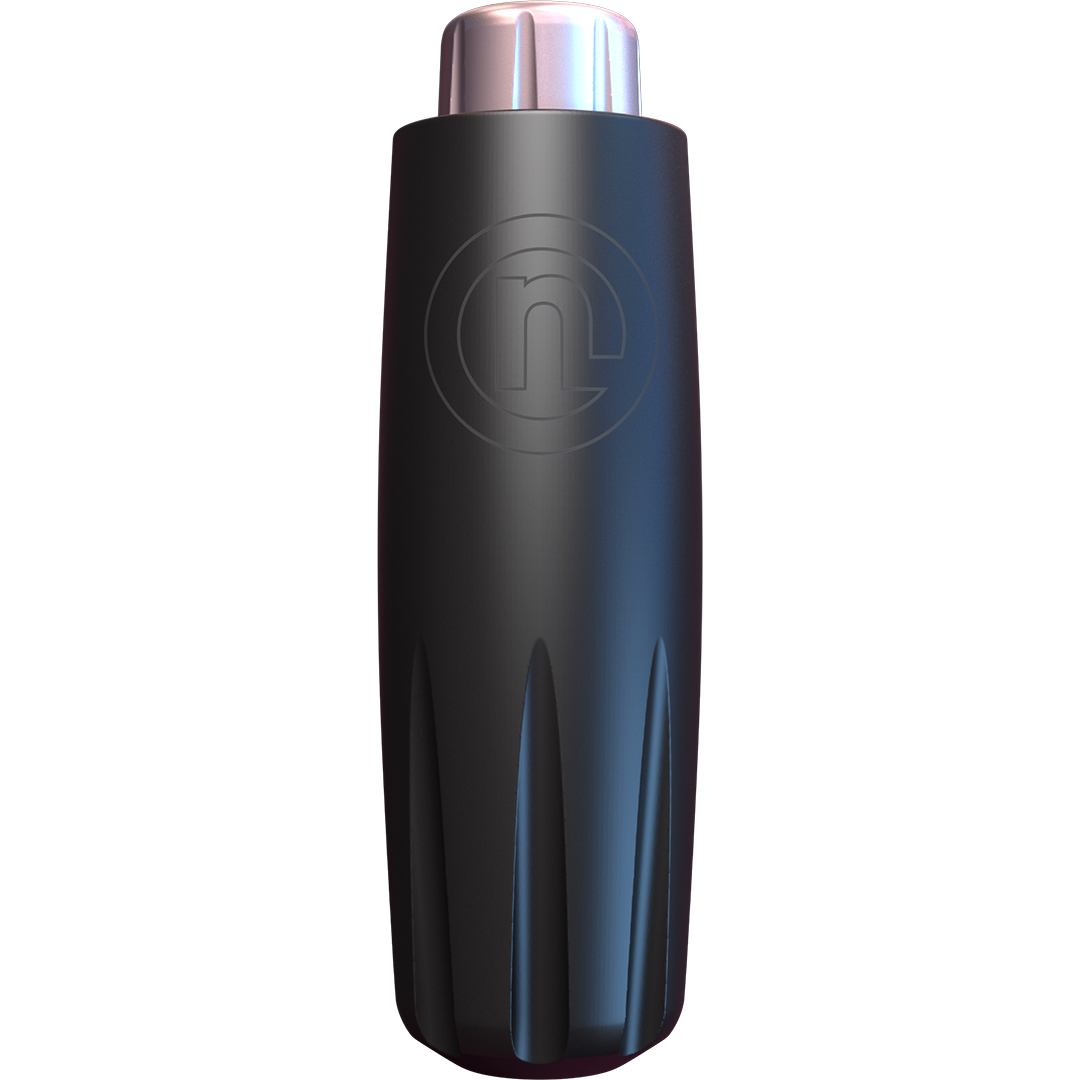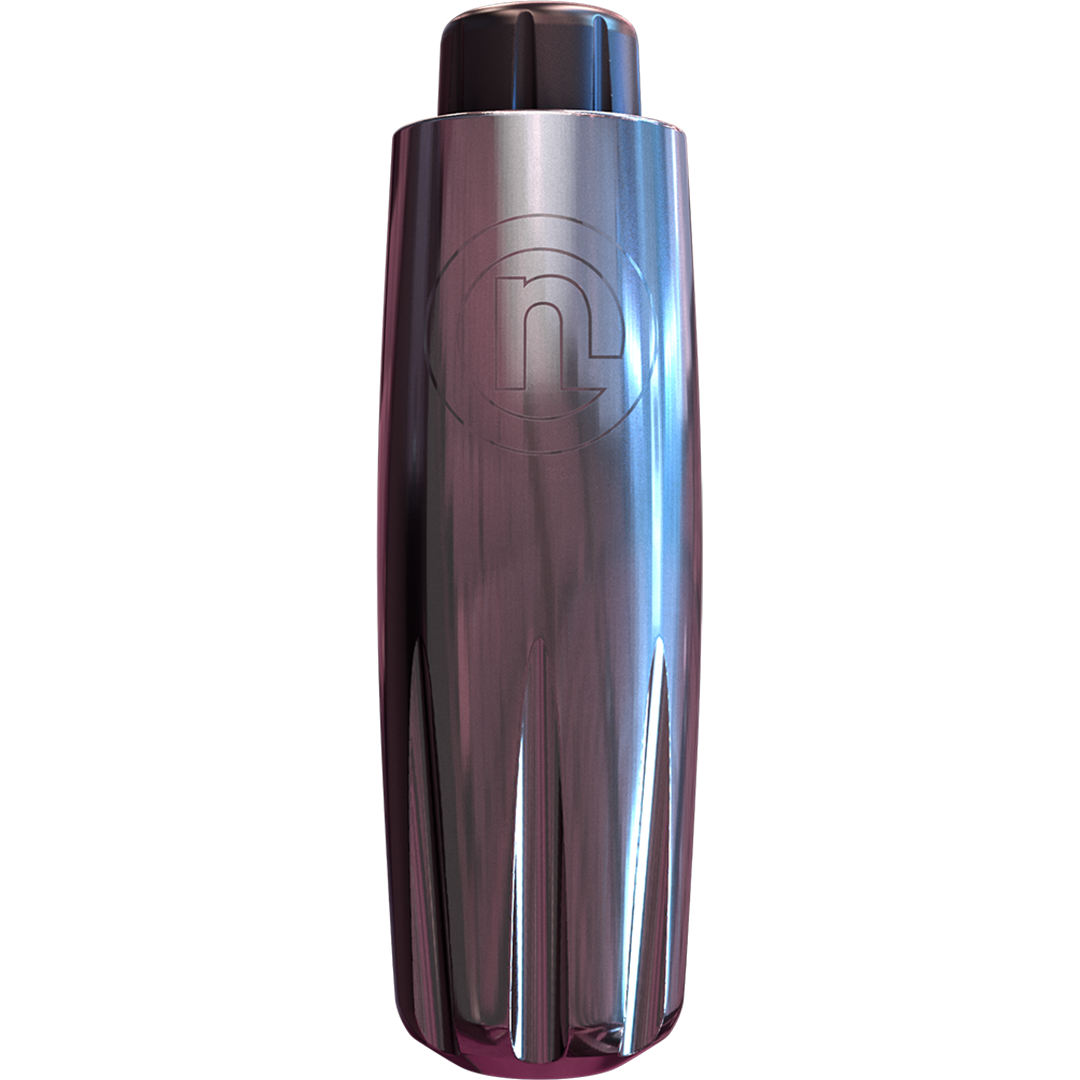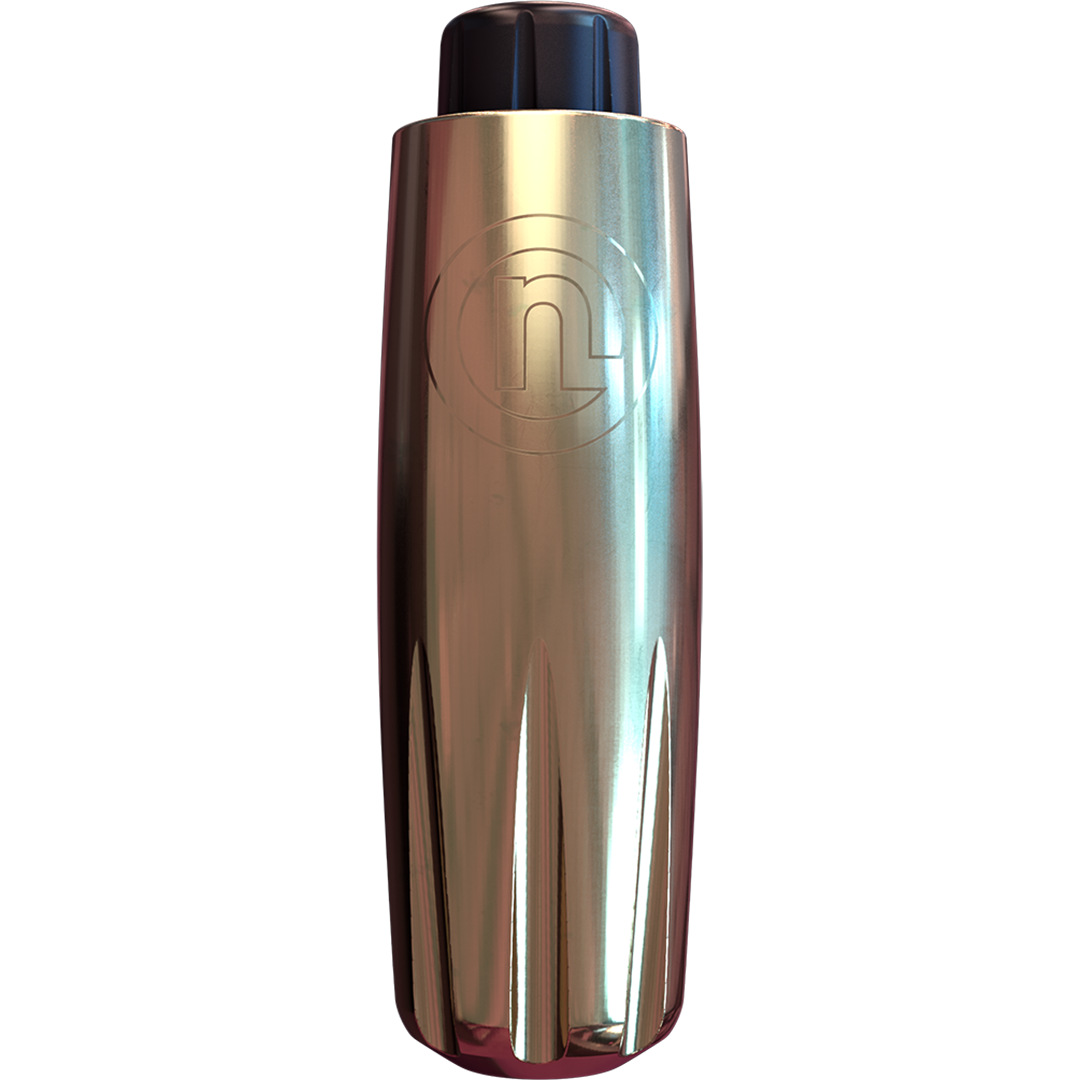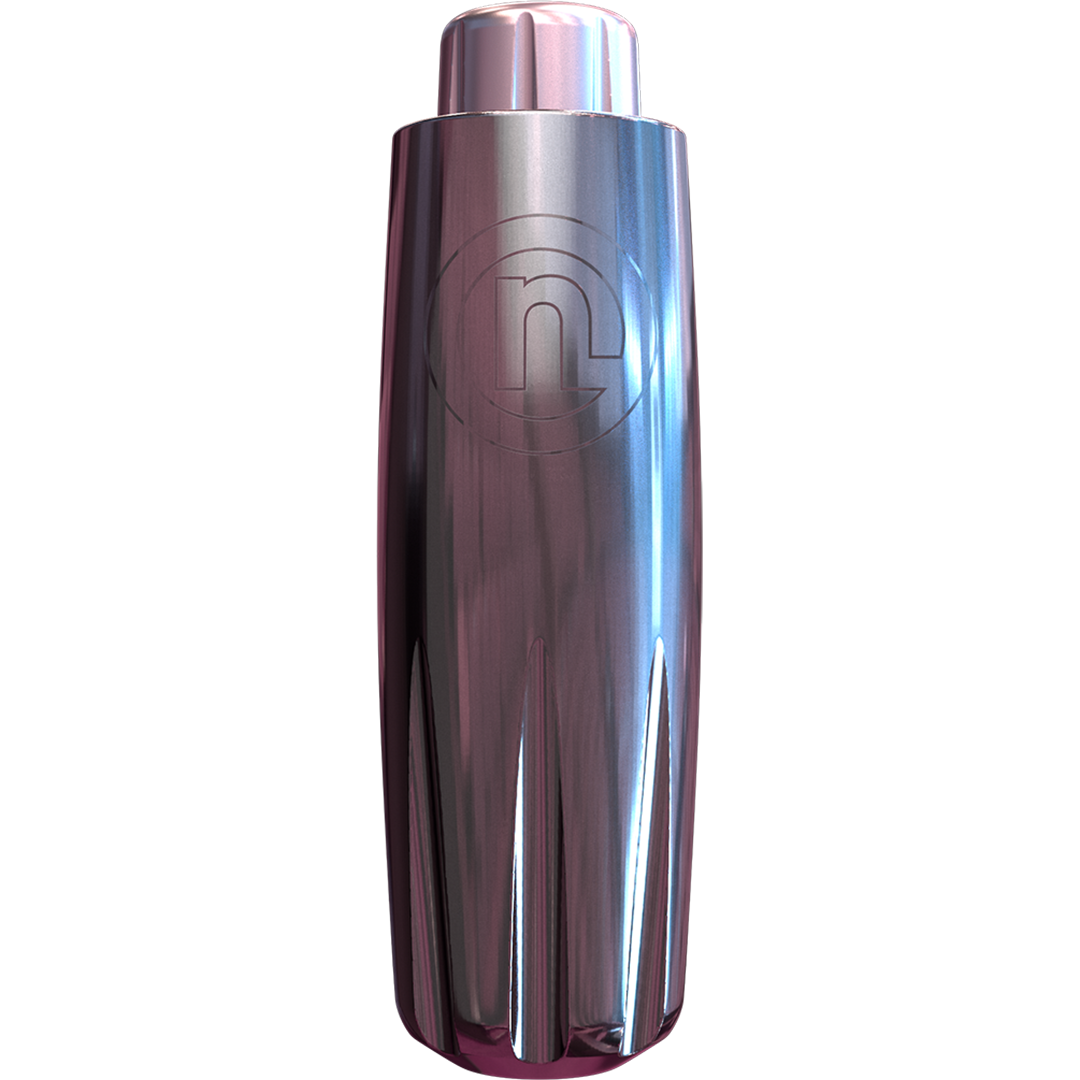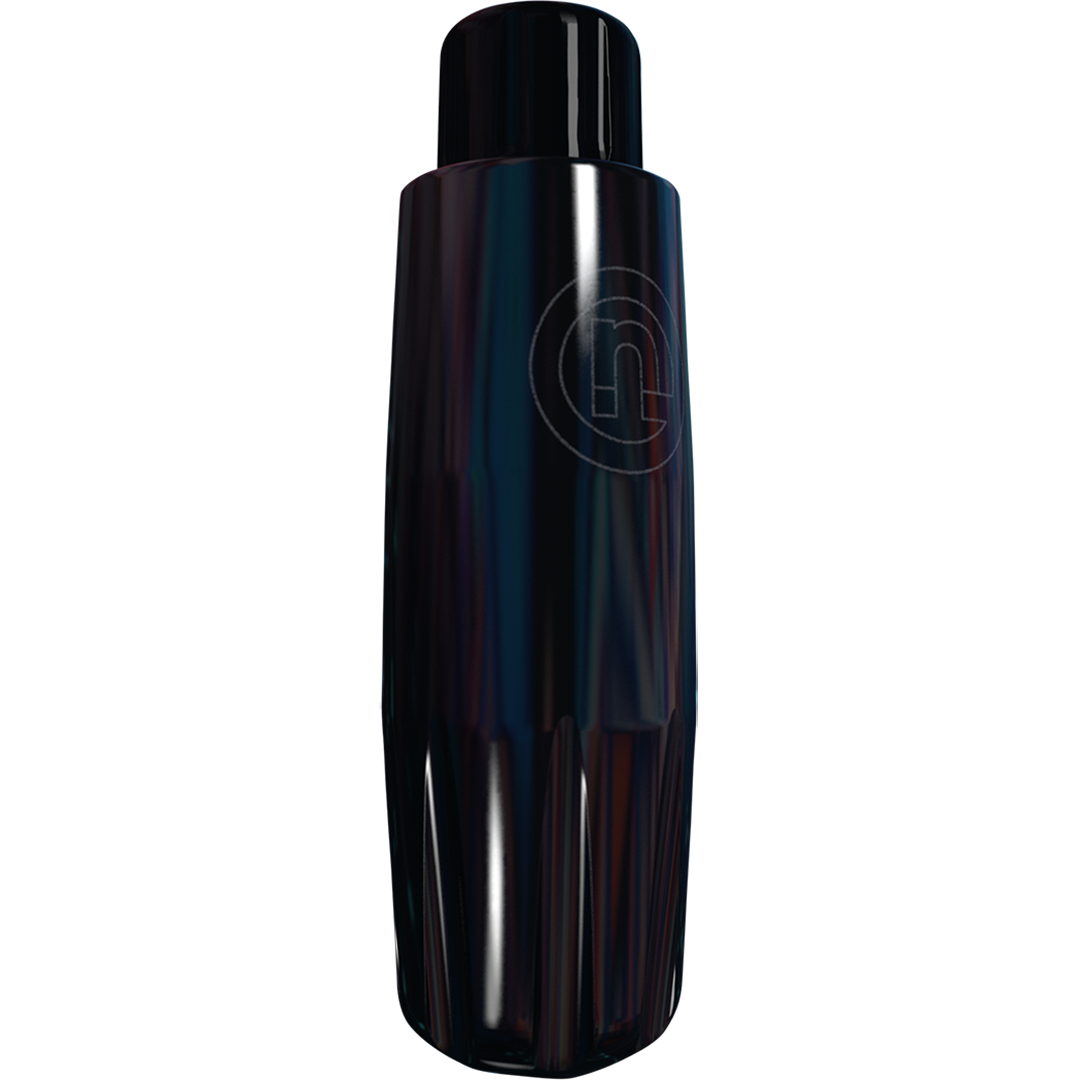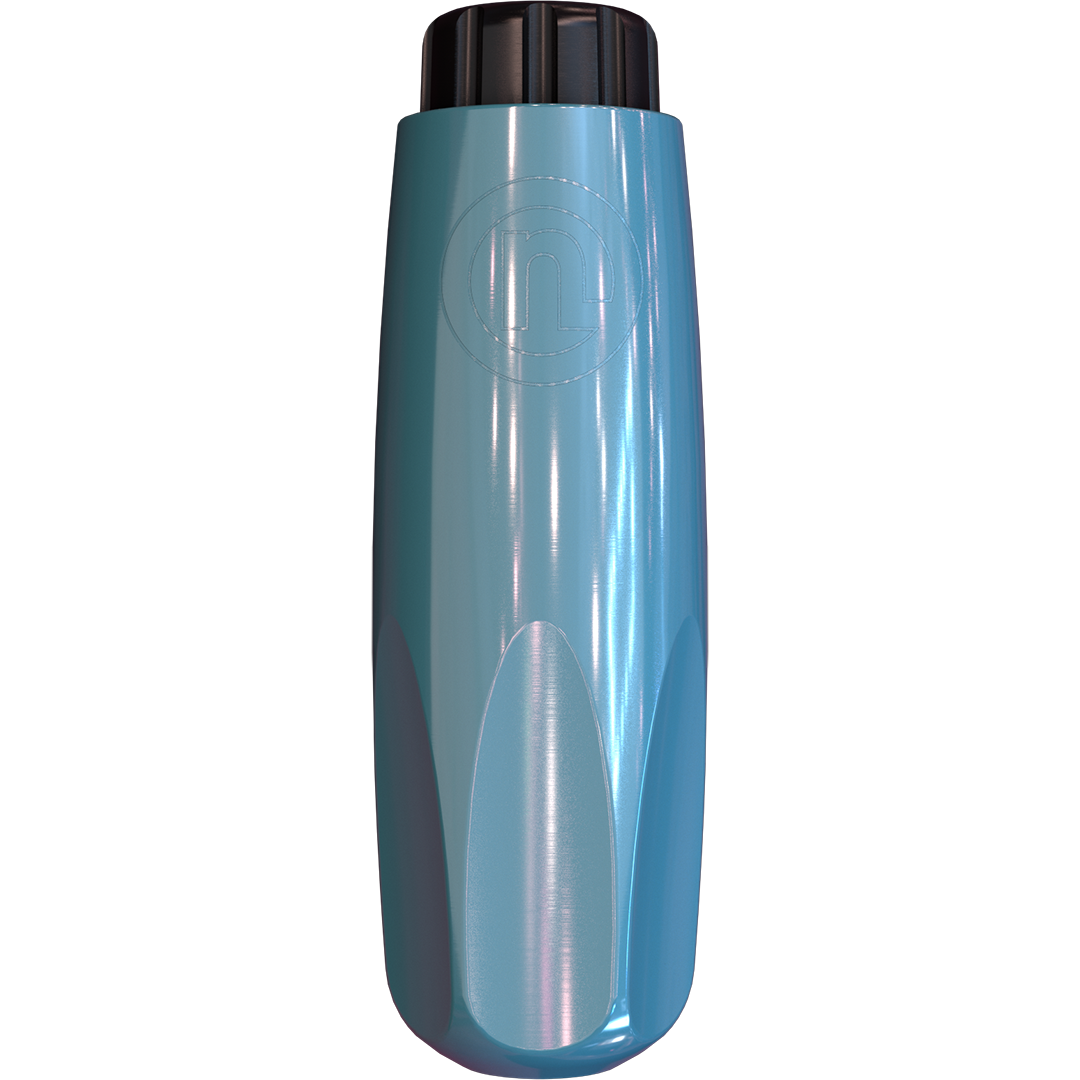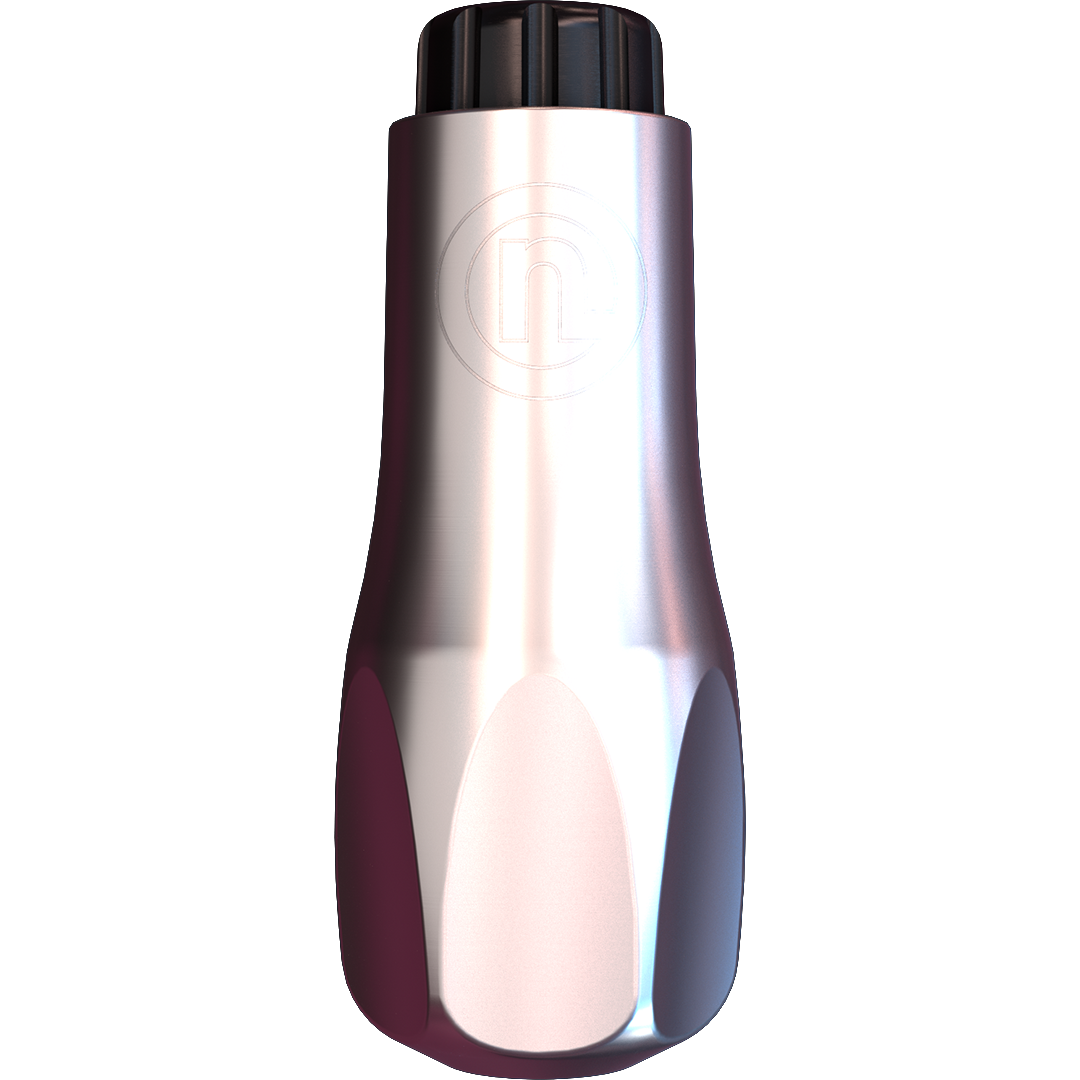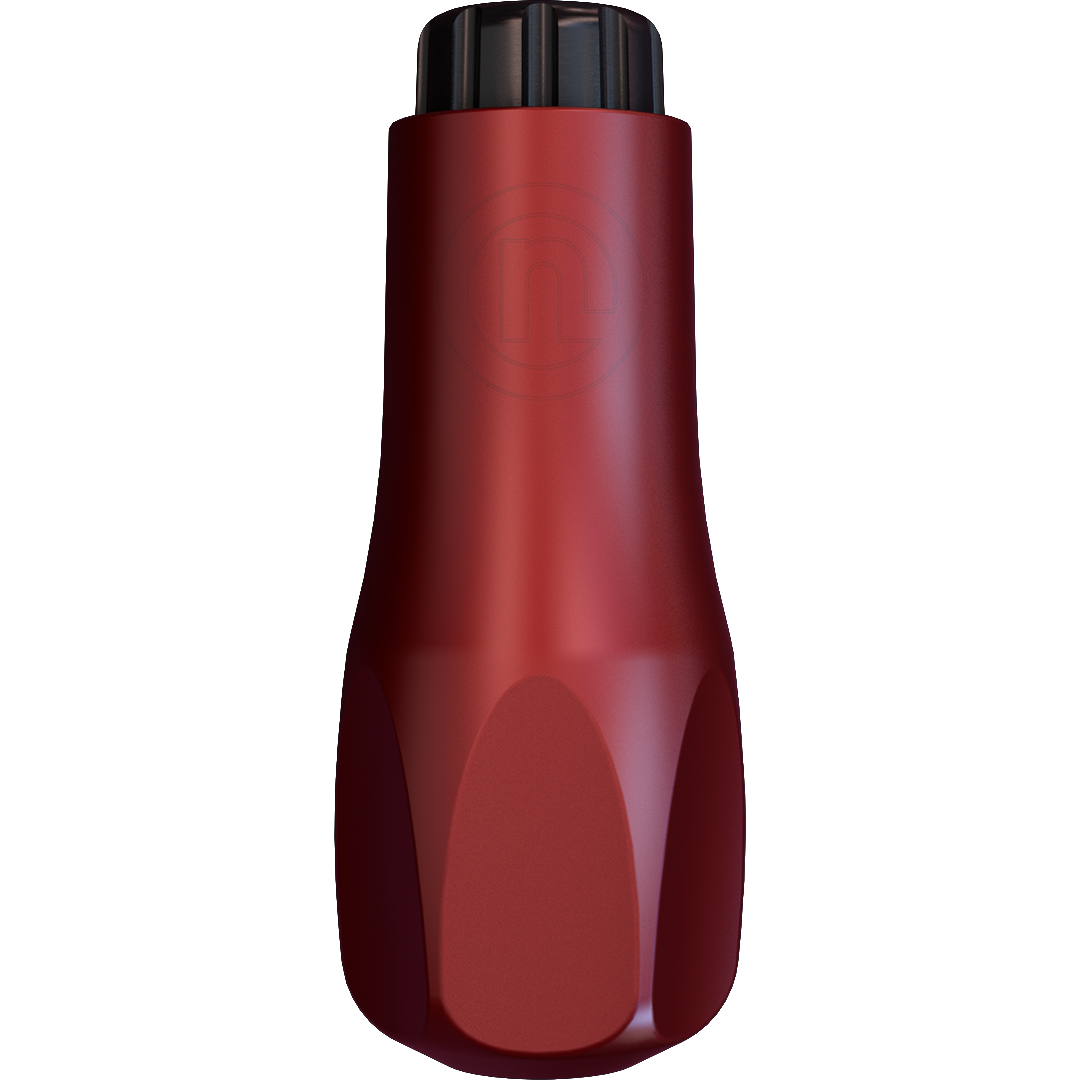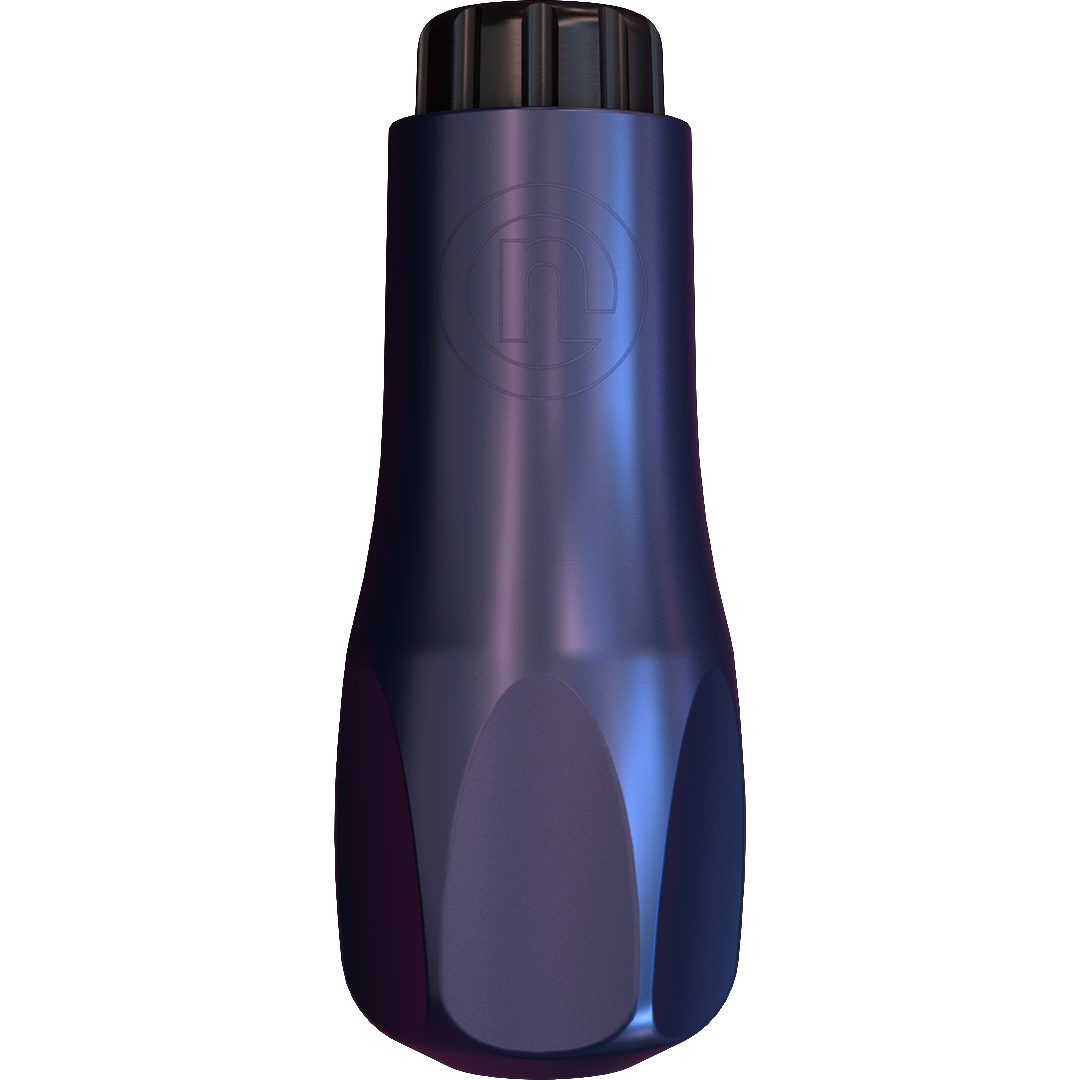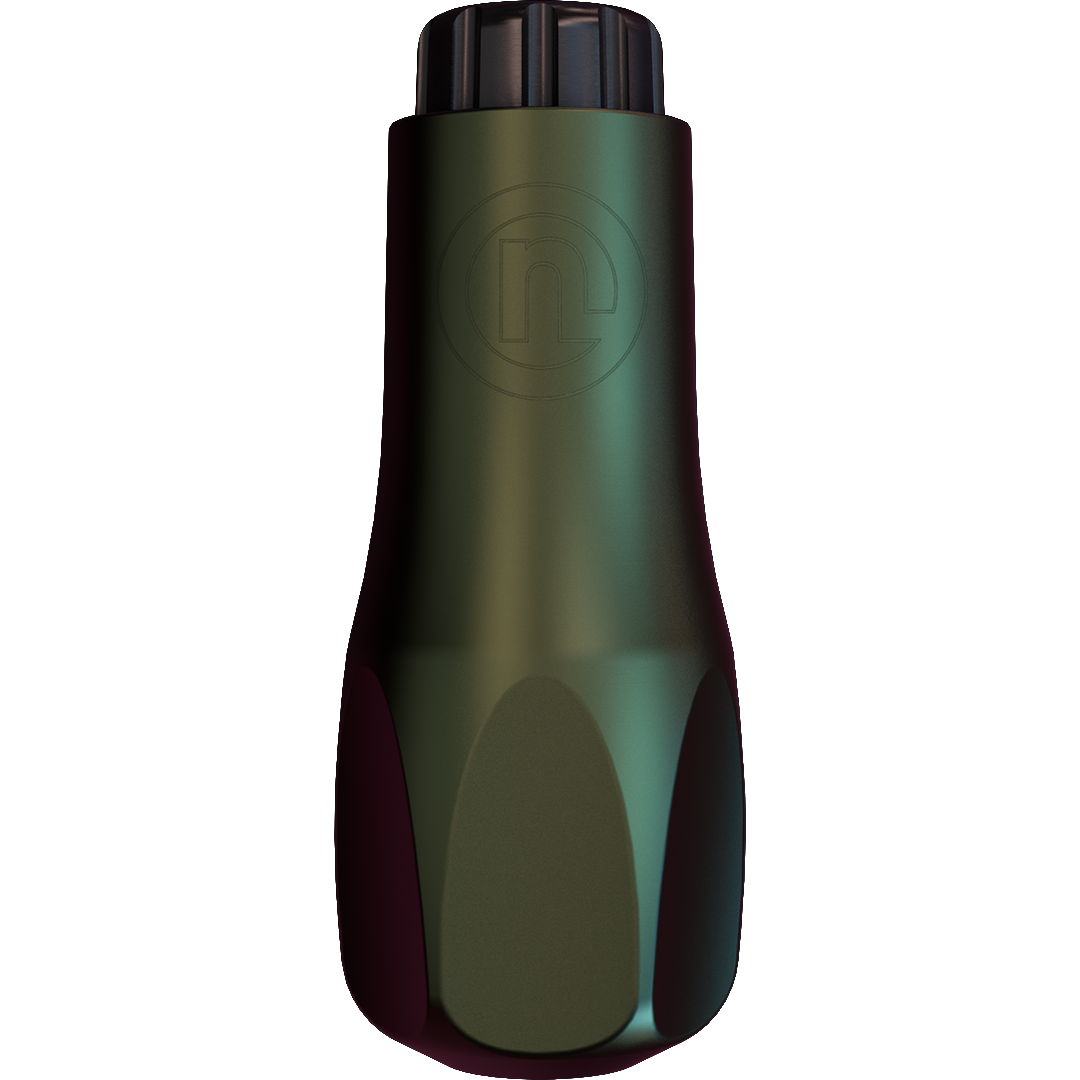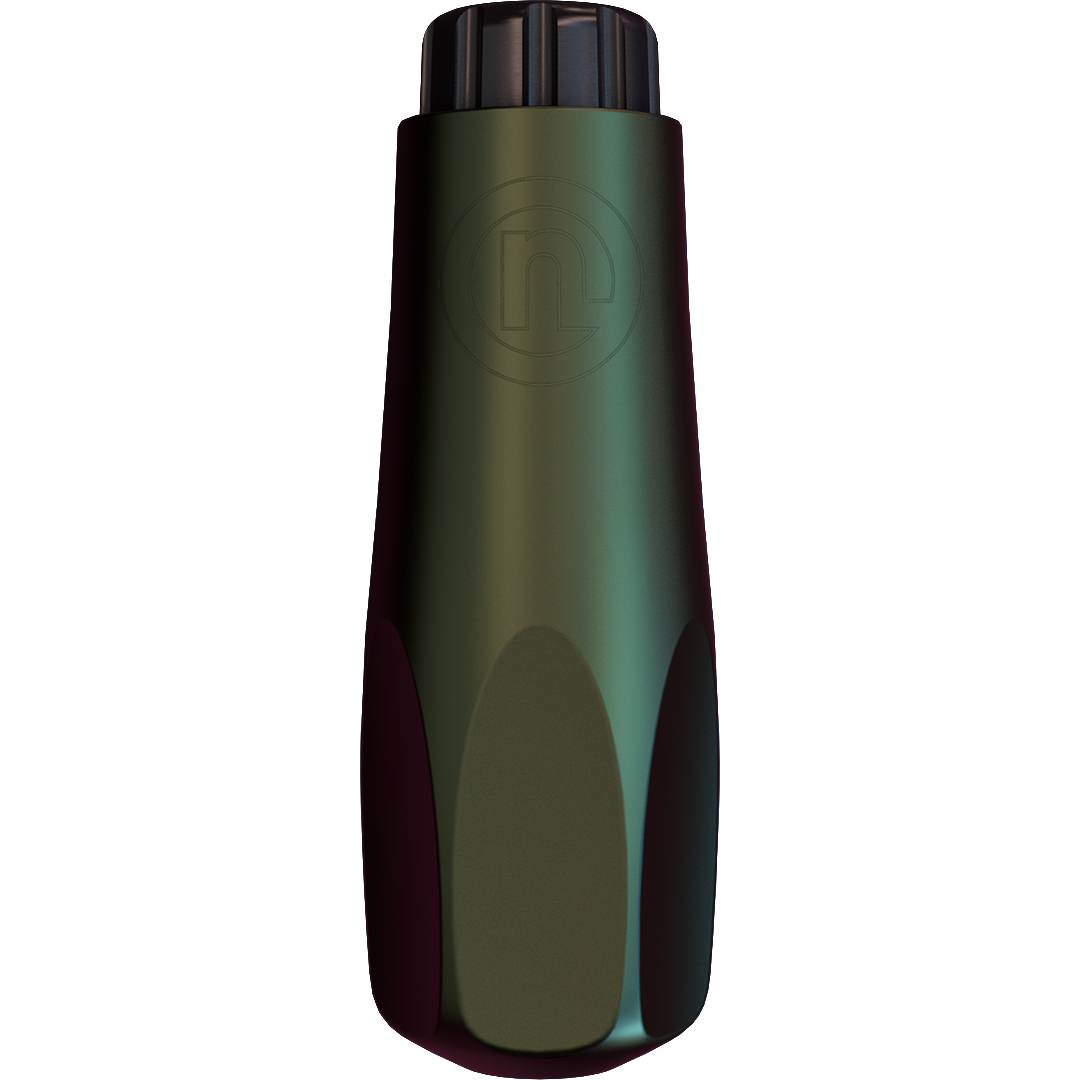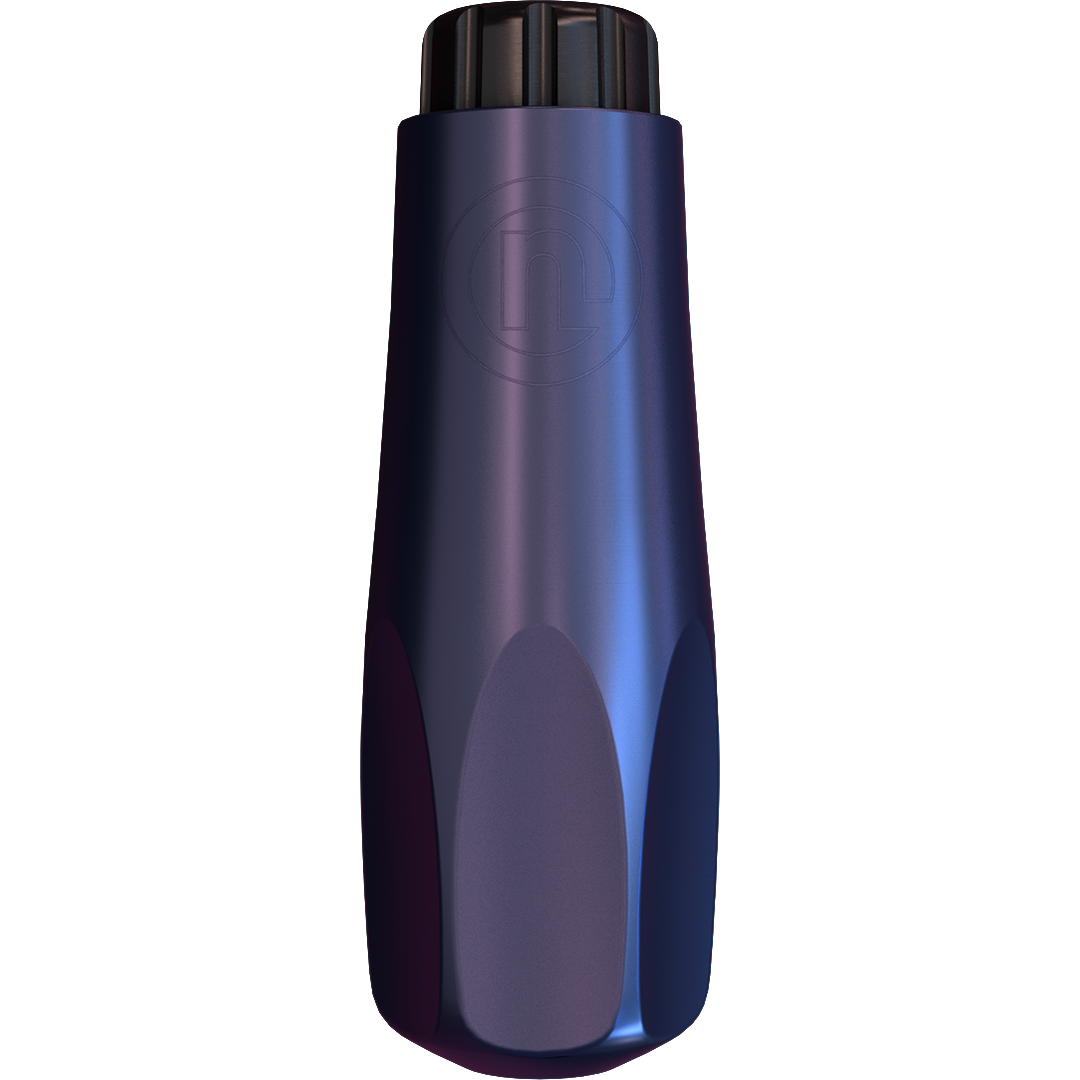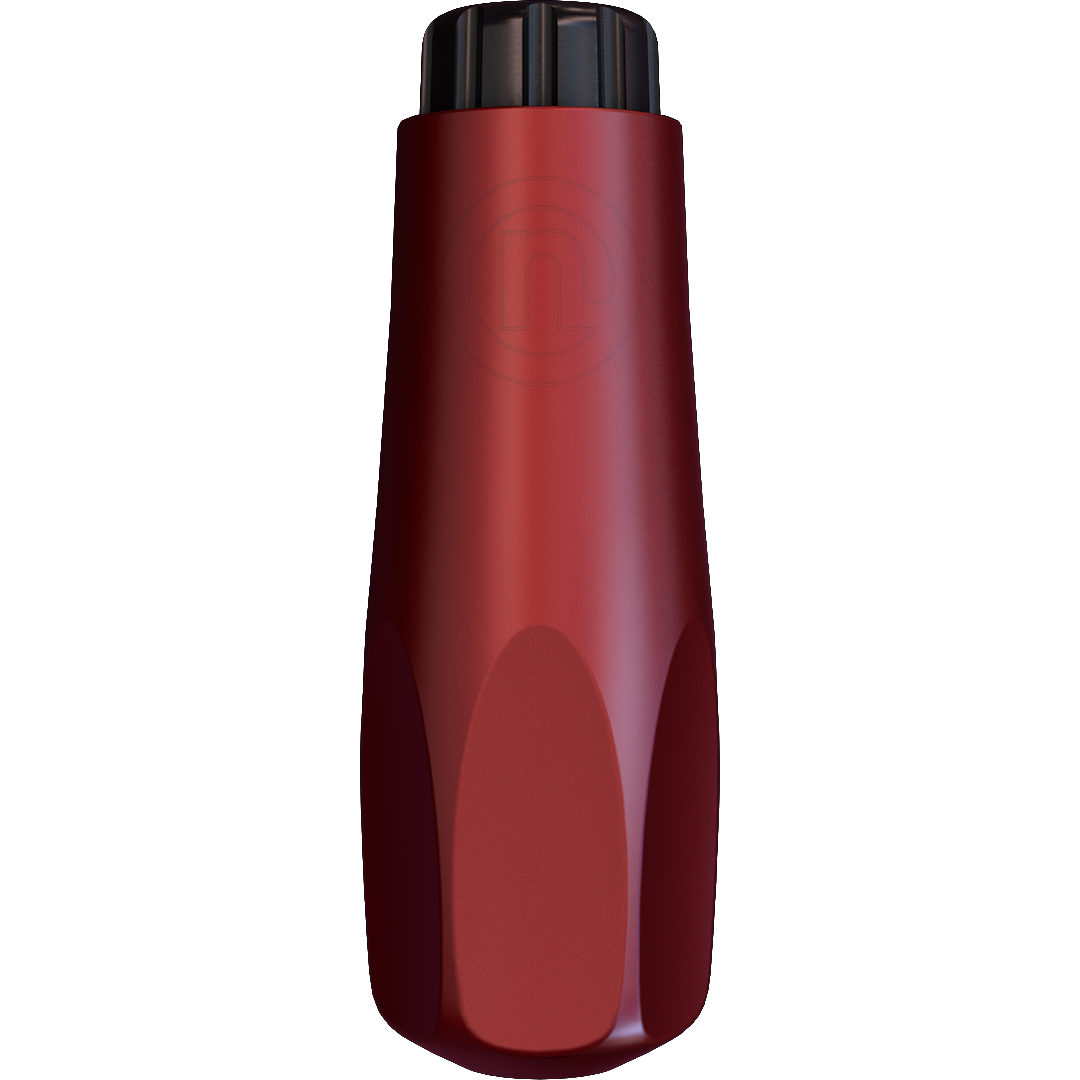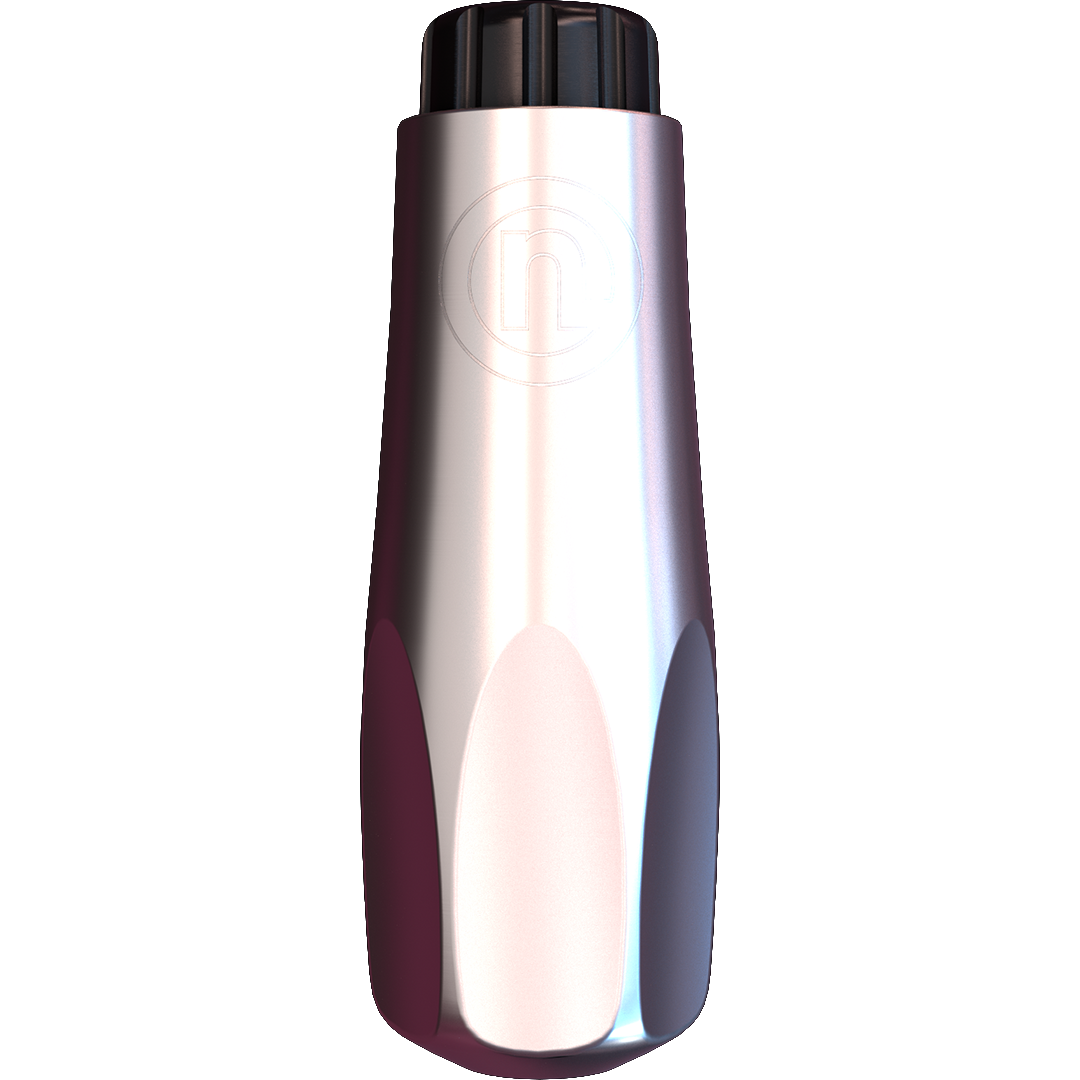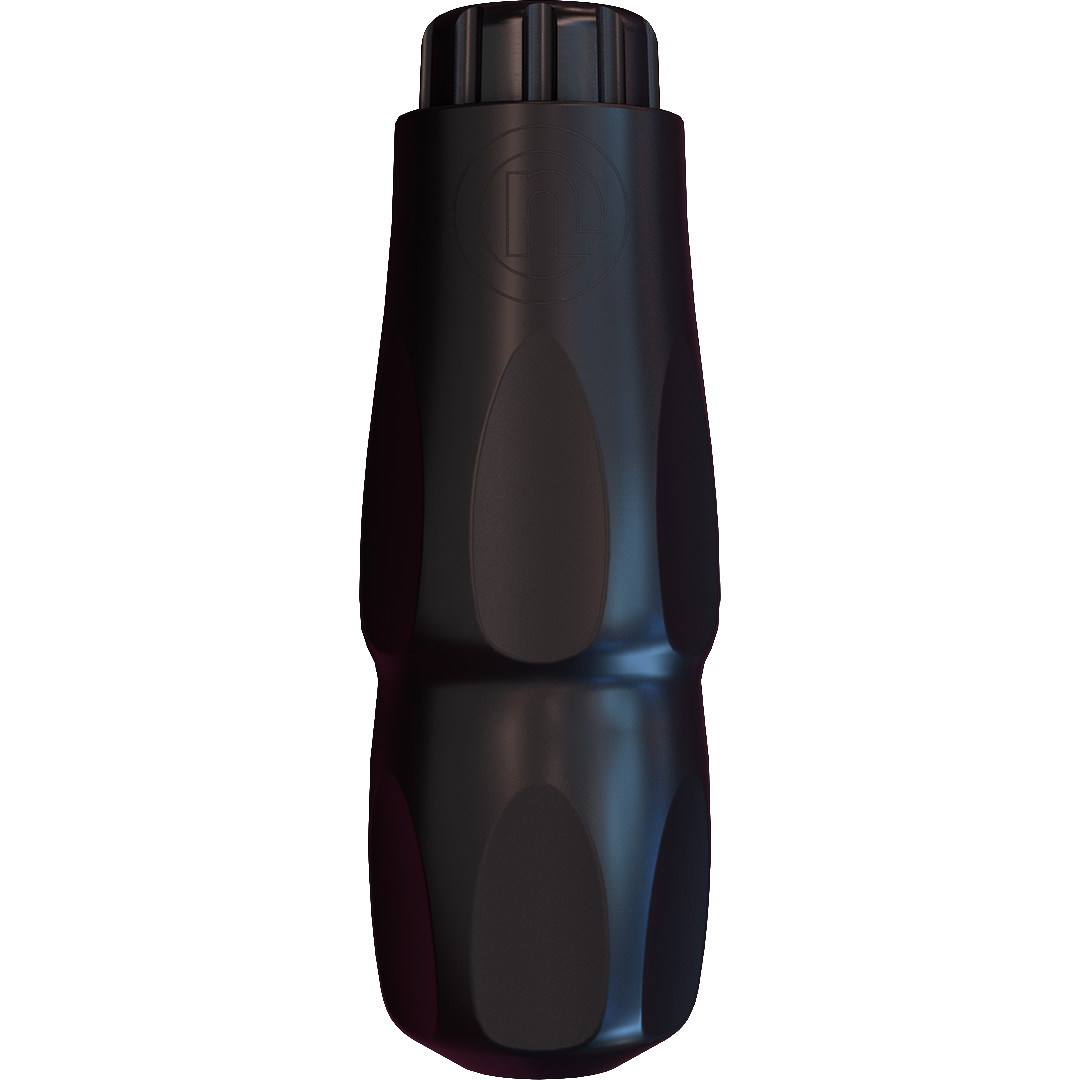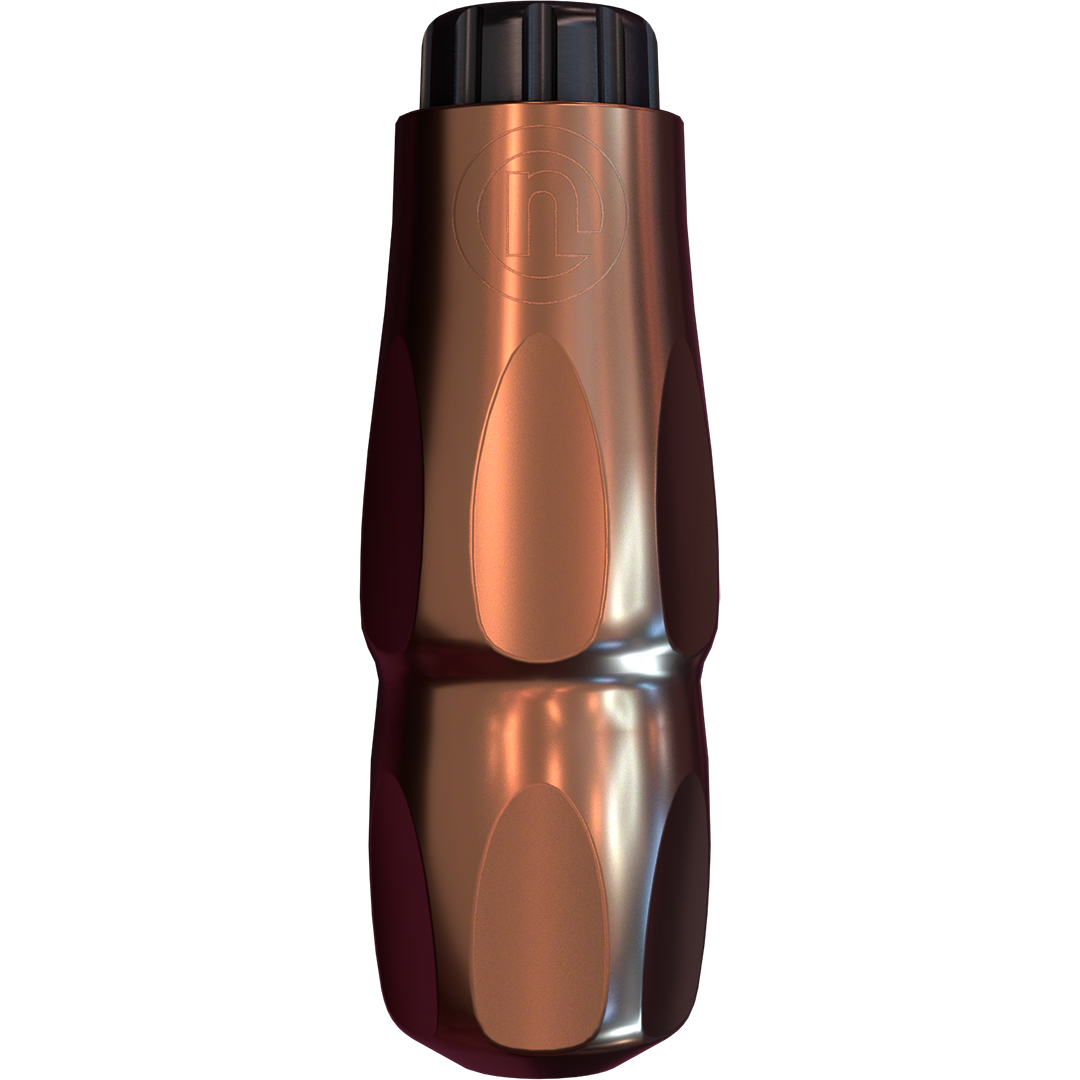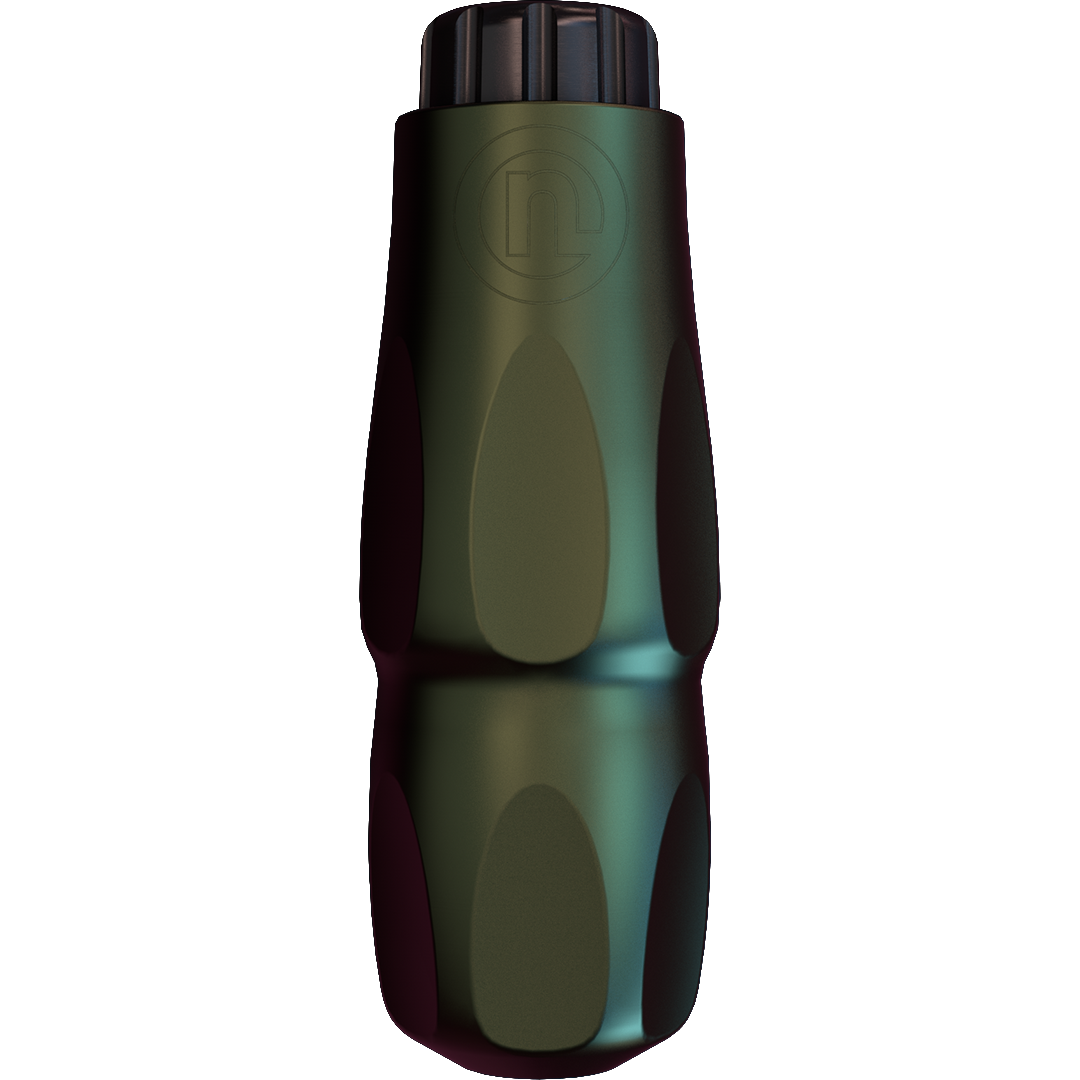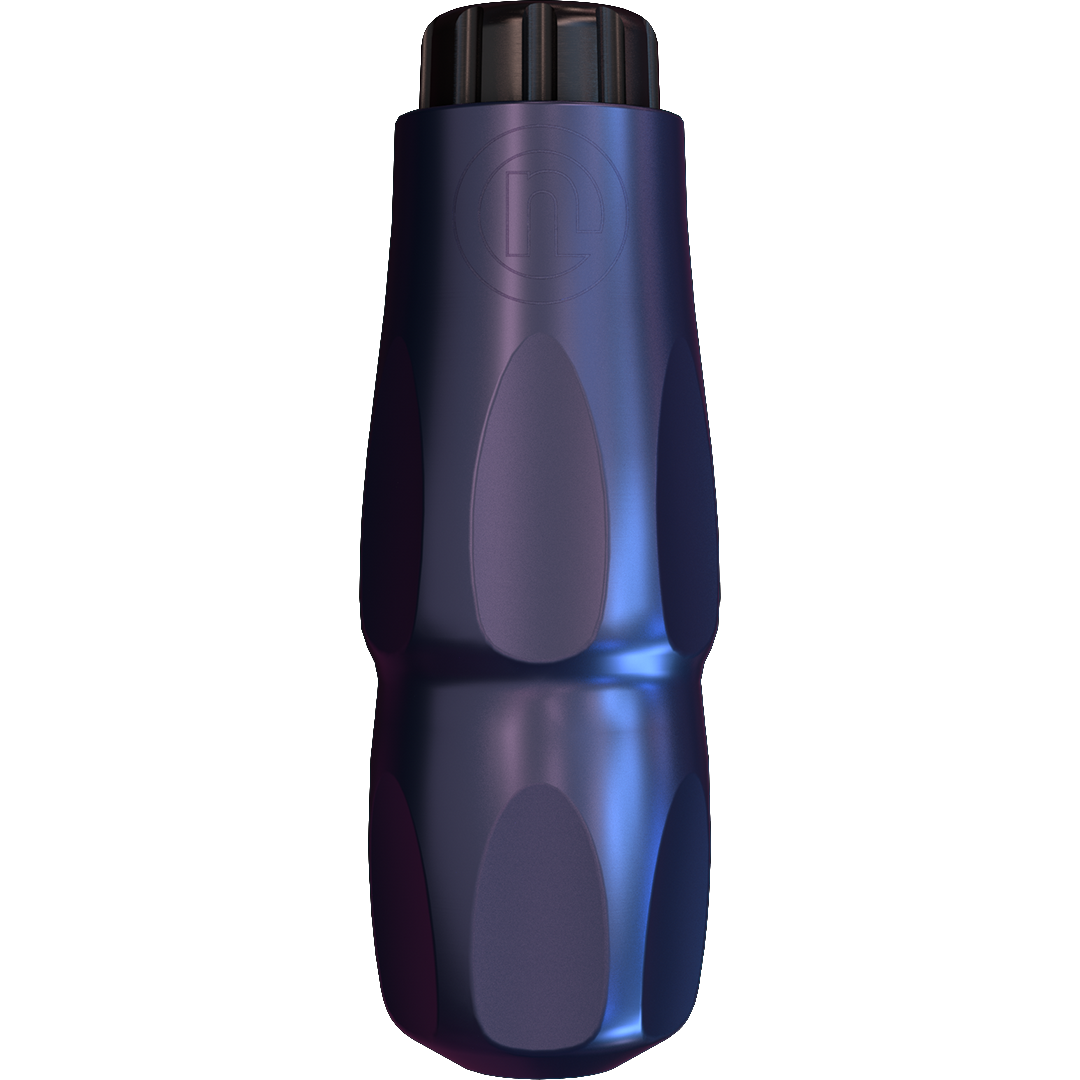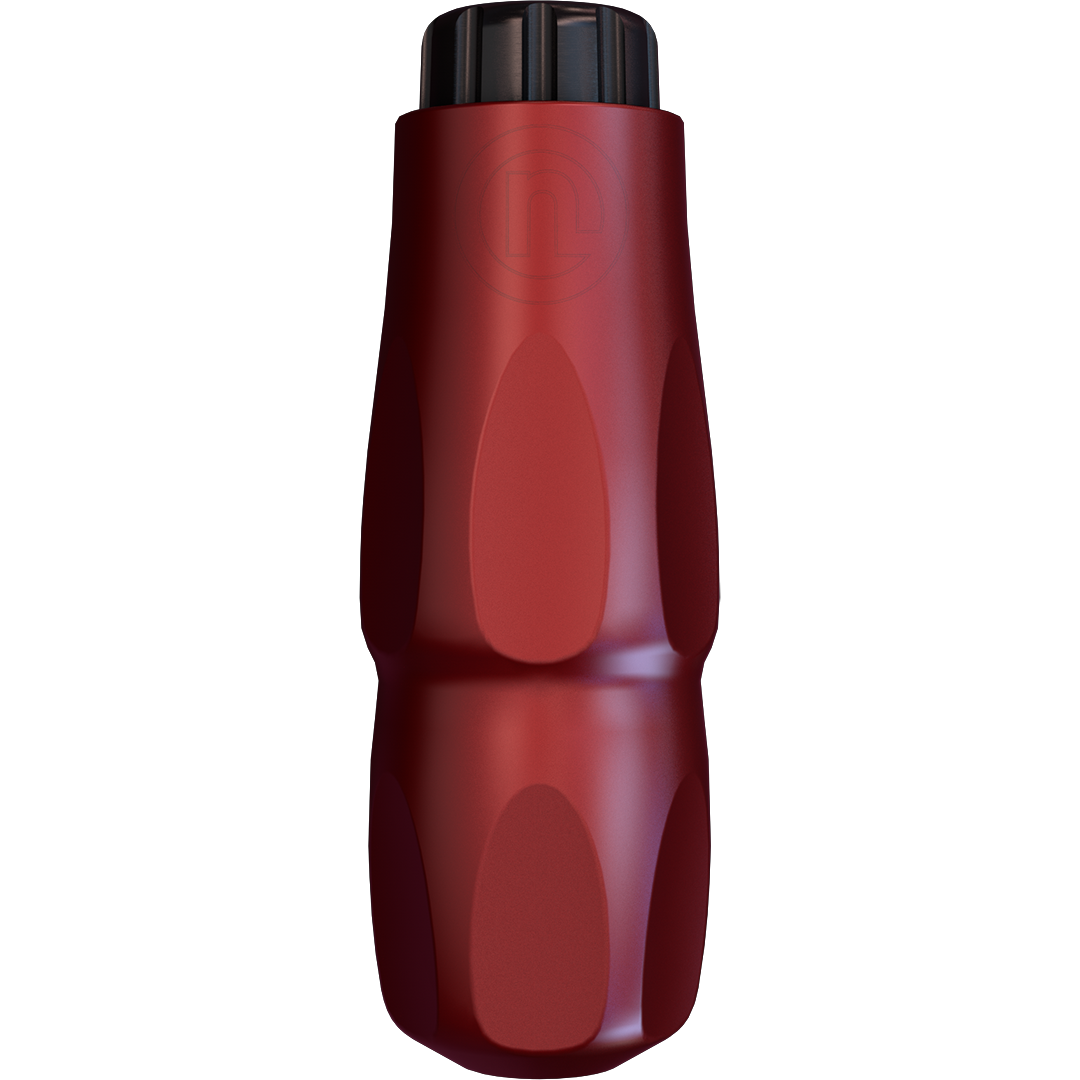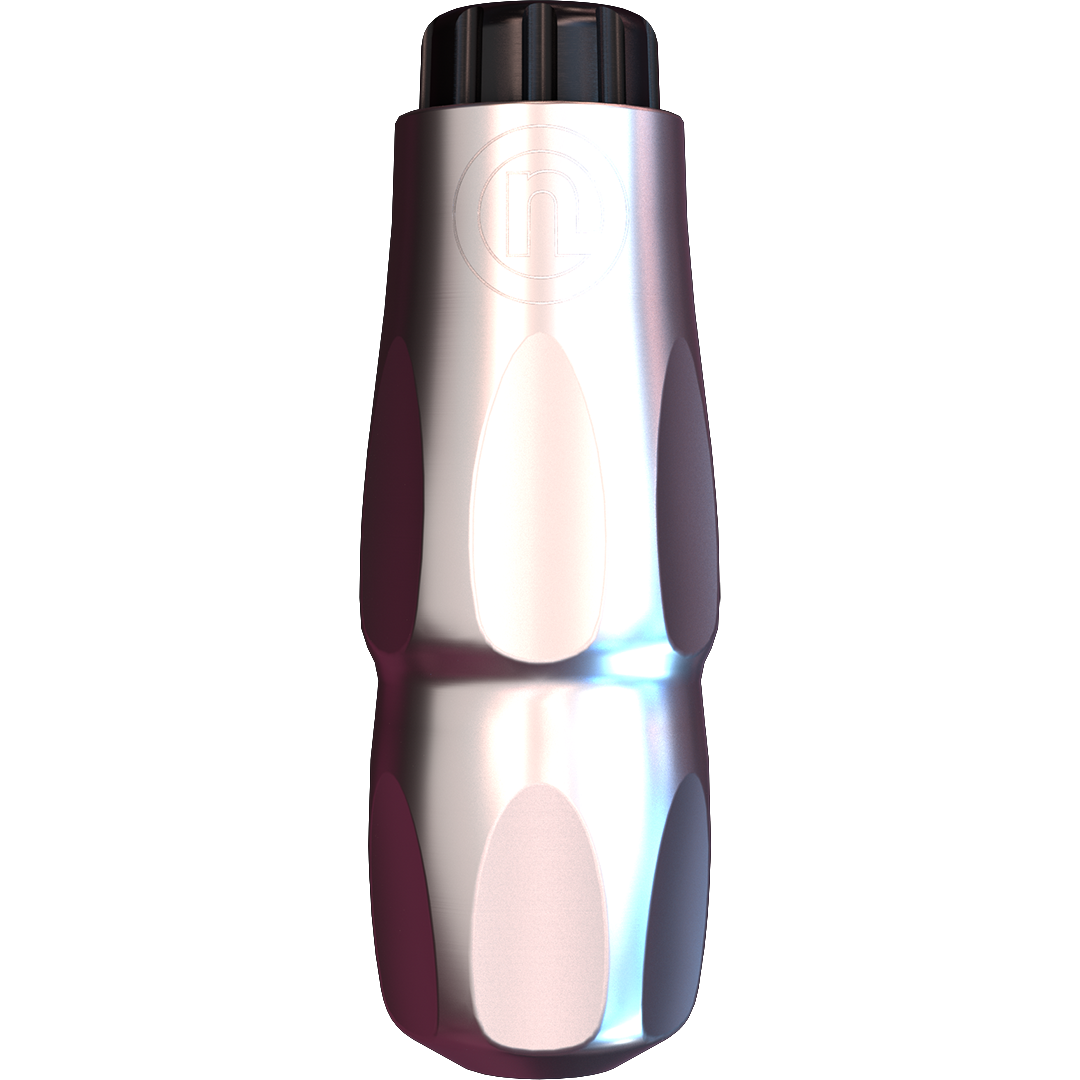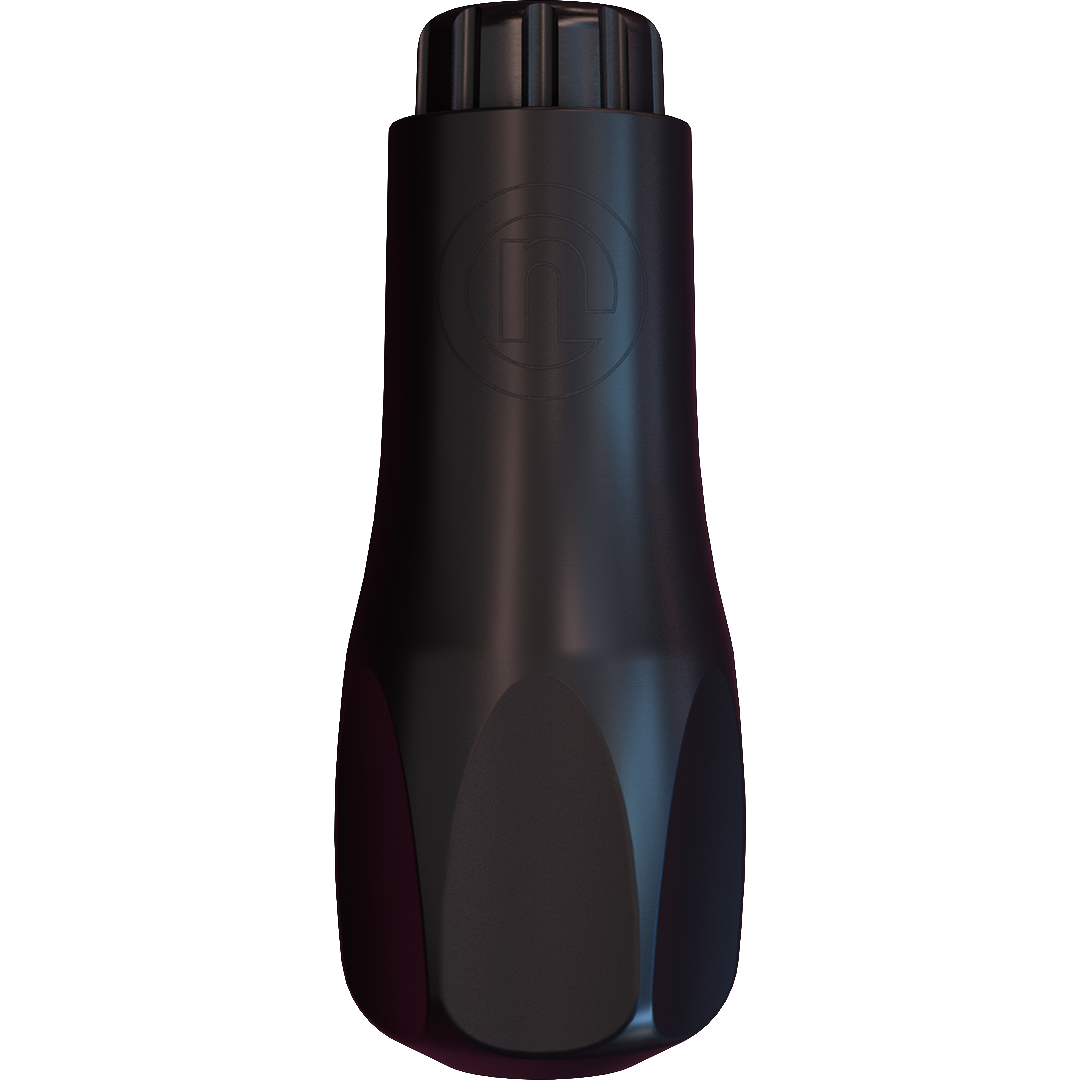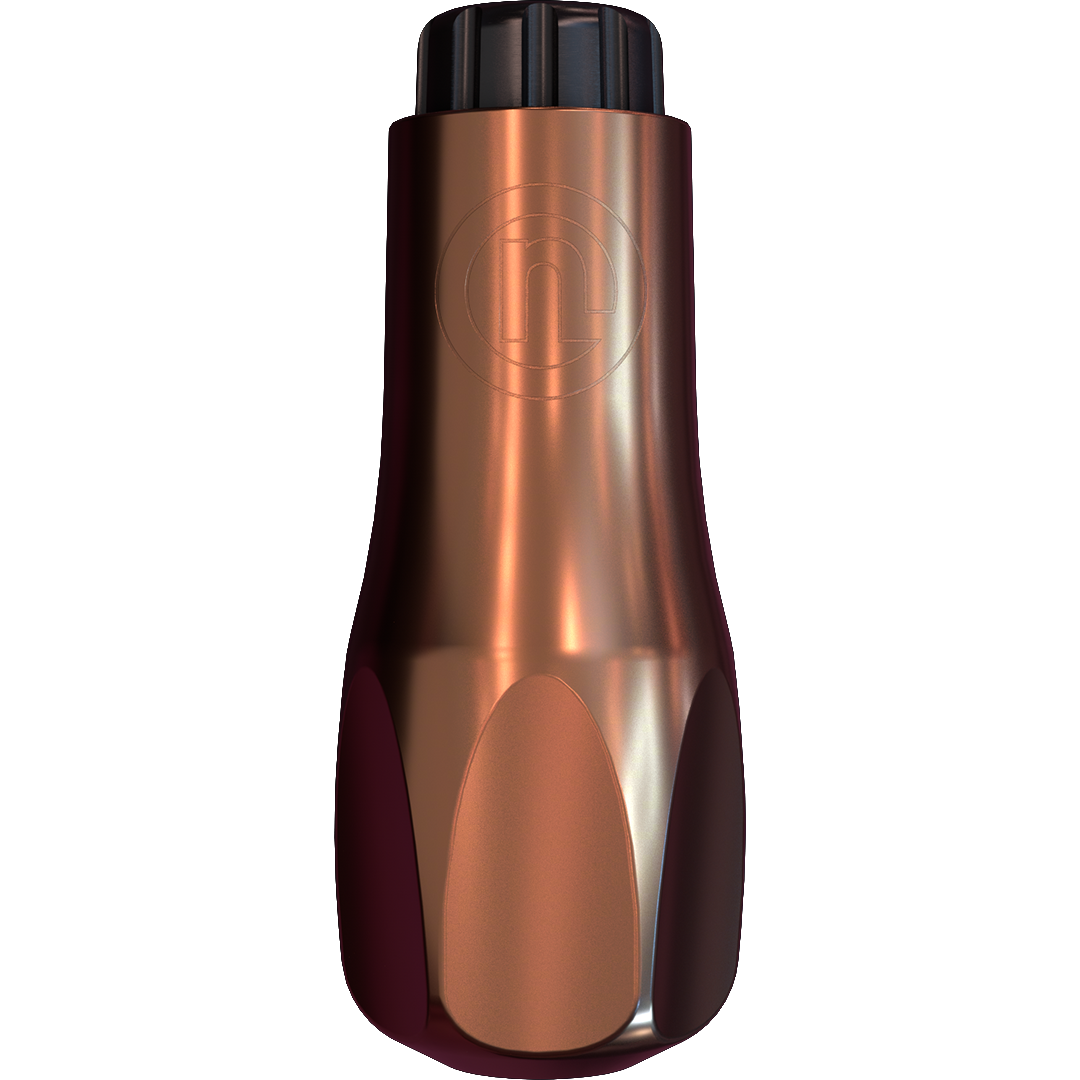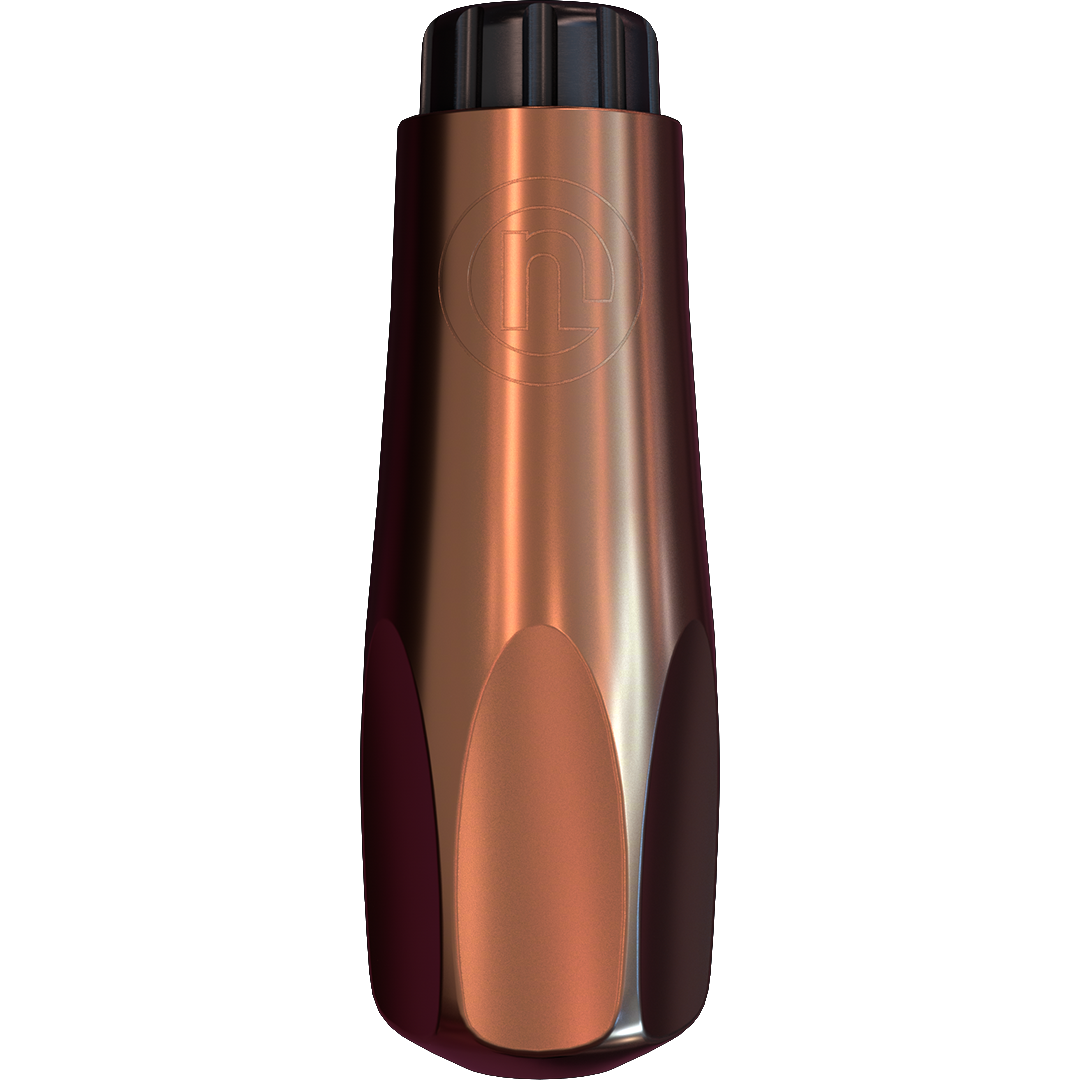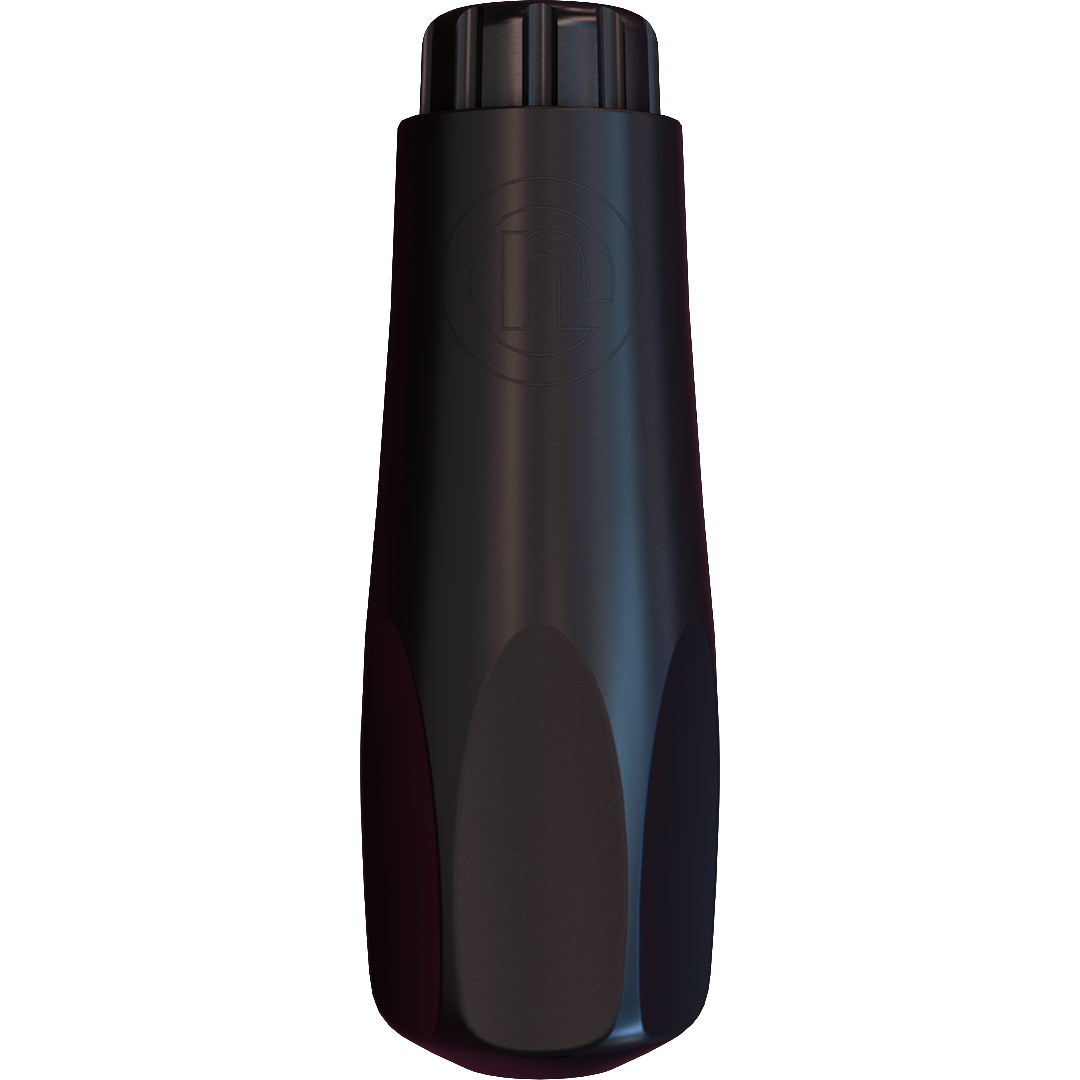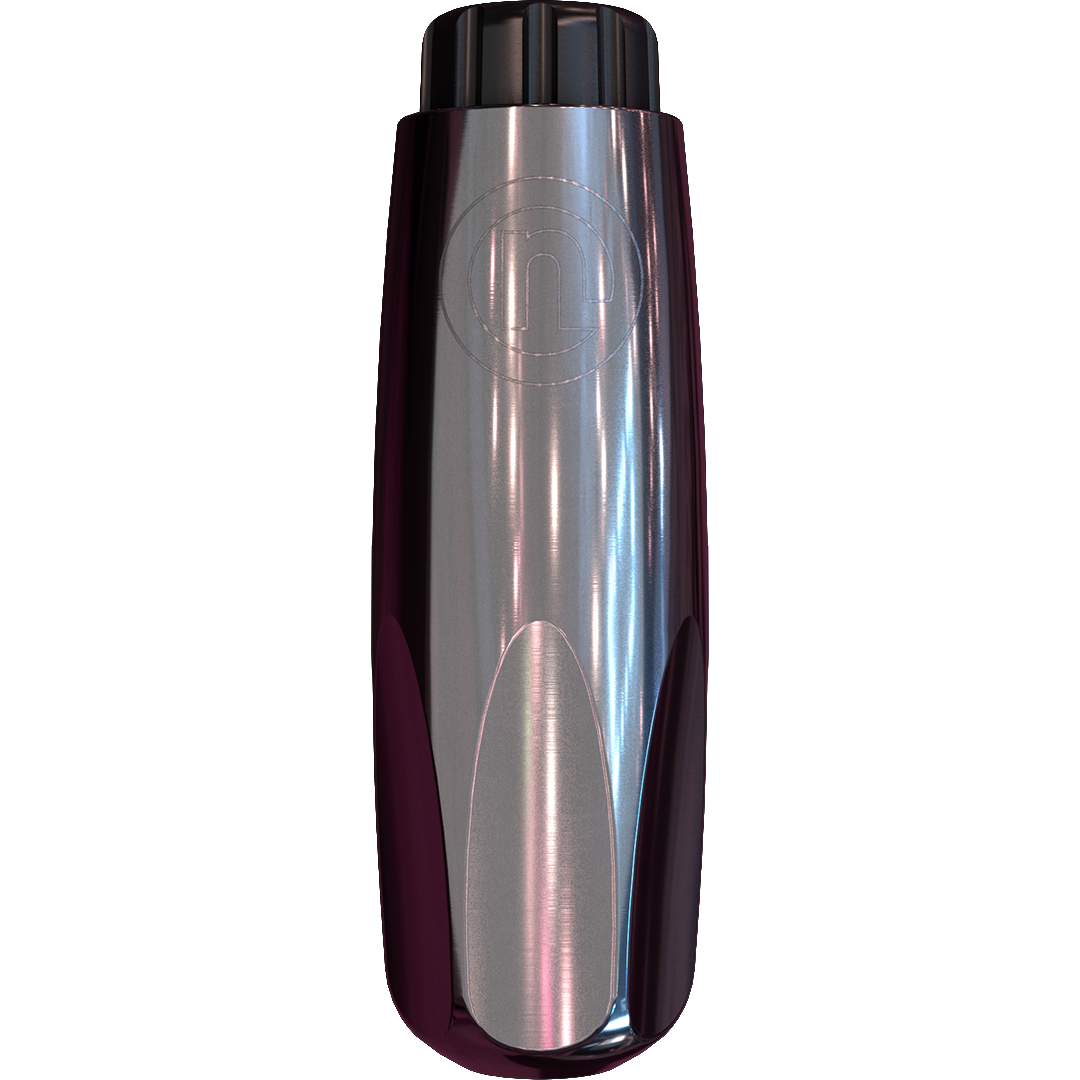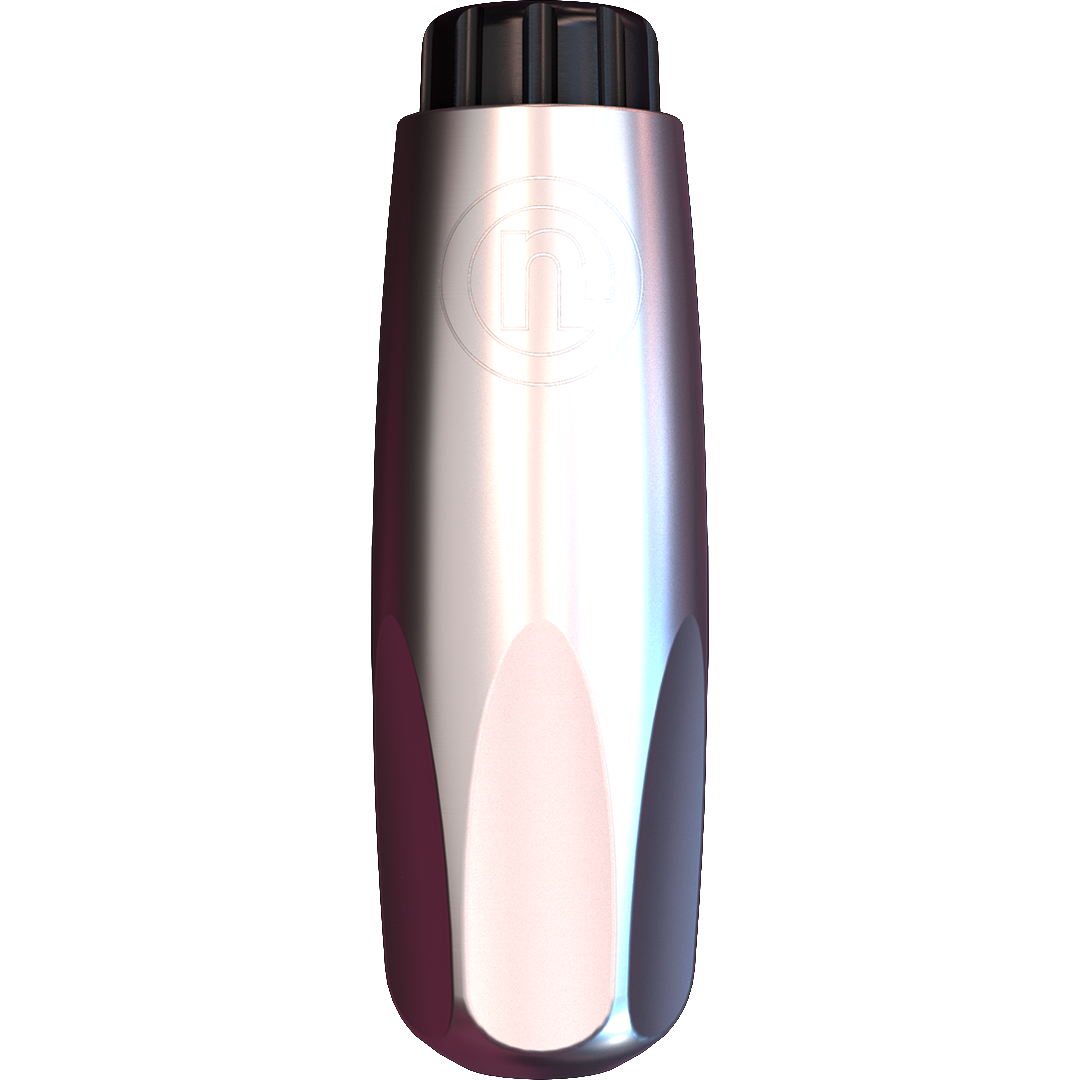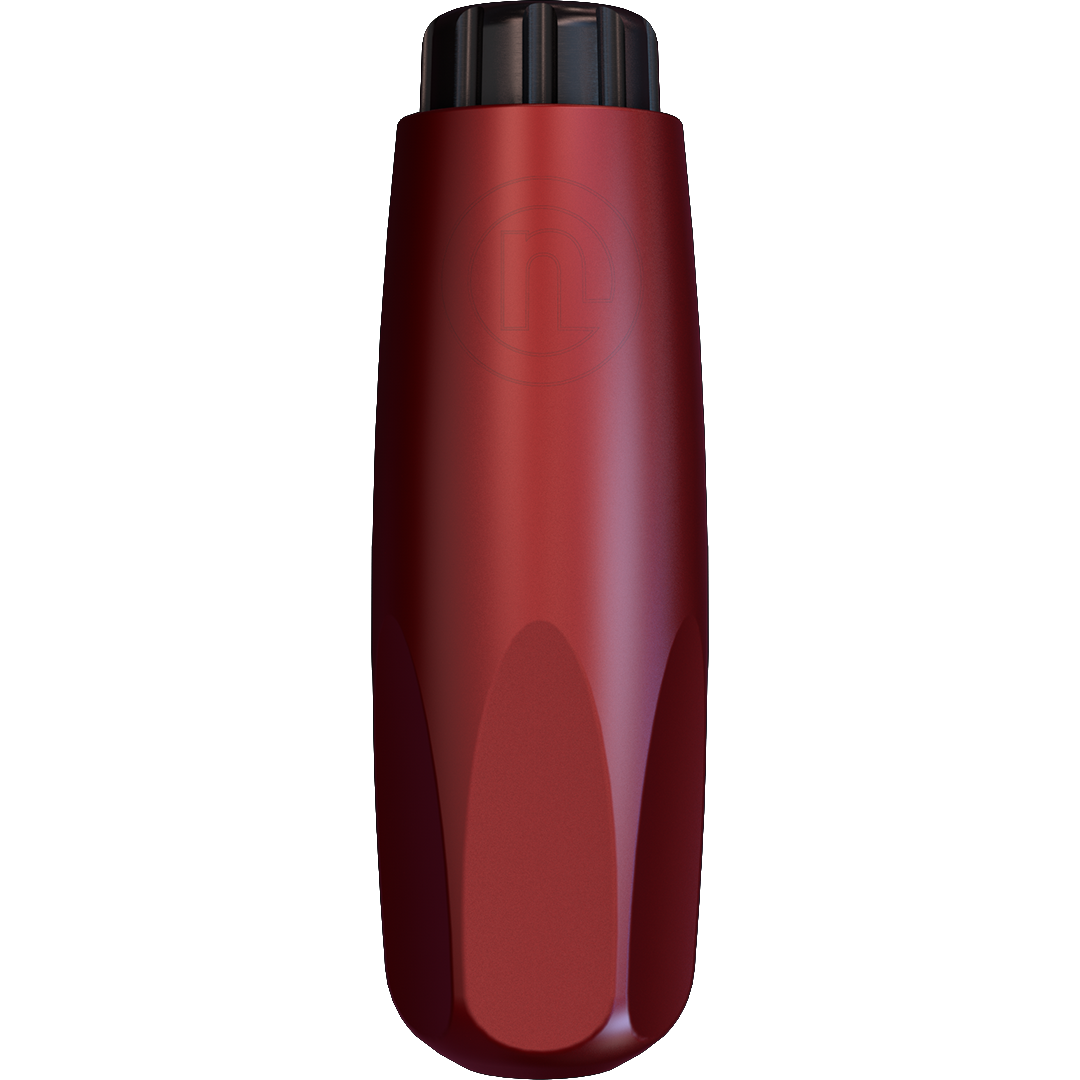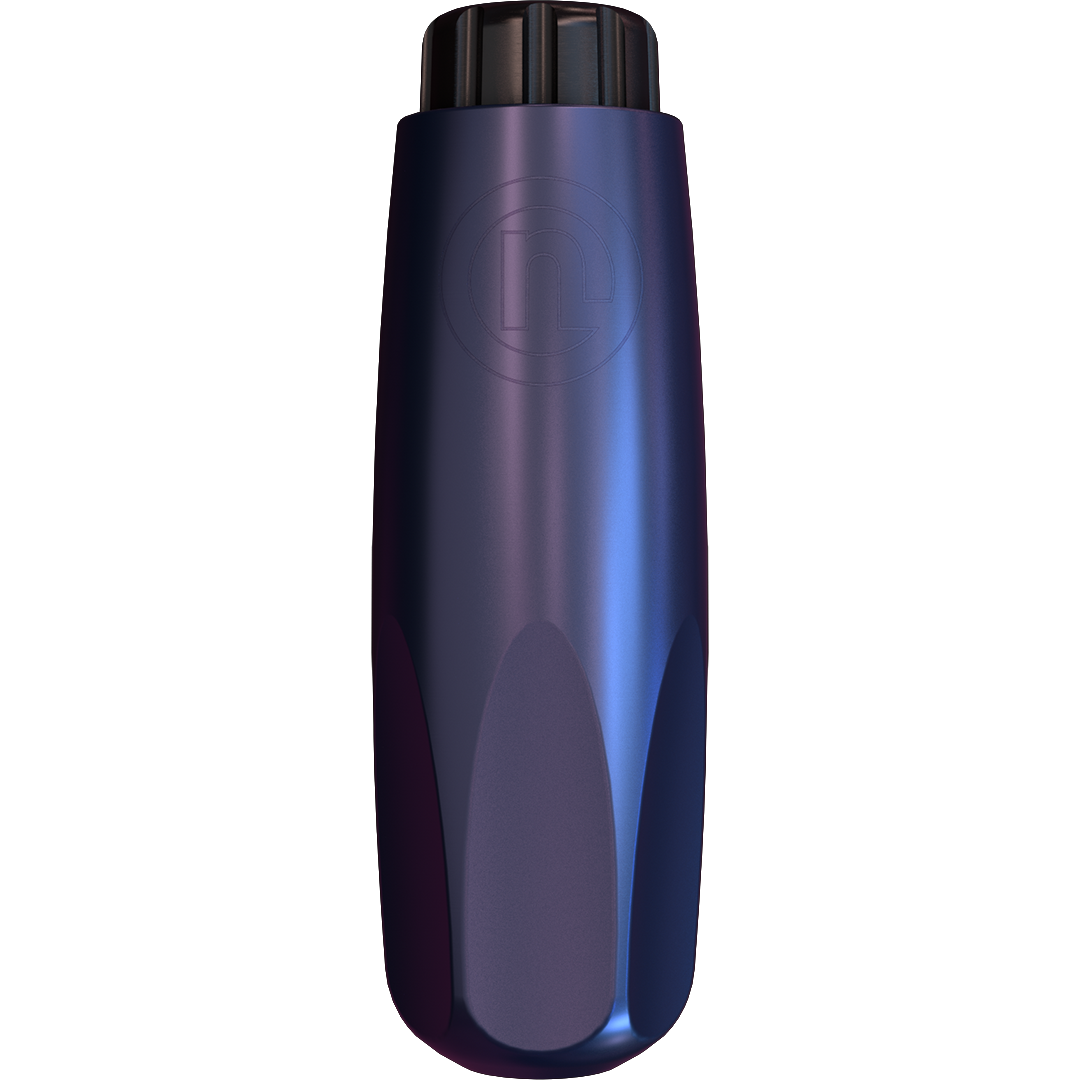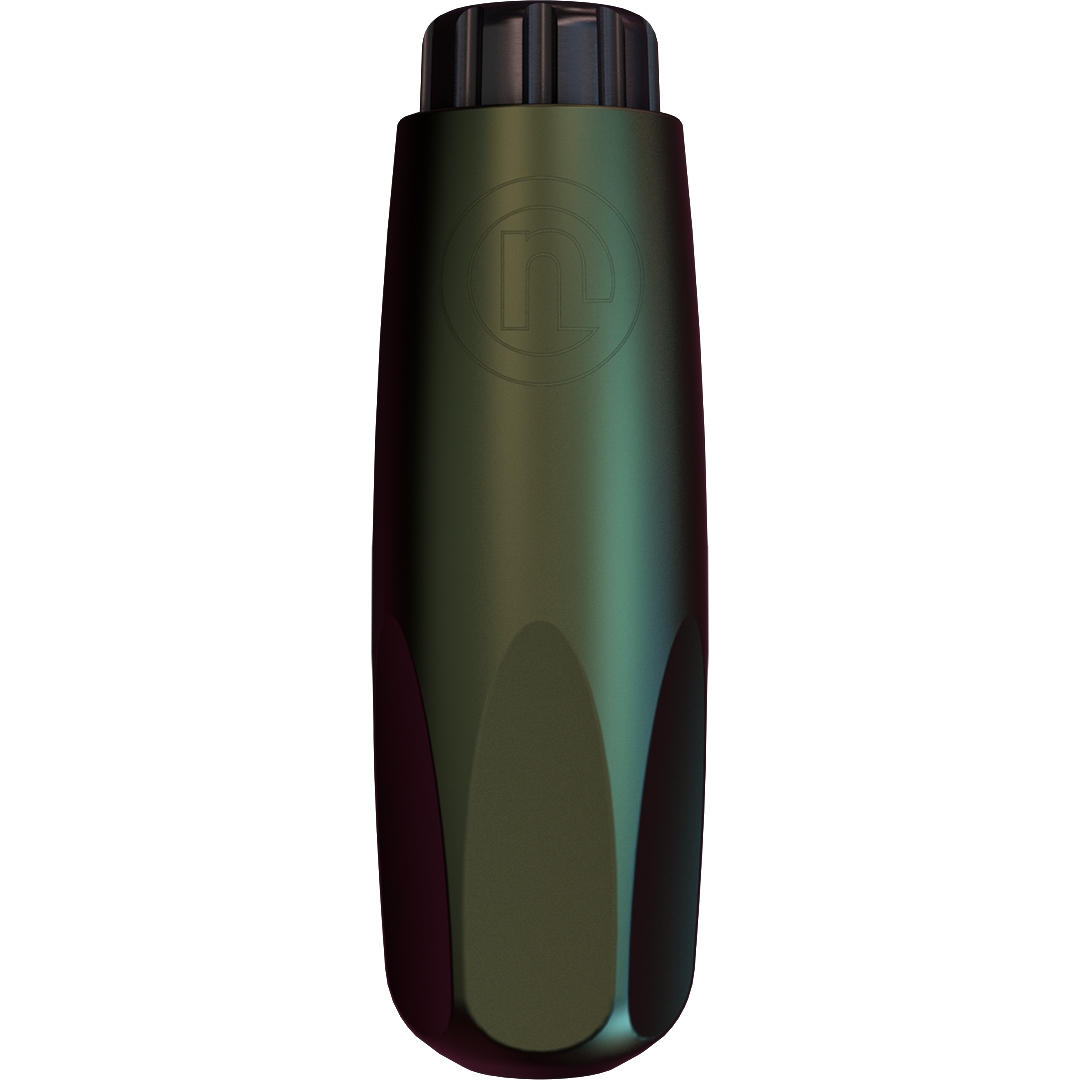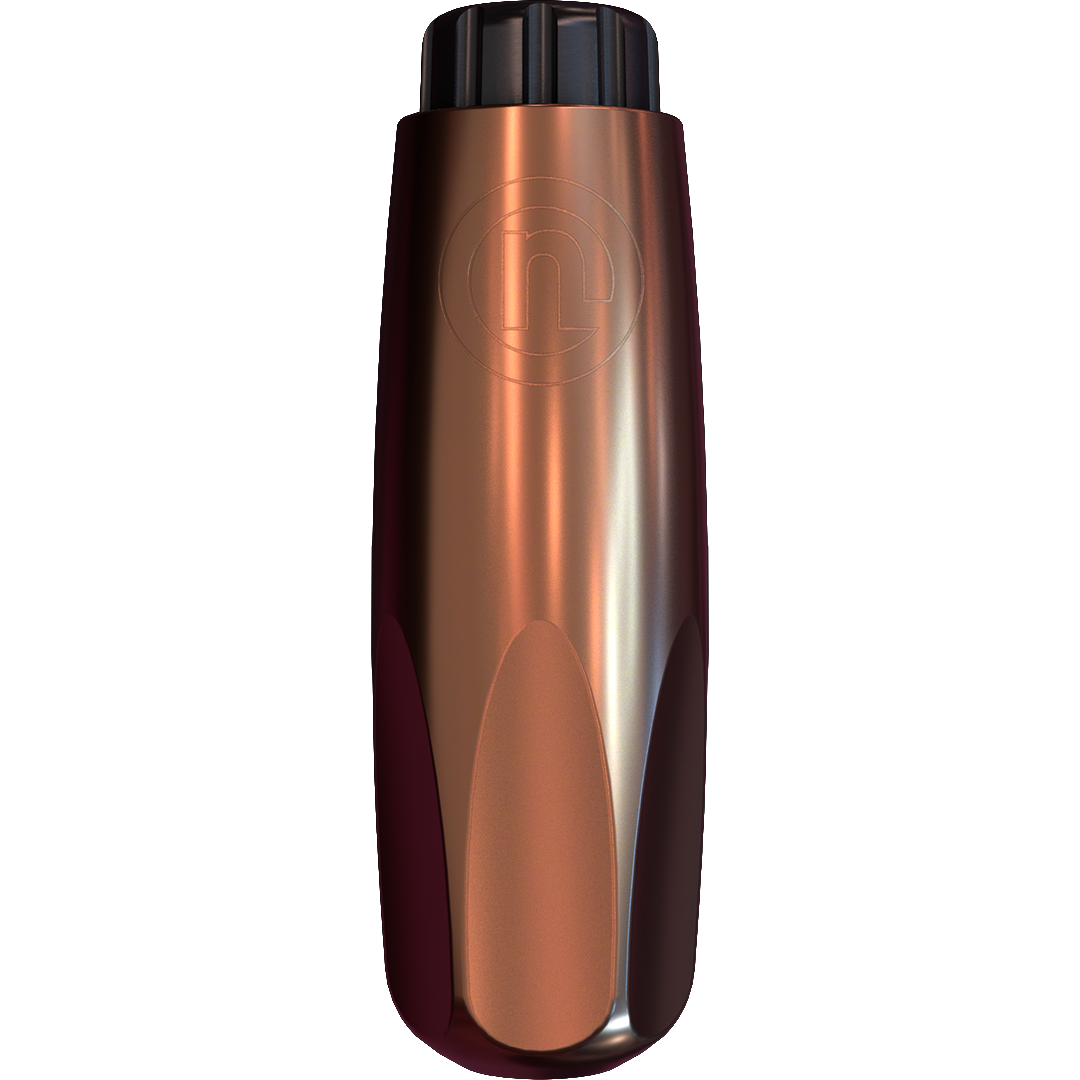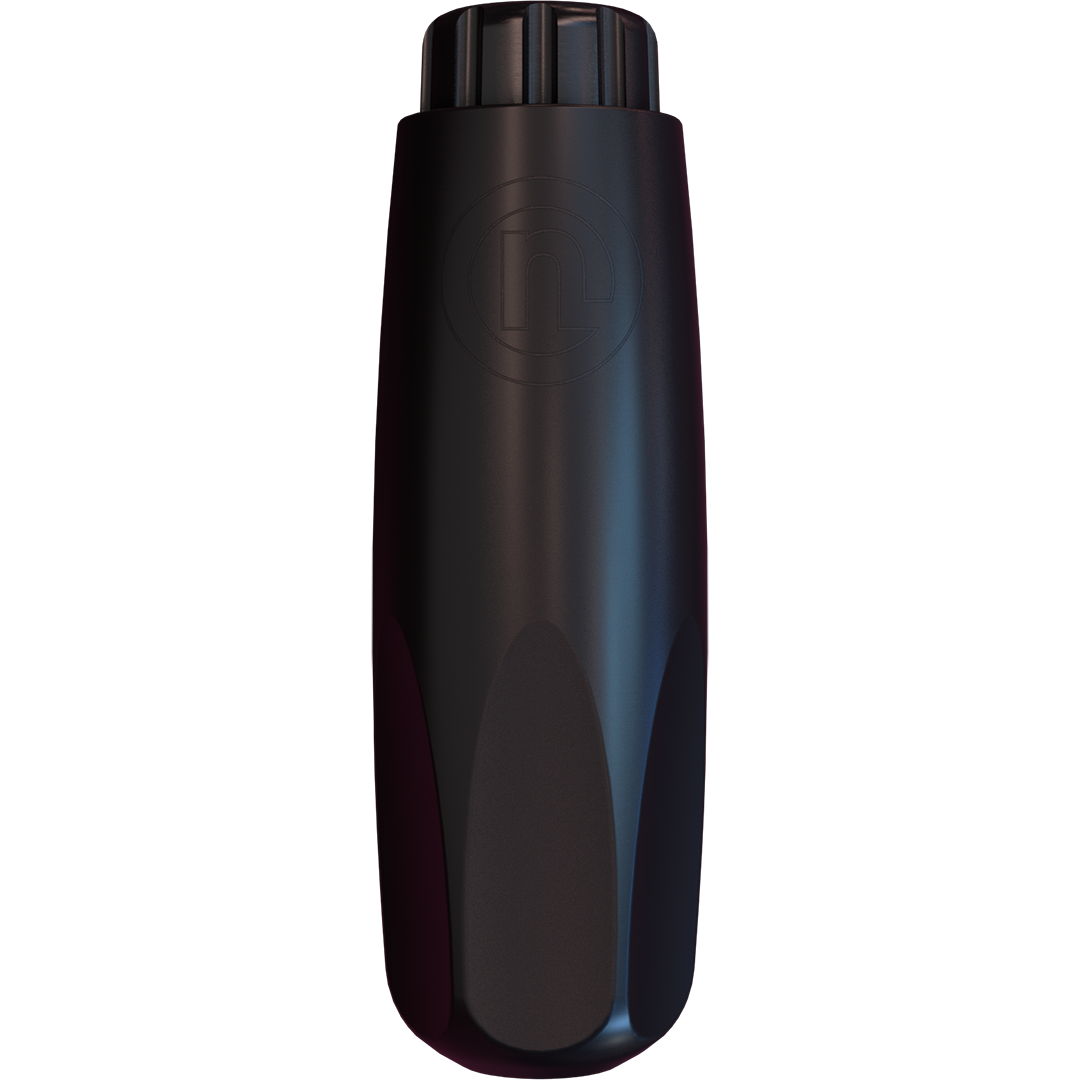Neuma Configurator
$690.00 – $1,240.00
Neuma
Neuma Tattoo Machines is a product designed to fill a gap that Carson Hill, the Neuma creator, noticed in tattoo machines. Several years ago, the Neuma Team did an in-depth analysis of many popular coil and rotary tattoo machines. They discovered some fundamental differences between these machines, related to the action and behavior of needles. This illustrated a list of problems with traditional rotary machines. The Neuma FOUR is the solution.
Neuma
When rotary machines first became popular, many people had decided that lack of “cushion” or “give” was the main differentiating factor between coil machines and rotary machines. Coil machines have an inherent “give,” and rotary machines do not. This creates a number of issues with rotary machines related to the way a needle interacts with the skin.
To begin, needles push back against the skin’s resistance, whereas a coil would normally back off. This action can cause additional trauma/damage to skin tissue when using a rotary. In addition, when the needle is inserted into the skin, there is a significant amount of dwell time the needle experiences in its extended position. The needle will spend up to 40% of its cycle inside the skin, versus roughly 10-15% for a coil machine. The resulting effect of this is a snagging (“catching”) effect that can result in more tissue damage and/or cause an artist to modify his or her tattooing approach in order to achieve good lines or properly execute the desired effect.
When a “cushion” is integrated into a rotary machine, the needle is no longer forced to complete all of its downward stroke. However, this is actually creating a flat spot in the worst possible position of each stroke cycle, the position in which the needle is poking the skin. This lengthens the amount of time that the needle is dwelling inside the skin to up to 50% of a stroke cycle, thereby causing even more tissue damage.
The discovery of this circumstance triggered an exploration by Neuma developers of possible ways to manipulate the shape of a cam in order to reduce the amount of time a needle would dwell in the skin and/or take control of the hesitation inherent within rotary mechanisms to position it in a desirable portion of a stroke cycle. The original (20%) cam of the Neuma moves a needle in and out of the skin very quickly, greatly reducing tissue trauma by positioning that inherent dwell/hesitation in its retracted position. Additional cams have also been developed to create different results. The 28% has a slightly slower insertion speed than the 20%, with the same fast recoil of the original cam, and the 33% has an even slower insertion speed with that same recoil. These two cams are great for use with softer shading or multi-pass layering, as compared with the 20%, which has been touted as an amazing liner and great all-rounder for tattoo artists with a fast and direct approach to their application. The 40% cam is great for packing when single-pass solid packing is desired and/or rhythmic, steady hand motions like photo-realism.
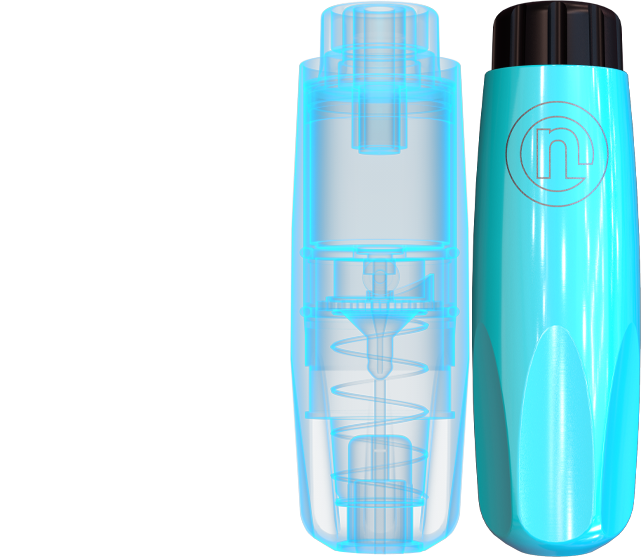
Neuma Specs
- Diameter: 28mm/30mm/33mm/33mm Shift (dual-position)/38mm/40mm/44mm
- Weights: 115-370 Grams
- Output: 8.5-10W
- Operating Range: 4.5-9V
- Drive: Direct
- Strokes Available: 2.75mm, 3.6mm, 4.2mm
- Stroke Profiles: 20% (liner), 28% (shader), 33% (blends/layering), 40% (packer)
- Bearing Arms Available: Brass (standard, harder hit), Aluminum (softer hit)
- Metal Grips Available: Aluminum, Stainless Steel, Brass
- Interchangeable cams, no tools necessary
Innovate. Create. Empower.
What sets Neuma Apart from the Competition
Problems with Modern
Tattoo Machines
- -A rotary machine with a standard cam/drive mechanism will cause a needle to dwell/hesitate inside the skin during each stroke cycle. This causes a “catching/snagging” sensation for the artist and also causes additional damage to skin tissue during tattooing.
- A typical cam/drive mechanism of a rotary tattoo machine cannot vary the dwell time of a needle in its extended position, or “down-stroke,” which means that it will always have a hesitation in the bottom of its down stroke or when extended the most. Similarly, a coil is limited in exactly the opposite manner, meaning that it cannot alter the speed of the needle retraction or “up-stroke.”
- There are currently three different types of effects being achieved by using varying methods and/or mechanisms that are all being called “give,” which are not creating the same function. There is “mechanical give” (the implementation of flexible drive bars or rubber cushions between drive linkages), “digital give” (a switchable version of a motor slowing down when it encounters resistance from the skin), and actual “give” (this is the type experienced with a coil machine wherein the entire profile of the stroke is literally shortened when skin resistance is encountered).
- “Mechanical give” alters the geometry of the “stroke-profile” (the waveform of each stroke cycle of a needle stroke) in a way that causes the needle to hesitate substantially longer in the extended portion of the stroke, increasing snagging and causing additional skin tissue damage. From the artist’s side of the experience, less skin resistance is apparent, but from the skin side, there is actually more.
- “Digital give” is not technically give since the geometry of the stroke cycle is not being changed at all. Rather the speed is being altered (this, ironically, is the default reaction of a traditional rotary tattoo machine, meaning the added function on a machine with digital give is actually a machine that will add current when it detects a motor that has slowed due to skin resistance. This feature can also be varied).
- Actual give will indeed shorten the geometry of a given stroke profile/waveform. However, the waveform geometry itself cannot be altered to the degree that the needle “dwell” is extended, for example. This creates a limitation for coil tattoo machines.
- Standard rotary machines restrict the movement of the artist’s hand by not allowing the needle to retract fast enough for the artist to move their hand across the skin quickly without a feeling of snagging and without causing unnecessary tissue damage. They are also unable to vary the stroke profile of their drive mechanisms.
- Normal pen-style tattoo machines are built around cartridge technology and their dimensions are continuously increasing to accommodate angle-drive configurations that are contained within a cylindrical-shaped machine.
- Normal pen-style machines have a design layout that puts the motor weight outside of the hand (at the top of the machine), making the ergonomics awkward due to the imbalanced design.
- Machines with variable stroke lengths often require disassembly of the machine in order to vary the stroke, which cannot be done quickly during a tattoo.
- The grip of pen-style rotary machines does not cover the entirety of the machine, and thereby they are susceptible to contamination.
- Grip sizes, materials, and shapes of typical rotary tattoo machines are extremely limited. Ergonomically and functionally, it is what it is, and the artist must adapt to it.
Neuma FOUR Solutions
- Neuma is a tattoo machine that utilizes a variety of cams with different stroke cycles, utilizing the correct dwell-time in the correct position of a given stroke cycle for the desired result. For example, when lining, the 20% cam inserts and retracts the needle very quickly, and then the needle hesitates in its retracted position, eliminating snagging and allowing an artist to quickly tattoo lines of any size, effectively and efficiently.
- By inverting the configuration of the cam and follower relationship, we have been able not only to alter stroke profiles and lengths, but also do so quickly and without the use of any tools, which makes altering a machine from a liner to a shader, color packer, or blender extremely easy to do.
- We have discovered that the implementation of ‘give’ mechanisms in rotary tattoo machines do not achieve their intended result (less skin trauma and better healing). This is because the give is only being applied to the artists’ side of the experience and not the skin being tattooed. In other words, it feels smoother from the artist’s perspective, but the “dwell” time of the needle is actually increased, causing additional tissue damage. By removing all forms of “give” from our drive mechanisms, we eliminate unknown variables and can control the “dwell” time with the cam that we select.
- When designing Neuma Tattoo Machines, we place extra emphasis on maximizing power output within a small and balanced platform. Our machines are fast and powerful. The frame is small, which allows the grip size to vary from one of the smallest to oversized. The weight is configured as close to the needle as possible to create a balance that assists in the tattooing process, while reducing strain on the artists’ hand. In short, our machines conform to your personal preferences and tattooing styles.
- Our machines are the most configurable machines on the planet. If you want a softer hit/needle strike force, you can swap the brass bearing arm with an aluminum one and enjoy a very soft hit. You can select the grip size you want (there are multiple options), you can opt for a lightweight, heavyweight, or midweight grip (all of which are interchangeable with the motor assemblies). You want a liner? We got you covered. A shader, packer, or blender? There are set ups for each of those too. In fact, each machine will come standard with all stroke profile variations, so you can decide for yourself which ones you’ll use for what projects.

